- ~ Home
- ~ Camino Sanabrés (The Sanabrés Way)
- Puebla De Sanabria
Jump to Camino Sanabrés Stages
Puebla de Sanabria ~
A Medieval Fortress on the Hill, along the Camino Sanabrés
Disclosure: the PilgrimageTraveler.com is an associate of Booking.com, Roamless, and Amazon. As associates of these merchants, we earn from qualifying purchases from our links.
Puebla de Sanabria is a fabulous place to take a rest day on your Camino Sanabrés, and just be a tourist for a while. The town and the region of Sanabria, in which it resides is where this Camino gets its name!
“The castle, and all it represents, will always be with us. Once it was born, once the stone was made living, the repository of power made real, the idea could never be unmade. Even if all the castles of all the world were destroyed, in the minds of men they would be built anew; the wizard called imagination would raise high walls and towers out of ruins.” ~ David Day, "Castles"
🙋♀️ Why Trust Us at the Pilgrimage Traveler?
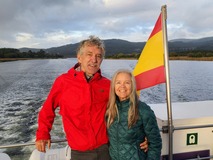
We’re not a travel agency ~ we’re fellow pilgrims! (See About Us)
We've trekked Pilgrimage Routes Across Europe since 2014!
💬 We’ve:
- Gotten lost so you don’t have to. 😉
- Followed waymarks in the glowing sunlight, the pouring rain and by moonlight. ☀️🌧️🌙
- Slept in albergues, hostels & casa rurals. Ate and drank in cafés along the way. 🛌 😴
- Created comprehensive and downloadable GPS maps and eBook Guides, full of must-have information based on real pilgrimage travels. 🧭 🗺️
- Shared our complete journeys, step by step to help YOU plan your ultimate pilgrimage and walk with your own Heart and Soul. 💙✨
Every detail is from our own experiences. Just fellow pilgrims sharing the Way. We have added a touch of spirituality, heartfelt insights and practical guidance from the road ~ offering a genuine connection to the spirit of pilgrimage. Tap into the wisdom of seasoned pilgrims!
Ultreia and Safe Pilgrimage Travels, Caminante! 💫 💚 🤍
I love the quote above because for me it truly captures the feeling I have regarding castles. It most certainly is the fantasy of my creation, compared to the harsh reality of what a castle was actually all about, I know!
The crowning glory of Puebla de Sanabria is indeed its castle. With its many nooks and crannies, stairways and towers and rooms to explore, my imagination was not disappointed.
While you could most likely see all that you needed to see here in less than half a day, we chose to spend a full day resting, after 10 grueling days on the Camino Fonseca from Salamanca.
Please check the Puebla de Sanabria Tourist Website for operating hours of the sites I cover below, so you can best coordinate your visit if you are here for a short time.
Our rest day was actually full of rain, as you will see in the photos, so I was grateful that I had taken some photos the afternoon of our arrival, when it was still sunny.
Accommodations in Puebla de Sanabria
The least expensive place to stay for the pilgrim is the private Albergue Casa Luz. There are no municipal albergues here. This albergue is quite nice. It is a converted old house, with each of the many rooms with various numbers of beds, from four to ten. It has a nice kitchen, laundry, separate shower facilities and an outdoor patio area. It is most convenient to the old town.
To the east of the fortress hill there is the Hostal San Francisco. There is the Hostal La Trucha and the Hotel La Casuca Sanabresa, both across the street from the albergue and both are economical.
Across the river and towards the south of town is the Hostal Carlos V, the one heavily advertised along the Camino. There is the Hostal Tribal and the Hostal Raices, a bit farther to the north.
If you really want a splurge, you can look for accommodation closer to the center of town and the castle. The best way to find the best current deal is to look on booking.com for more luxurious accommodations. There is even a Parador here.
There is also a reasonably priced hotel to the north of town, across the river, but still very conveniently located to the attractions, called the Hotel Los Perales.
The Iglesia de Santa María del Azogue
One of the main attractions in the town and at the top of the fortress hill, just south of the castle, is the very old, 12th century Romanesque church, the Iglesia de Santa María del Azogue. It is in the main plaza, the Plaza Mayor. Below is a photo of it and its impressive bell tower, which was built sometime after the church.
According to the Puebla de Sanabria website, "The capitals on the doorway of the church are Romanesque and show plant-type decorations. Also depicted here is the biblical theme of Adam and Eve tempted by the serpent. On the shafts of the columns, there are human figures dressed in the attire of the time." This doorway is quite old and eye-catching!
The interior of the church is simple and elegant. "The wide transept and its polygonal apse are Gothic and are covered by star-shaped ribbed vaults. Inside there is a baptismal font from the 13th century with carved figures on the front. The organ, a beautiful instrument dating from 1780 and from which musical notes emerged until 1930." This quote is also from the town website.
Below are phots of the altar and a close-up with Santa María de Azogue in the center.
In the first photo below, I was attracted to the altar where the Virgen de las Victorias was venerated. I lit a candle for an ill niece, with the same name.
I was unable to find any information on who exactly Santa María de Azogue is other than a regional name for St. Mary, but pictured next is also another altar to her, with children at her feet, as they are on the main altar.
Perhaps the best view of the church and the Ermita are from the castle ramparts! The view shown here is fantastic, despite the rainy and overcast day.
👣 Camino Sanabrés EBook:
Offline Guide with Bonus Route
~ Includes 4-5 additional days on the Vía de la Plata from Salamanca!
Walk smarter with our ad-free, beautifully formatted Camino Sanabrés eBook Guide, perfect for offline use ~ important in the mountainous and remote areas. Includes daily stage details, stunning photos, historical background and a BONUS digital guide on the Vía de la Plata from Salamanca, called the Camino Fonseca. This allows you the opportunity to add 4-5 more days to your Camino in the beginning.
Don't carry a hard copy guide book to increase your pack weight. Use our frequently updated digital guide on your next Camino instead!
📲 Instant download. 💸 Money-back guarantee. 🔄 Free updates for 1 year.
👉 Click here for more info or BUY NOW!
Jump to Camino Sanabrés Stages
The Ermita de San Cayetano
This small baroque church, the Ermita de San Cayetano, just south of the castle, and next to the San Azogue, was built in the 18th Century. It is an eye-catching little chapel. It was a shame that it was closed. I could find no opening hours on the official town website, so it may only be opened for private masses.
The familiar placard on the Camino is just to the left of the front of the Ermita, in the Plaza del Castillo.
The Puebla de Sanabria Fortress
The crowning jewel of Puebla de Sanabria is the Castillo, built in the mid-15th century by the Counts of Benevente. It is built on a rectangular plan, with the central tower of the Keep, called the Torre del Homenaje, also known colloquially as "El Macho."
You most likely will want to spend several hours here at the castle. Included within and by the entrance is the municipal Tourist Office. The outer rooms have been renovated to function as museum exhibition rooms depicting the natural features of the surrounding area, art galleries, assembly rooms and even the town's municipal library.
The central Keep is a museum featuring information on the history of the castle itself.
Enter the castle by the north side, at the gate shown below.
We slopped around in the puddles of the inner courtyard, visiting all the outer rooms, and the means to enter the Torre del Homenaje, or the Keep, shown on the right side of the photo.
You are allowed to walk along the entire length of the rampart walls, accessing it from many different stairways. The rain did not deter us, but casted a more mystical spell to the place! We only needed to be aware of our footing on the slippery stairways.
This is a view of the inner tower from the eastern rampart wall.
I just loved the appearance of the slate roof tiles in the rain as we walked the ramparts of the castle. You can also see the people on the opposite tower, with their umbrellas.
The surrounding views from the top of the ramparts in all directions are the best and for me the best reason for climbing up them!
Here is a view of the town to the east, from one of the towers, with the Río Castro below. The road that you can see on the near side of the river is the Camino Way, that you will be taking onward.
A separate watchtower, shown below, was built by the Portuguese at the top of the eastern wall and to the south of the castle. It is now known as the Portuguese Bulwark and was built in the 18th century during the War of Succession.
You can see this watchtower to the left as you approach the fortress wall from the east.
The terrace top of the bulwark now houses outdoor tables of the Sidrería La Guaja, the Cider House and restaurant that is a part of the Hotel Rural Guaja.
Having lunch and a cider on this terrace is fabulous and allows for the most amazing views over the town and the Río Castro. We were happy we had enjoyed lunch here the day before when it was sunny and clear. For photos, see our day five.
Jump to Camino Sanabrés Stages
A Medieval Walk Through Time
No tour of Puebla de Sanabria would be complete without a walk through the medieval streets. Below are only a few photos that I took of the town. Because the town sits on a hill, every direction that you walk is down that hill!
There are more sites to see than I have covered in this article. For an exhaustive look at everything Puebla de Sanabria, click here for the amazing website put out by the town.
Reflections on Puebla de Sanabria
This is the heart of Camelot, not these stones, not these timbers, these palaces and towers. Burn them all and Camelot lives on, because it lives in us. Camelot is a belief that we hold in our hearts. ~ King Arthur
Salutation
May your own tour of Puebla de Sanabria take you on a journey of wonder and imagination, and may this lovely town live on in your heart! Ultreia!
Camino Fonseca Stages
~ Vía de la Plata Stages from Salamanca
~ Camino Sanabrés Stages
Please Consider Showing Your Support
Many readers contact me, Elle, to thank me for all the time and care that I have spent creating this informative website. If you have been truly blessed by my efforts, have not purchased an eBook, yet wish to contribute, I am exeedingly grateful. Thank you!
Search This Website:
🙋♀️ Why Trust Us at the Pilgrimage Traveler?

We’re not a travel agency ~ we’re fellow pilgrims! (See About Us)
We've trekked Pilgrimage Routes Across Europe since 2014!
💬 We’ve:
- Gotten lost so you don’t have to. 😉
- Followed waymarks in the glowing sunlight, the pouring rain and by moonlight. ☀️🌧️🌙
- Slept in albergues, hostels & casa rurals. Ate and drank in cafés along the way. 🛌 😴
- Created comprehensive and downloadable GPS maps and eBook Guides, full of must-have information based on real pilgrimage travels. 🧭 🗺️
- Shared our complete journeys, step by step to help YOU plan your ultimate pilgrimage and walk with your own Heart and Soul. 💙✨
Every detail is from our own experiences. Just fellow pilgrims sharing the Way. We have added a touch of spirituality, heartfelt insights and practical guidance from the road ~ offering a genuine connection to the spirit of pilgrimage. Tap into the wisdom of seasoned pilgrims!
Ultreia and Safe Pilgrimage Travels, Caminante! 💫 💚 🤍
Follow Me on Pinterest:
Find the Pilgrimage Traveler on Facebook:
Like / Share this page on Facebook:
***All Banners, Amazon, Roamless and Booking.com links on this website are affiliate links. As an Amazon associate and a Booking.com associate, the Pilgrimage Traveler website will earn from qualifying purchases when you click on these links, at no cost to you. We sincerely thank you as this is a pilgrim-supported website***
PS: Our eBook Guide books are of our own creation and we appreciate your purchase of those too!!
Shroud Yourself in Mystery, along the Via de Francesco!
Walk in the Footsteps of St. Francis, and Connect Deeply with the Saint and to Nature in the Marvelous Italian Countryside!
Need suggestions on what to pack for your next pilgrimage? Click Here or on the photo below!
Find the Best Hotel Deals Using This Tool!
Carbon Trekking Poles ~ My Favorites!
Carbon fiber construction (not aluminum) in a trekking pole makes them ultra lightweight. We like the Z-Pole style from Black Diamond so we can hide our poles in our pack from potential thieves before getting to our albergue! There are many to choose from! (See more of our gear recommendations! )
Gregory BackPack ~ My Favorite Brand
Do not forget your quick-dry microfiber towel!
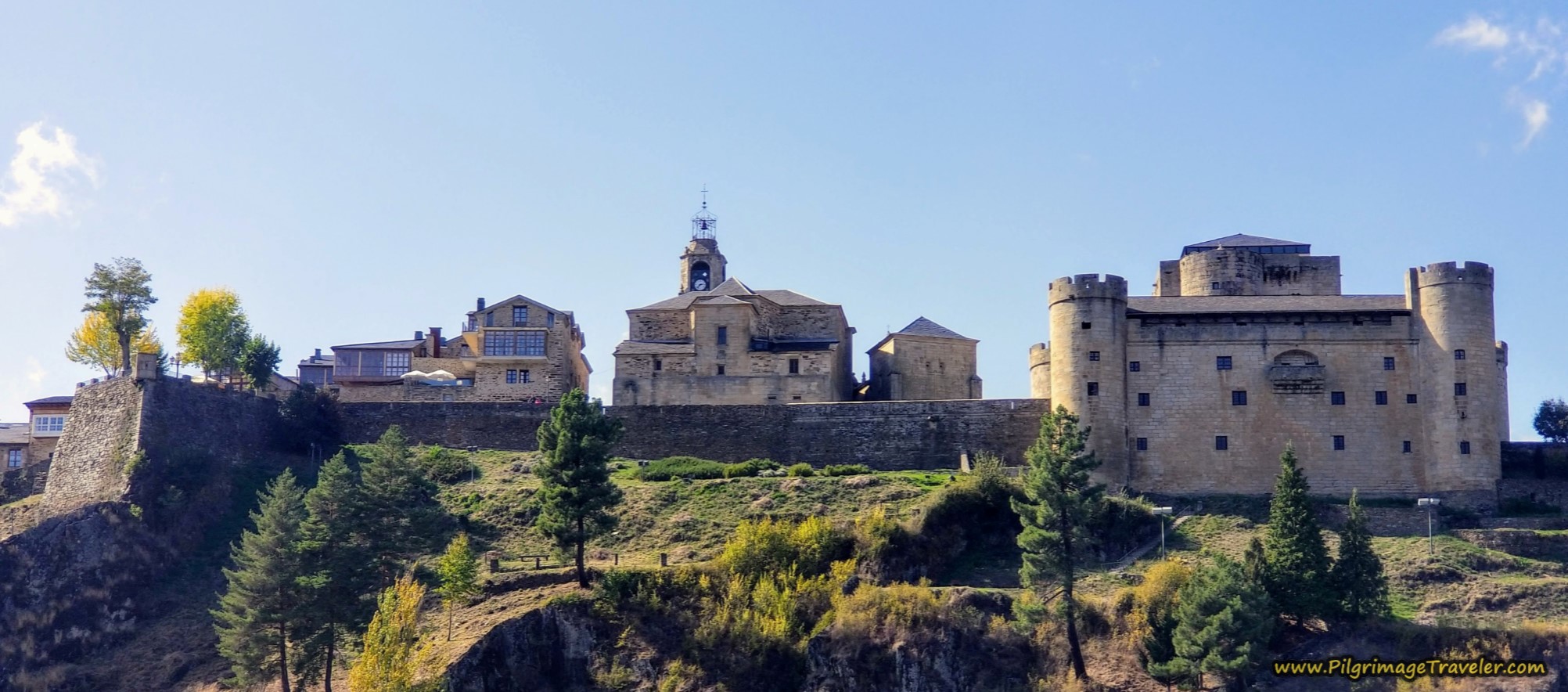
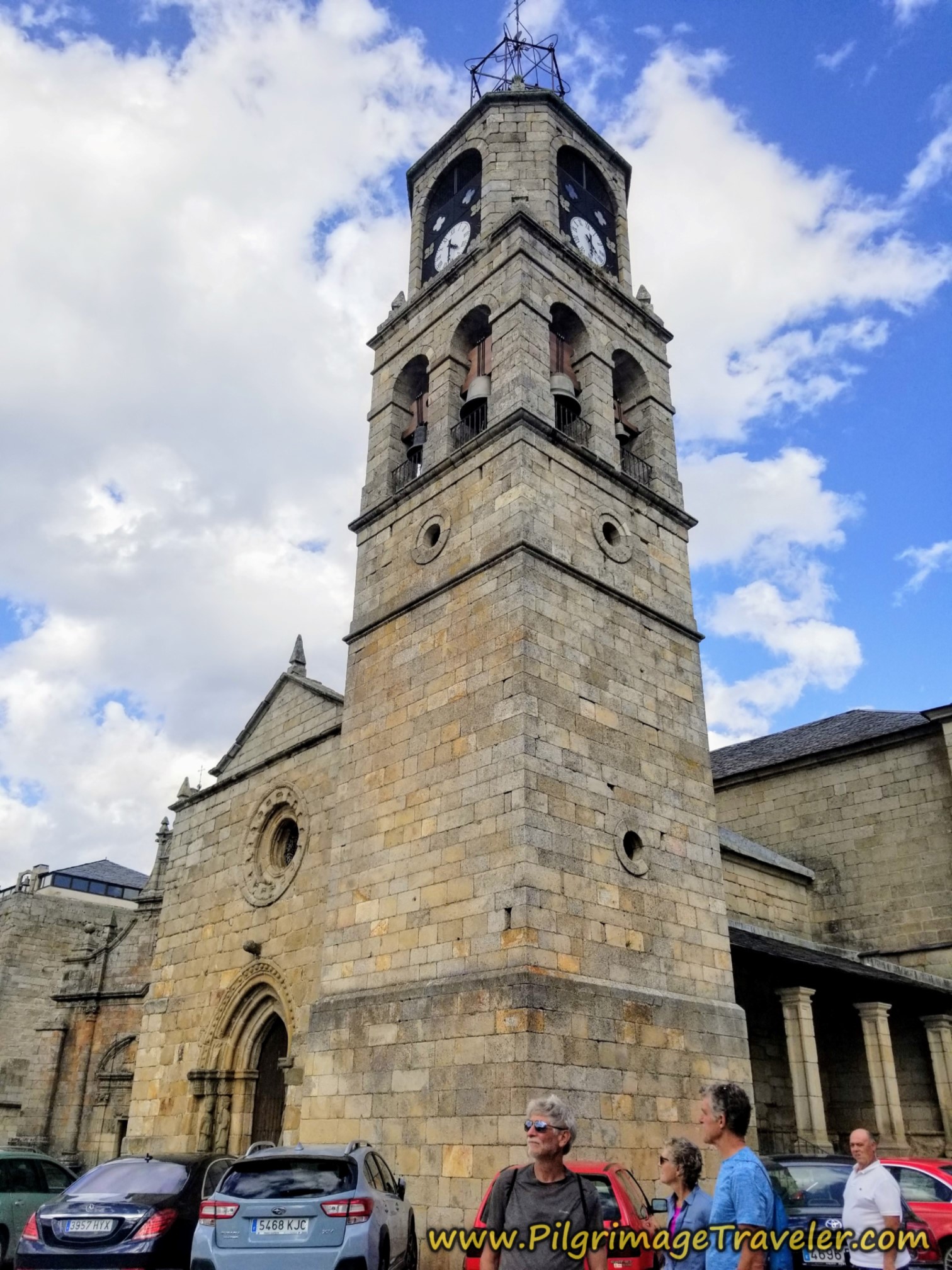
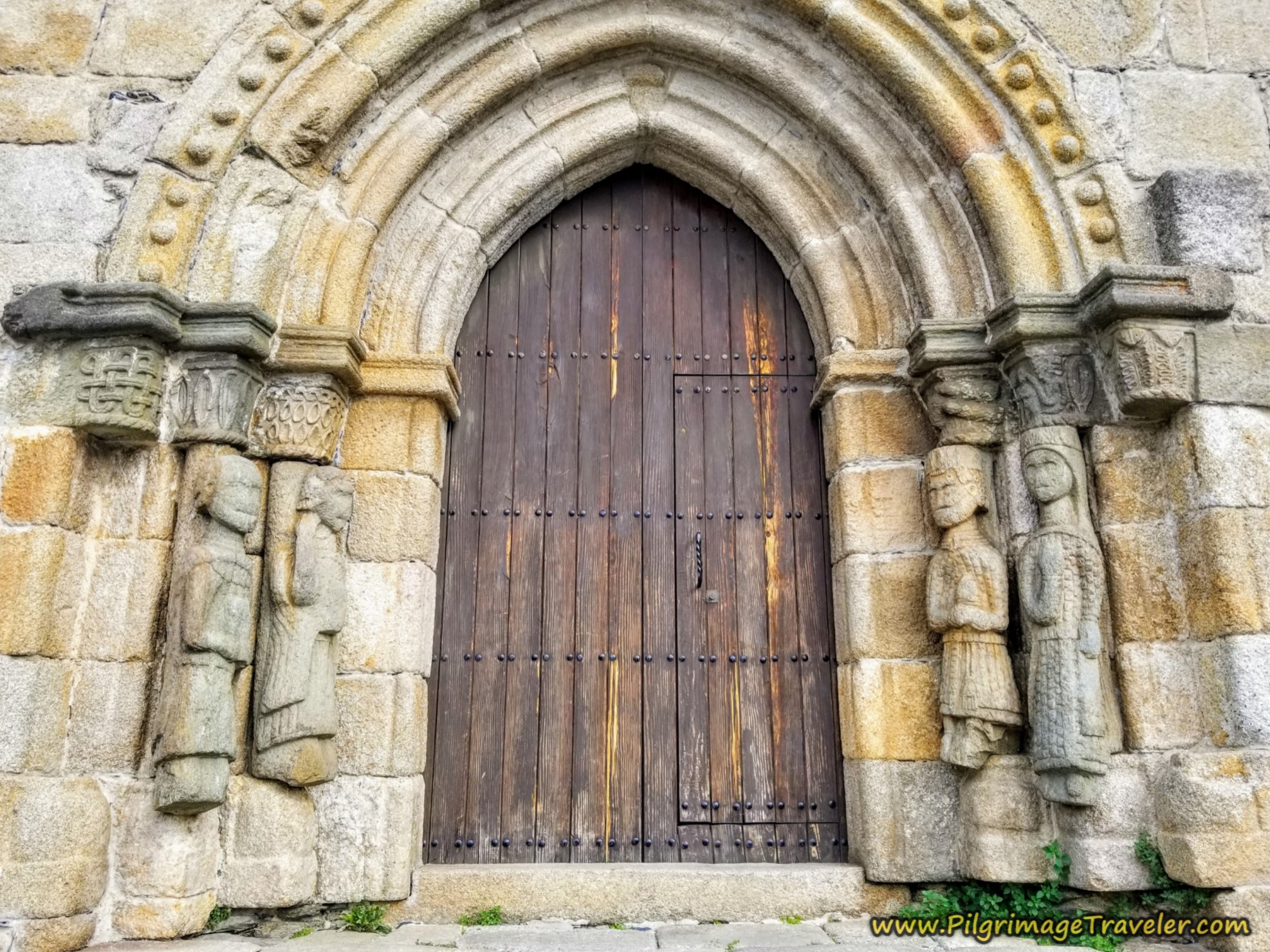
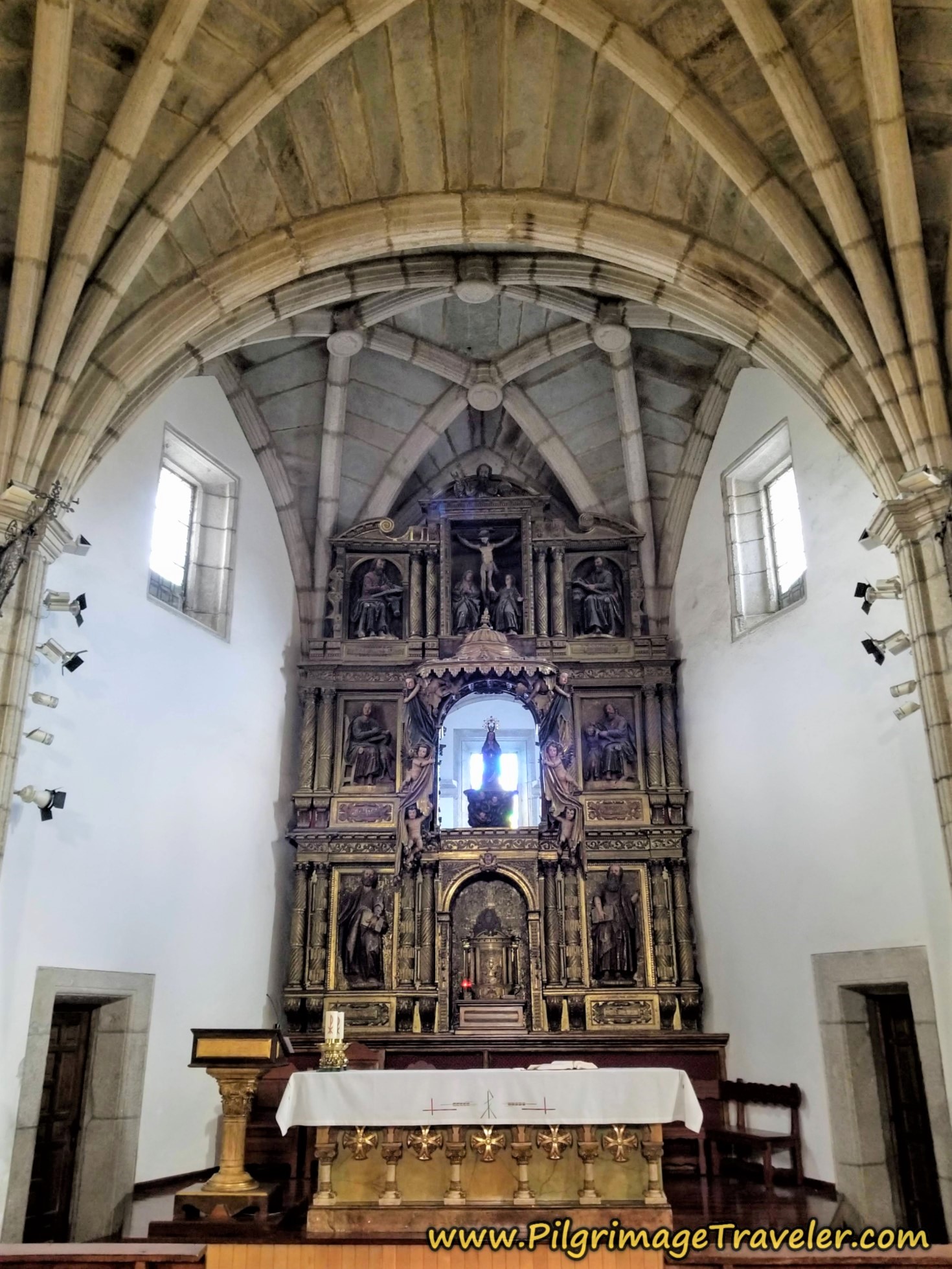
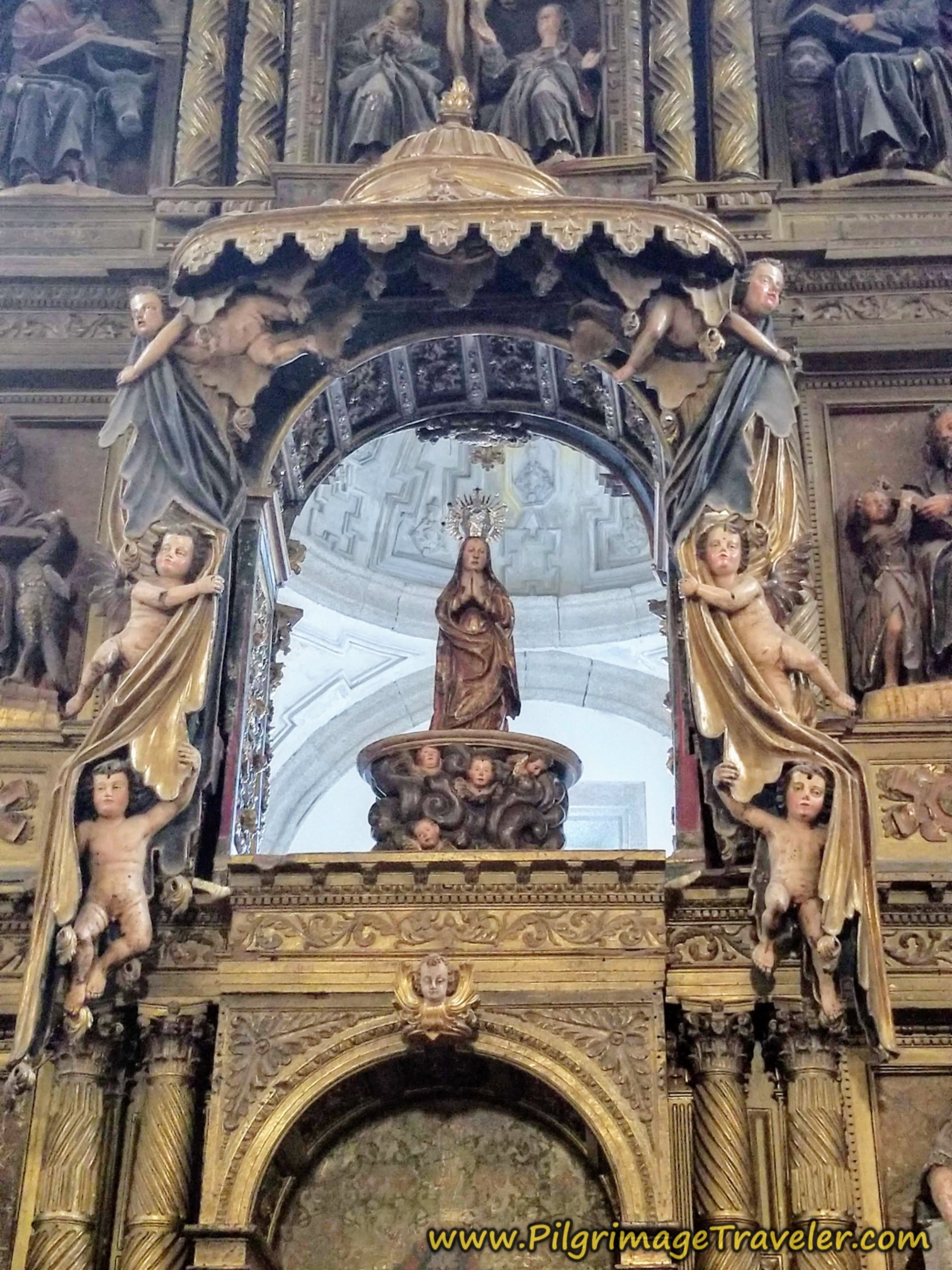
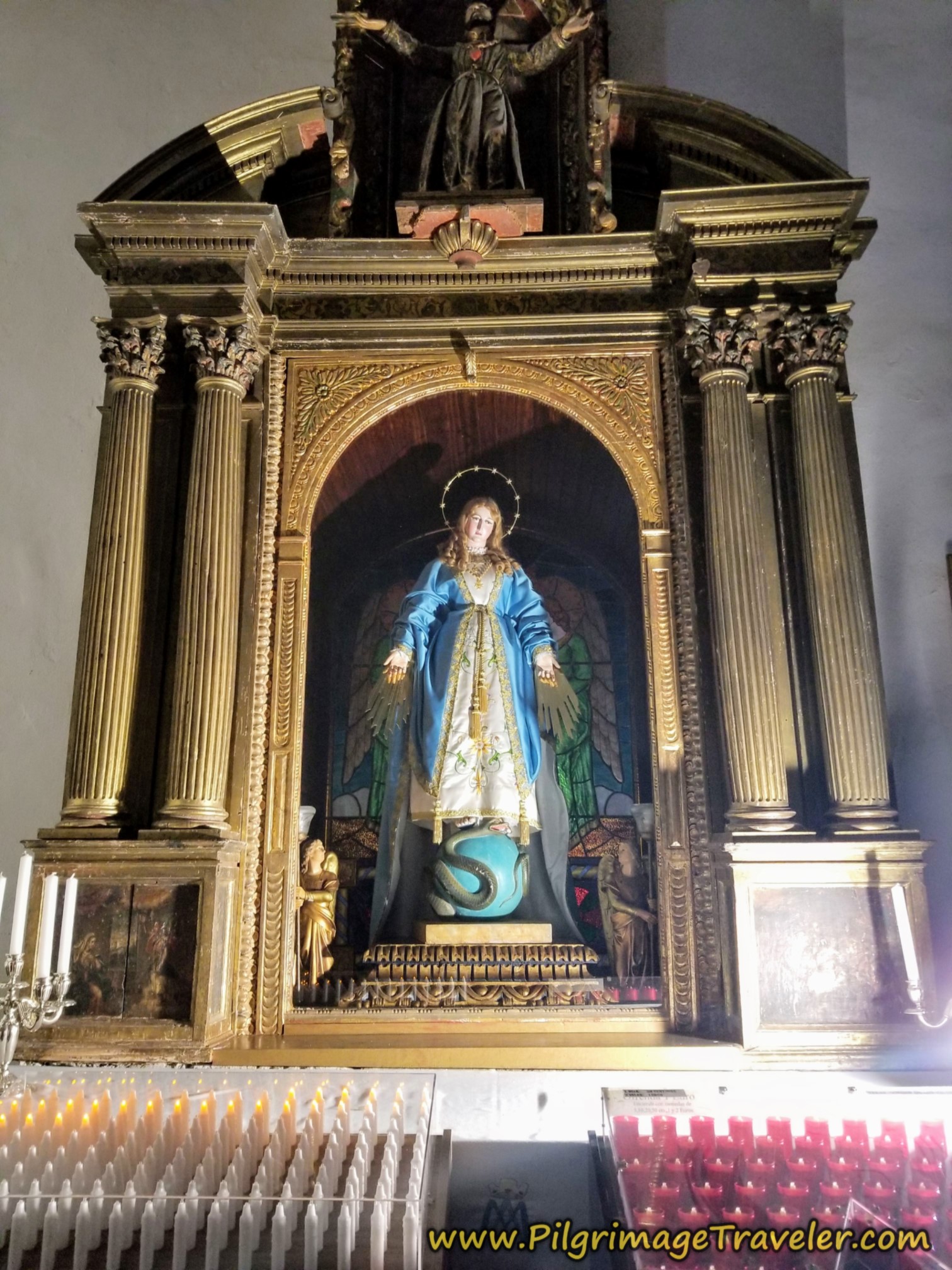
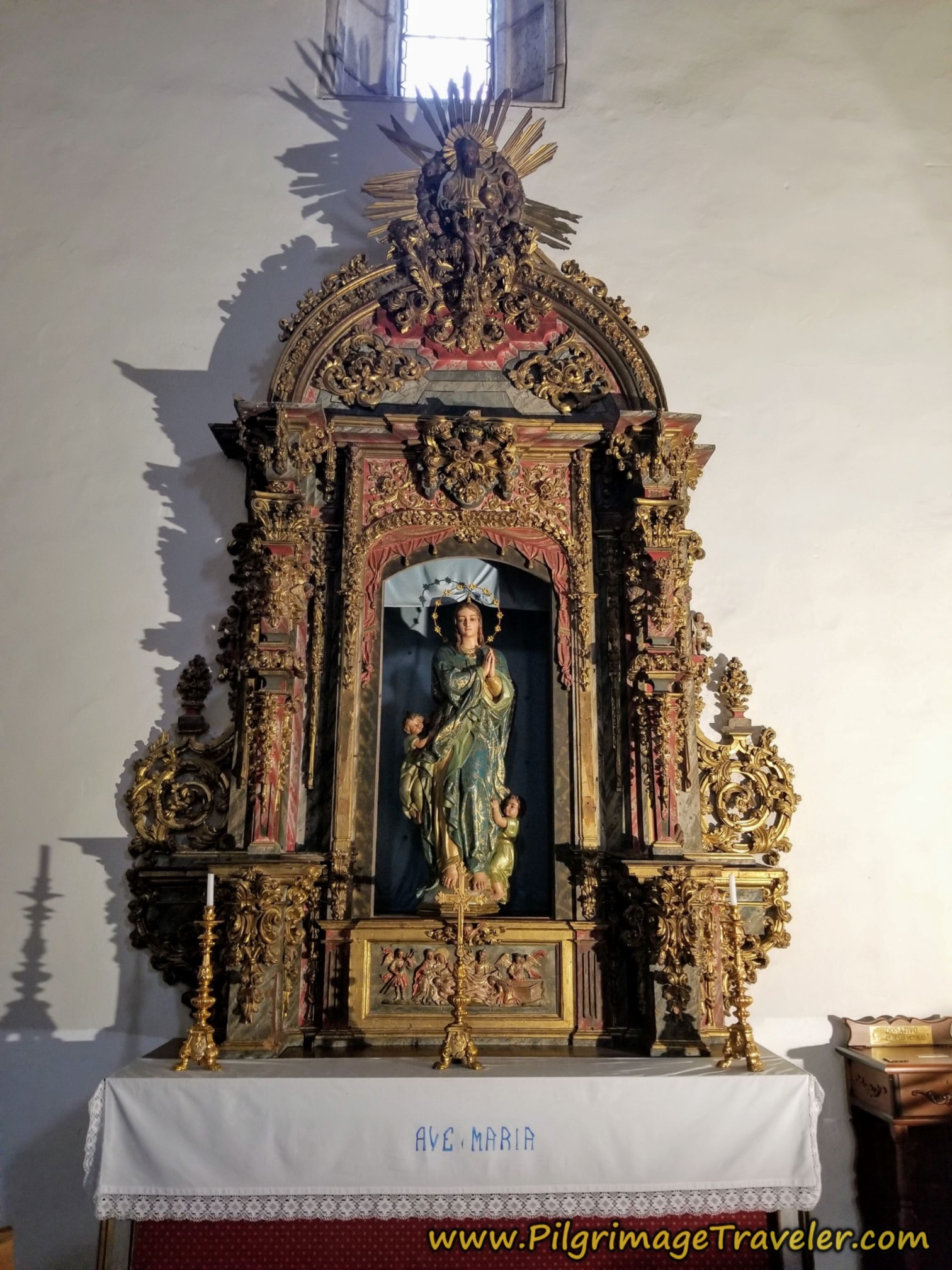
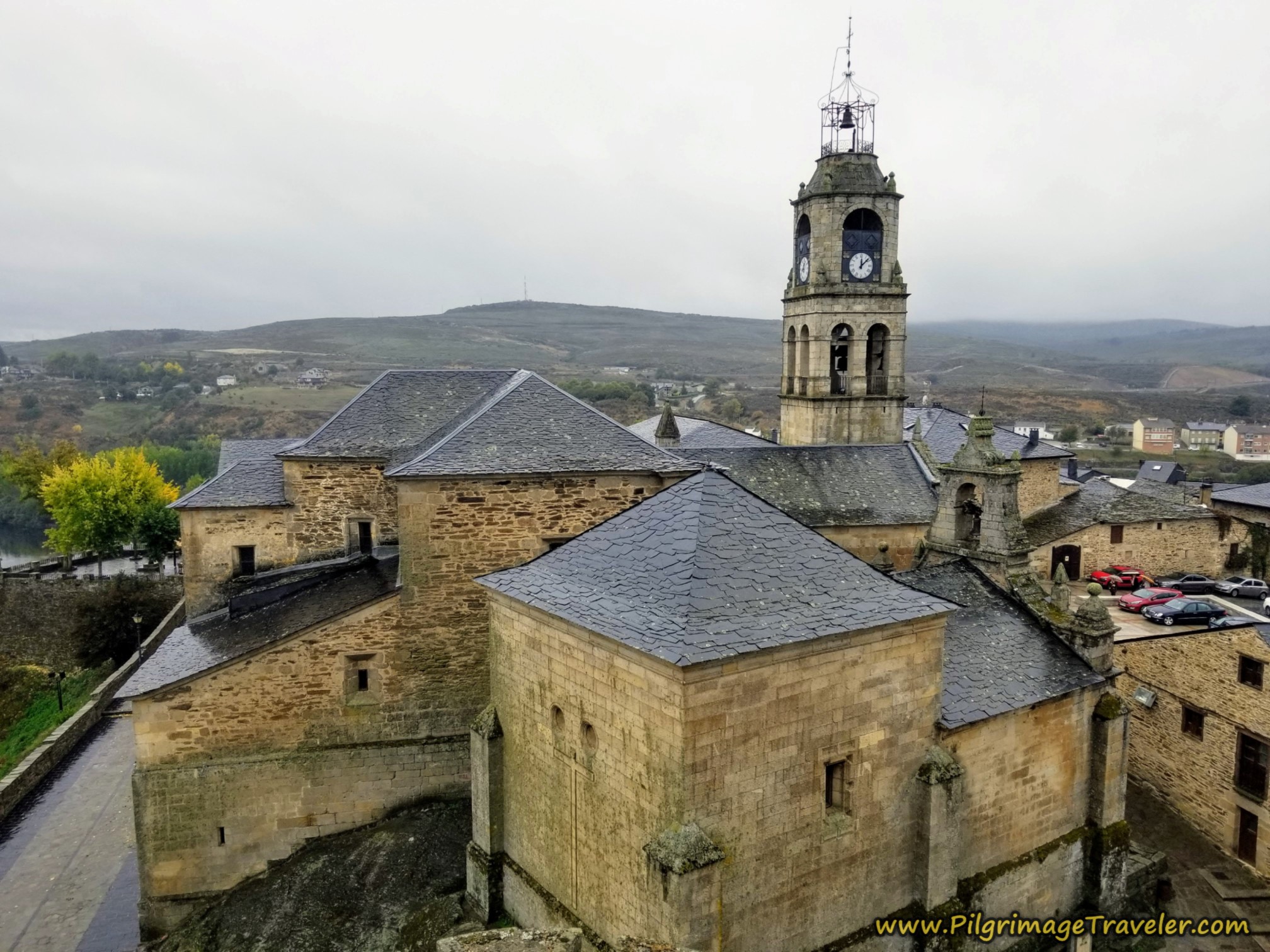
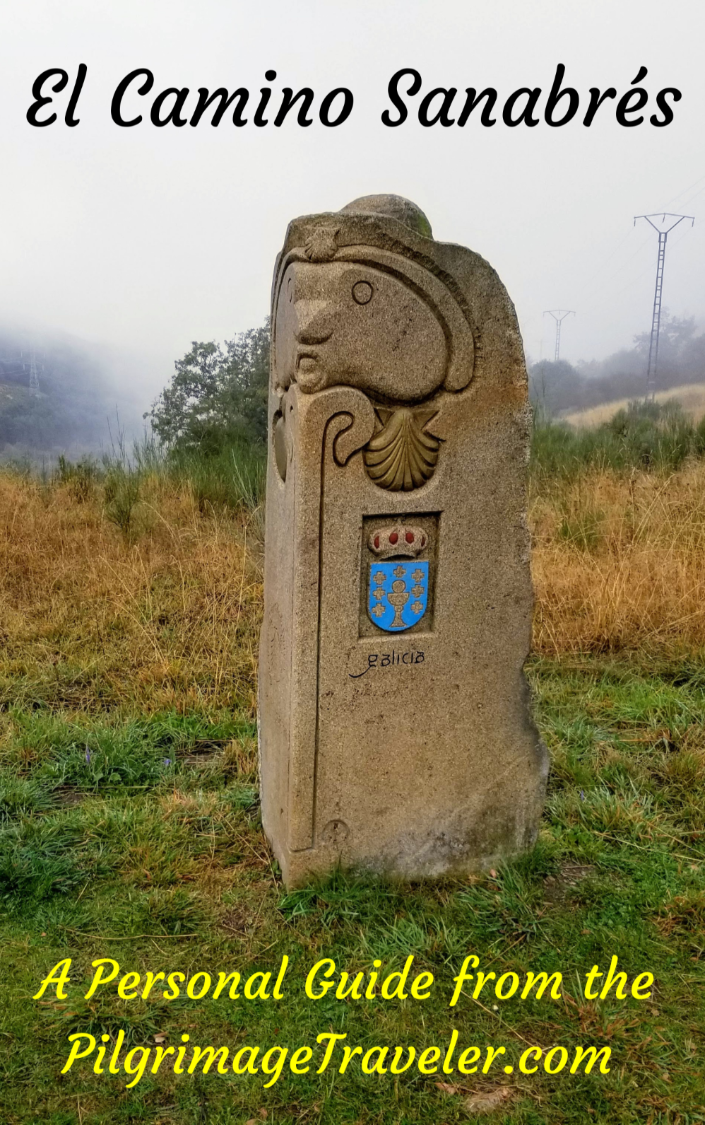
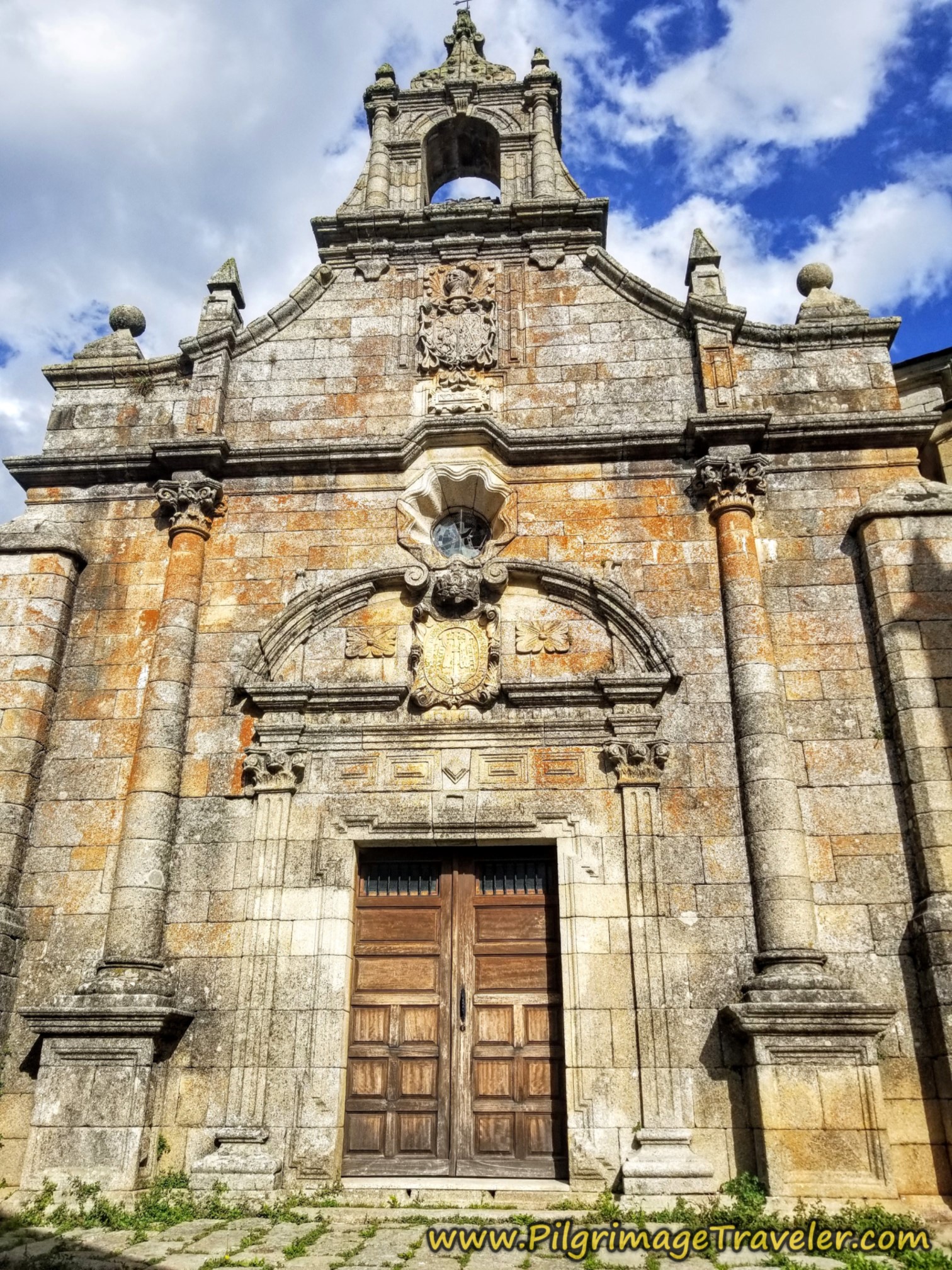
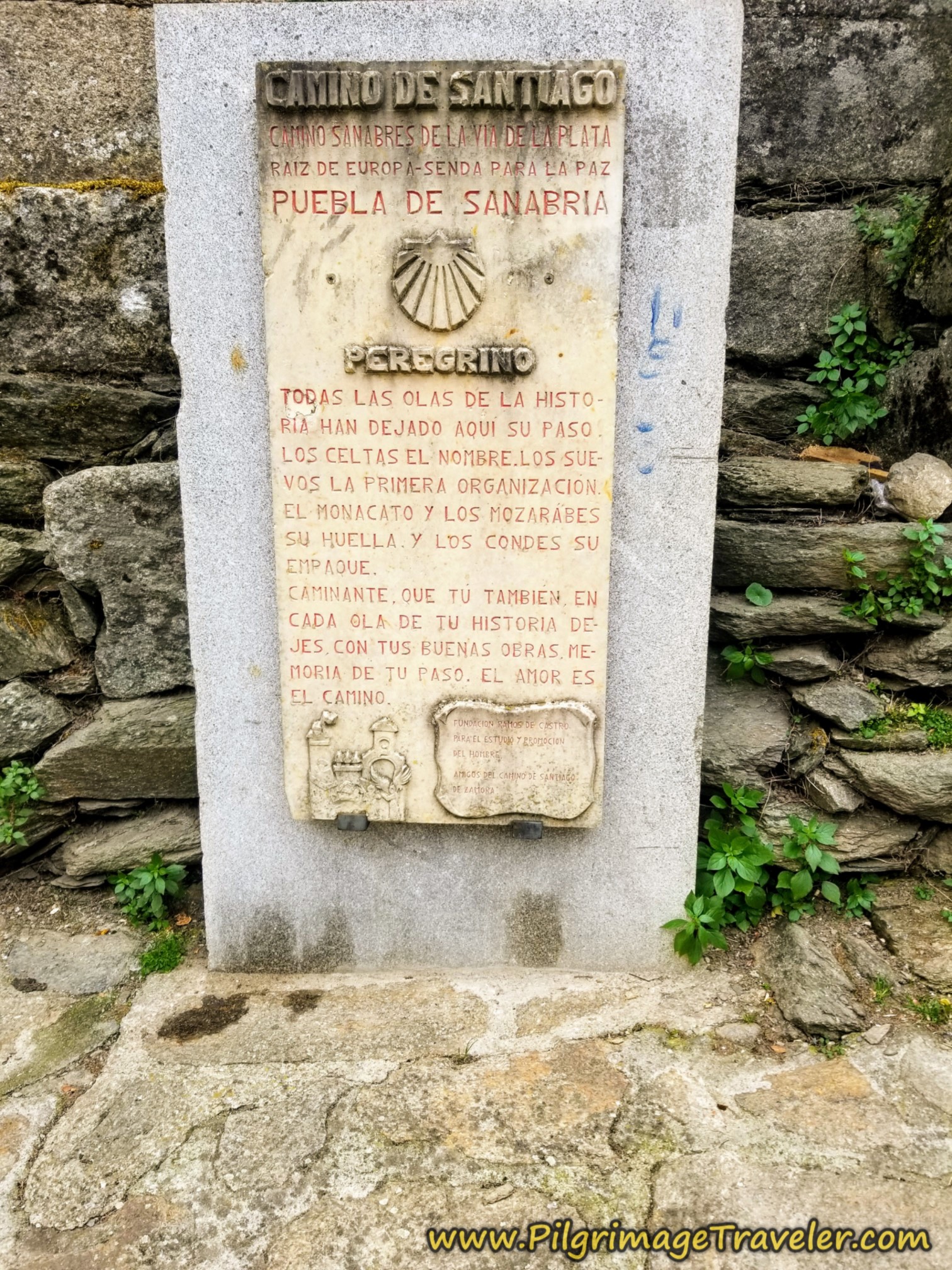
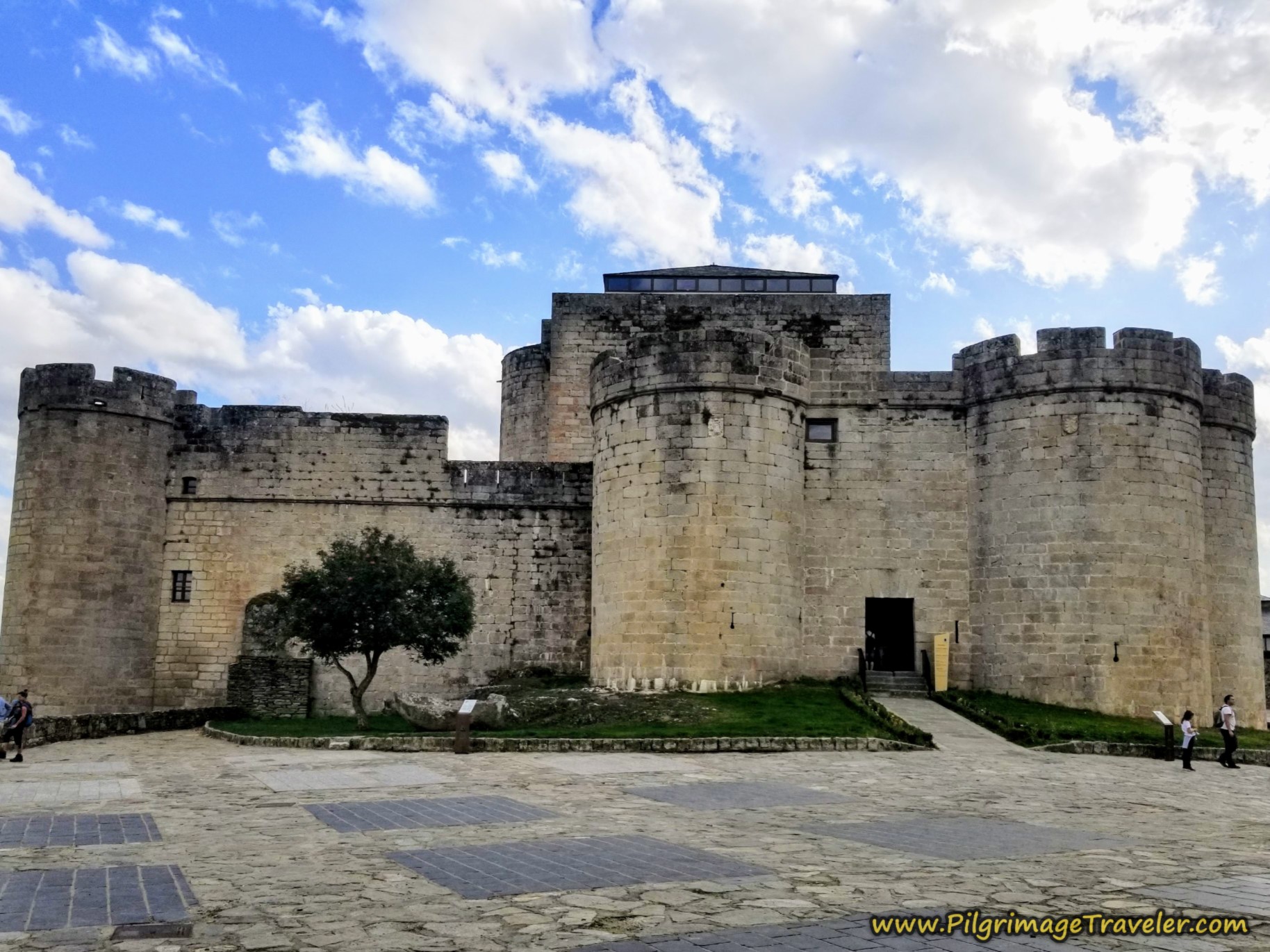
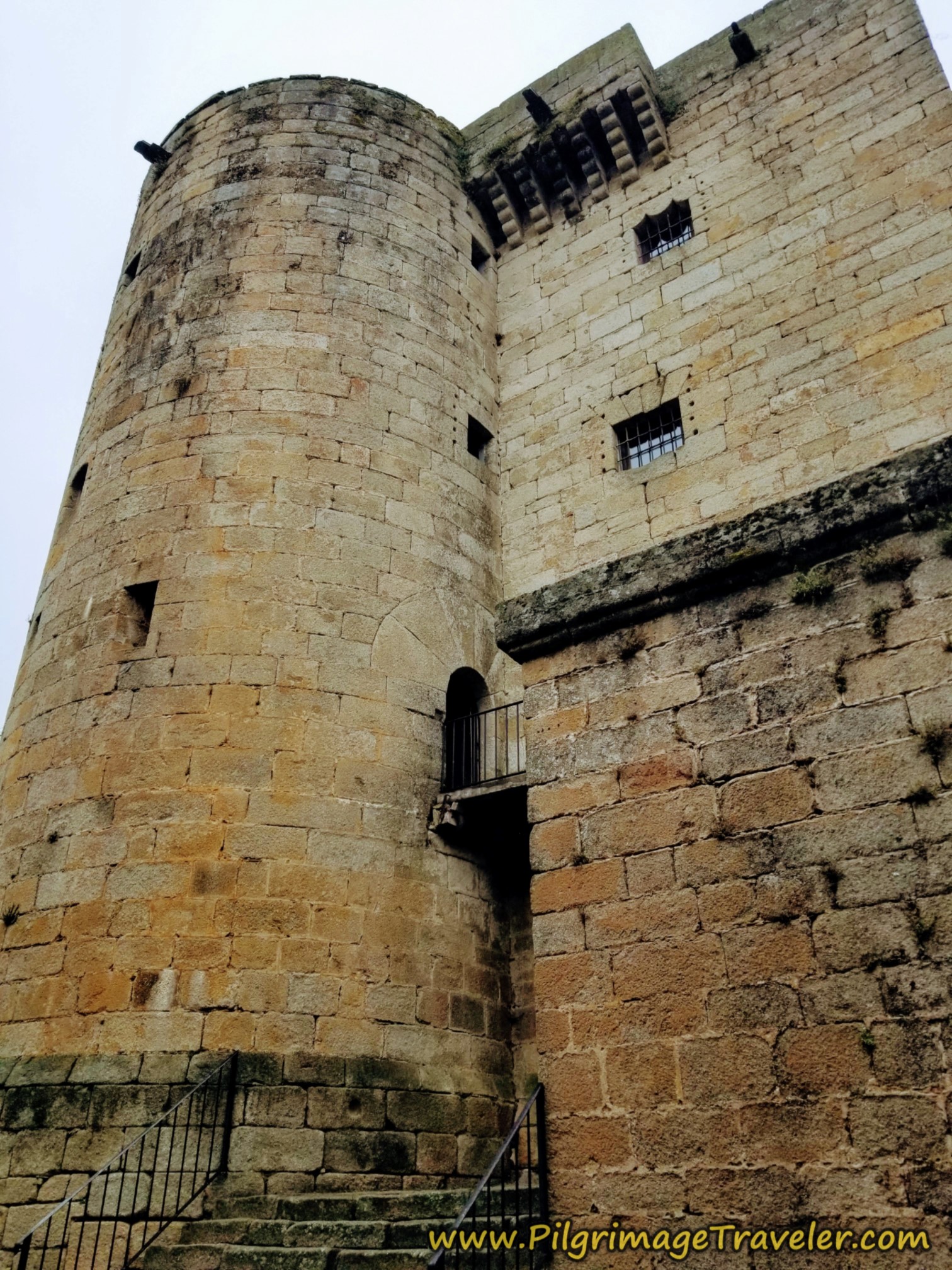
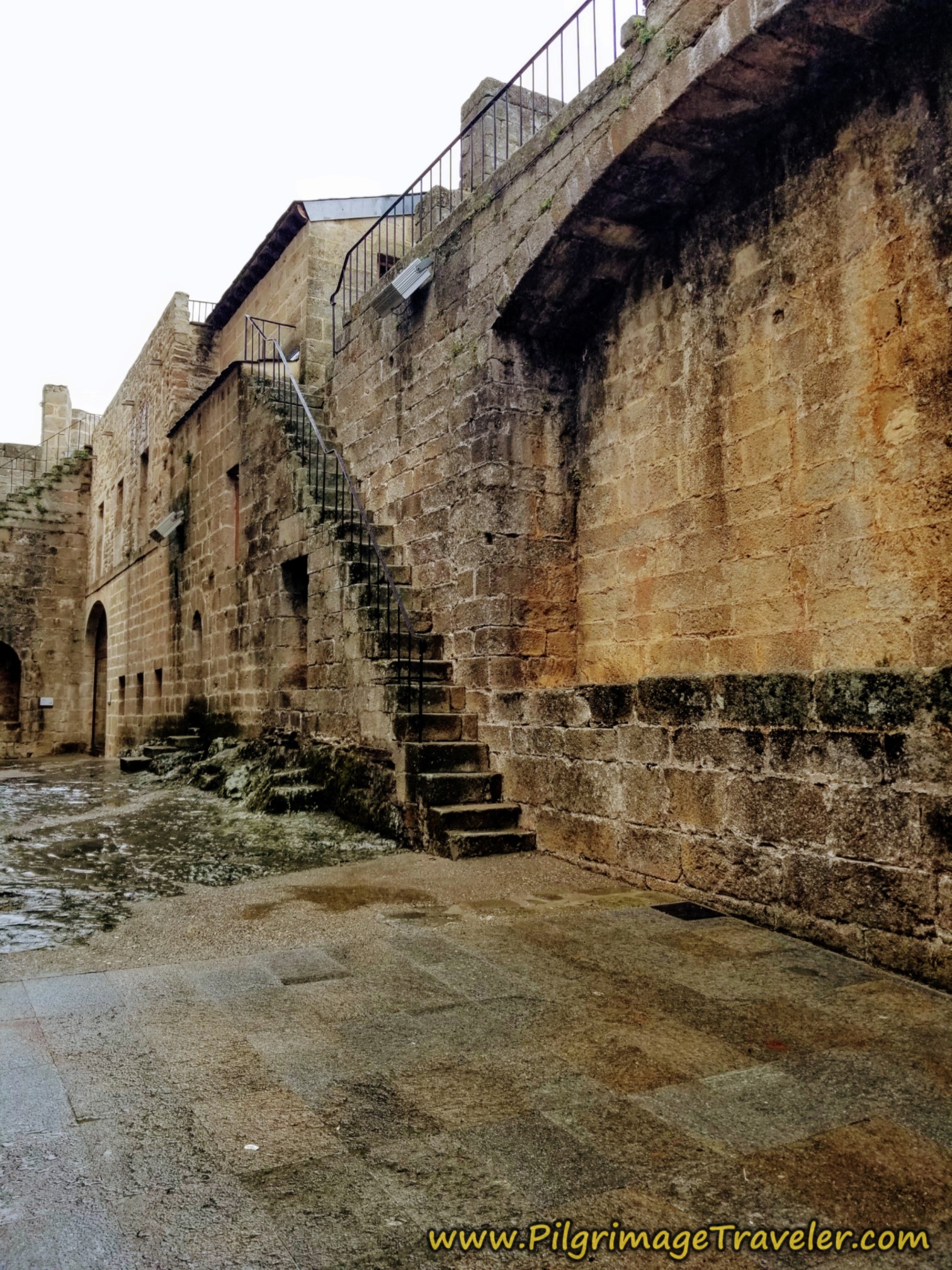
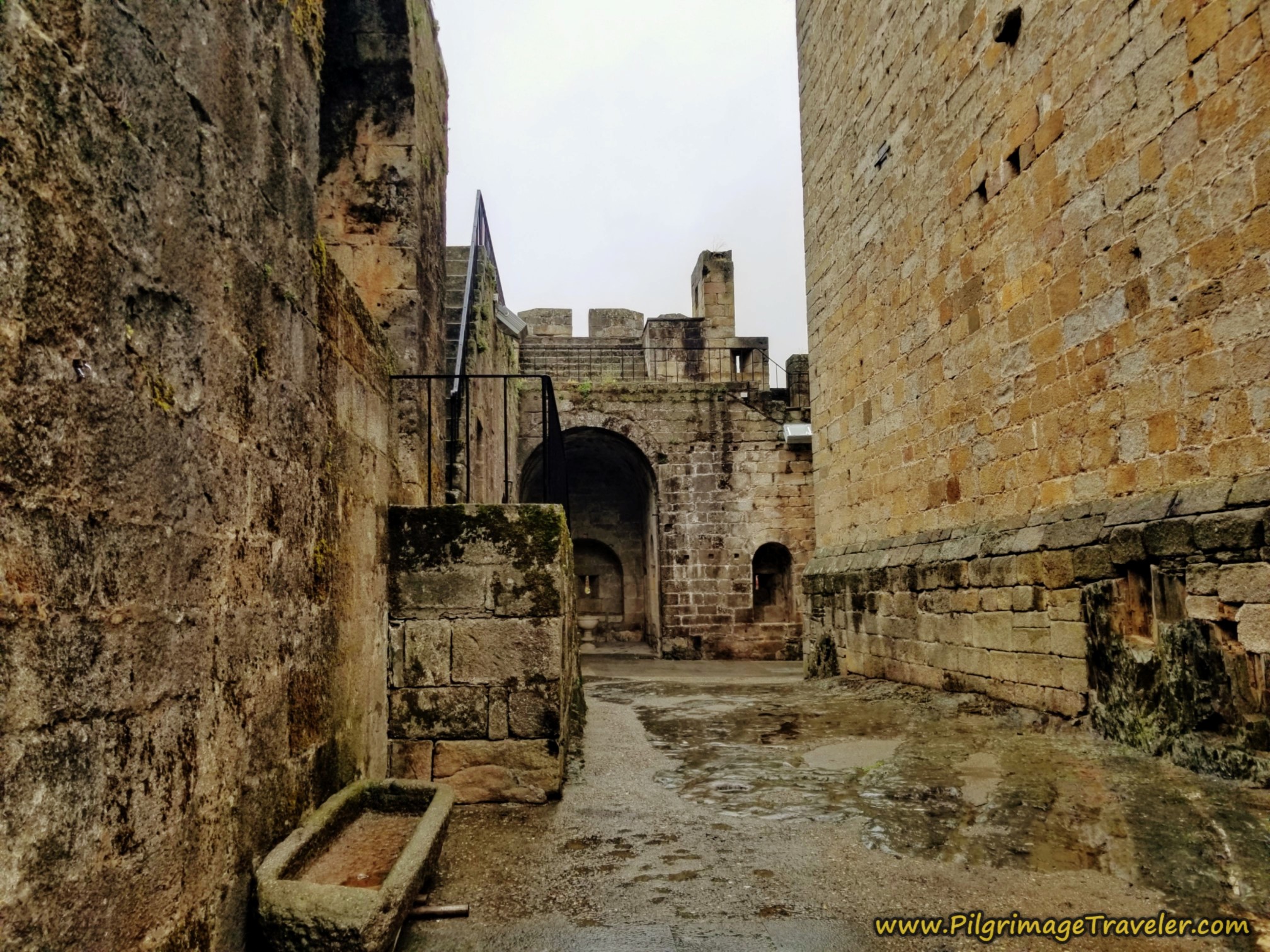
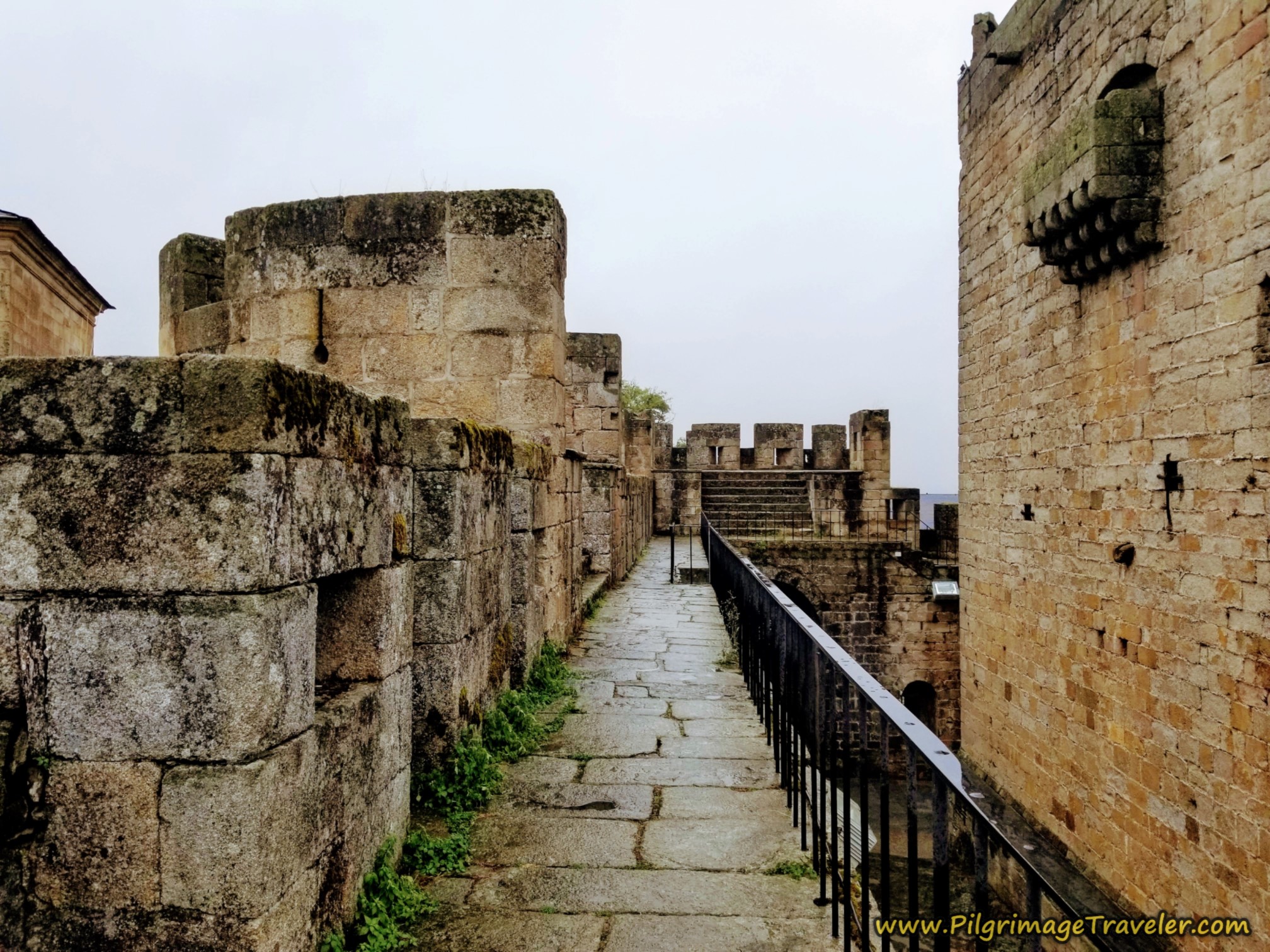
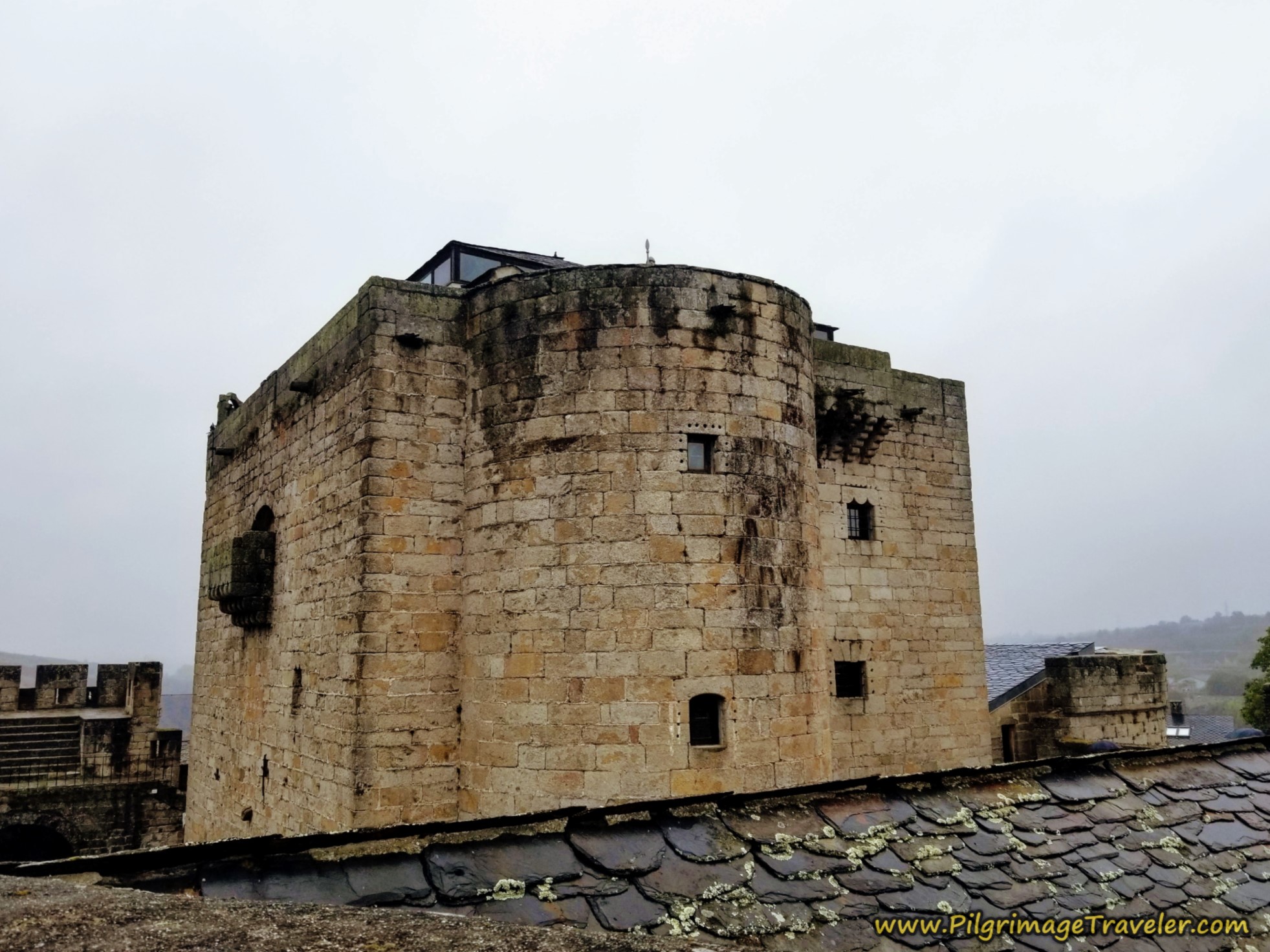
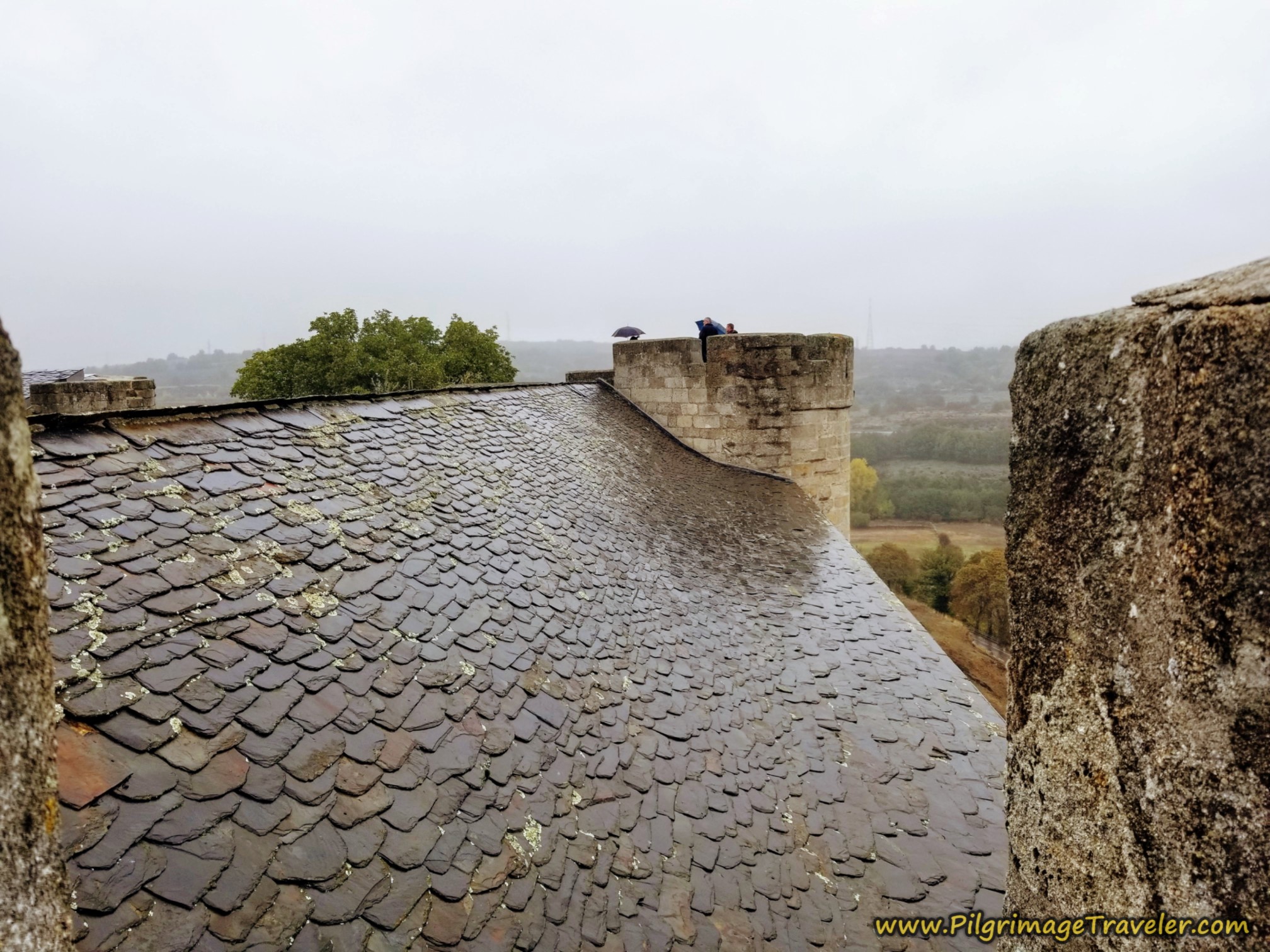
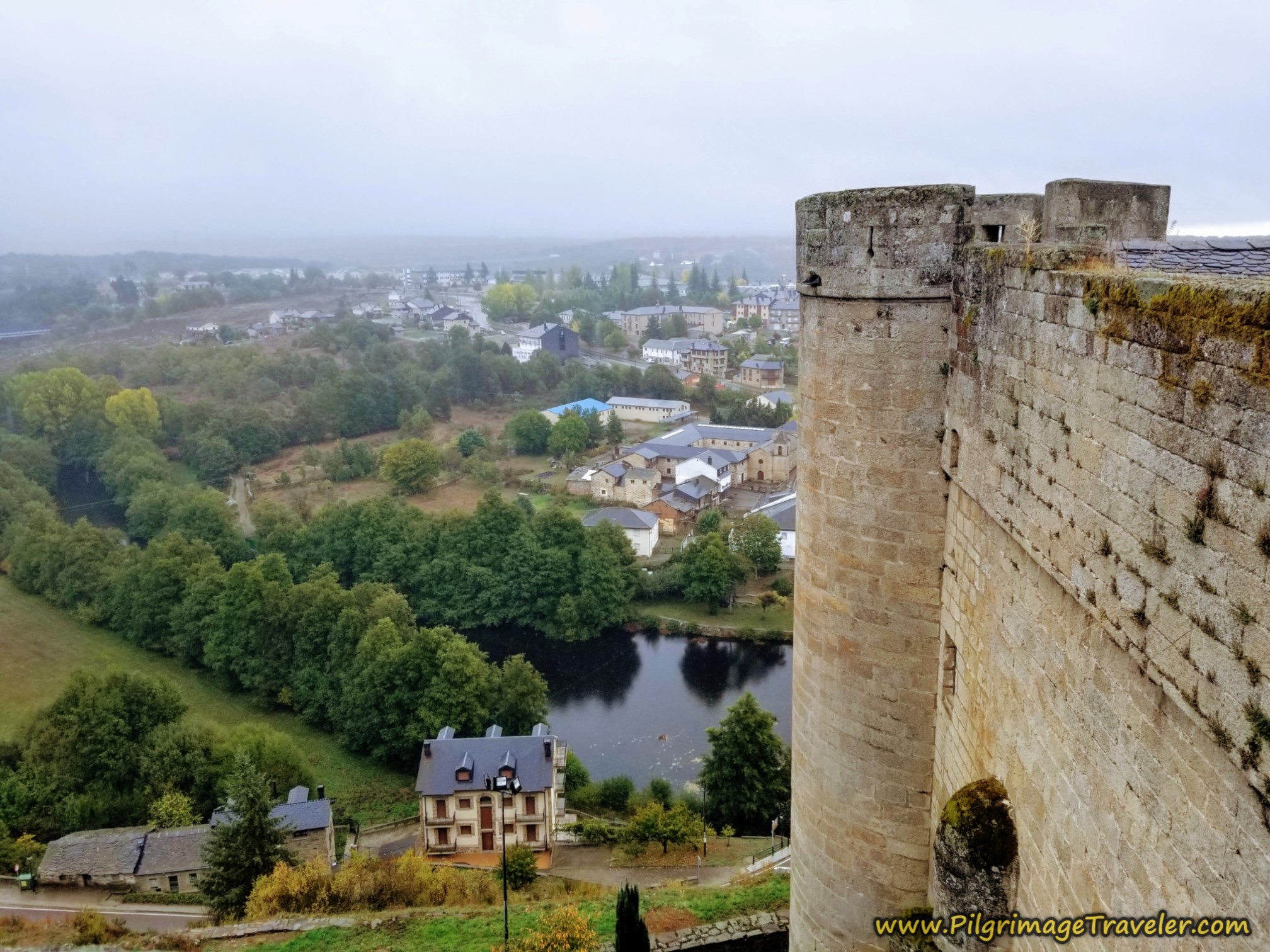
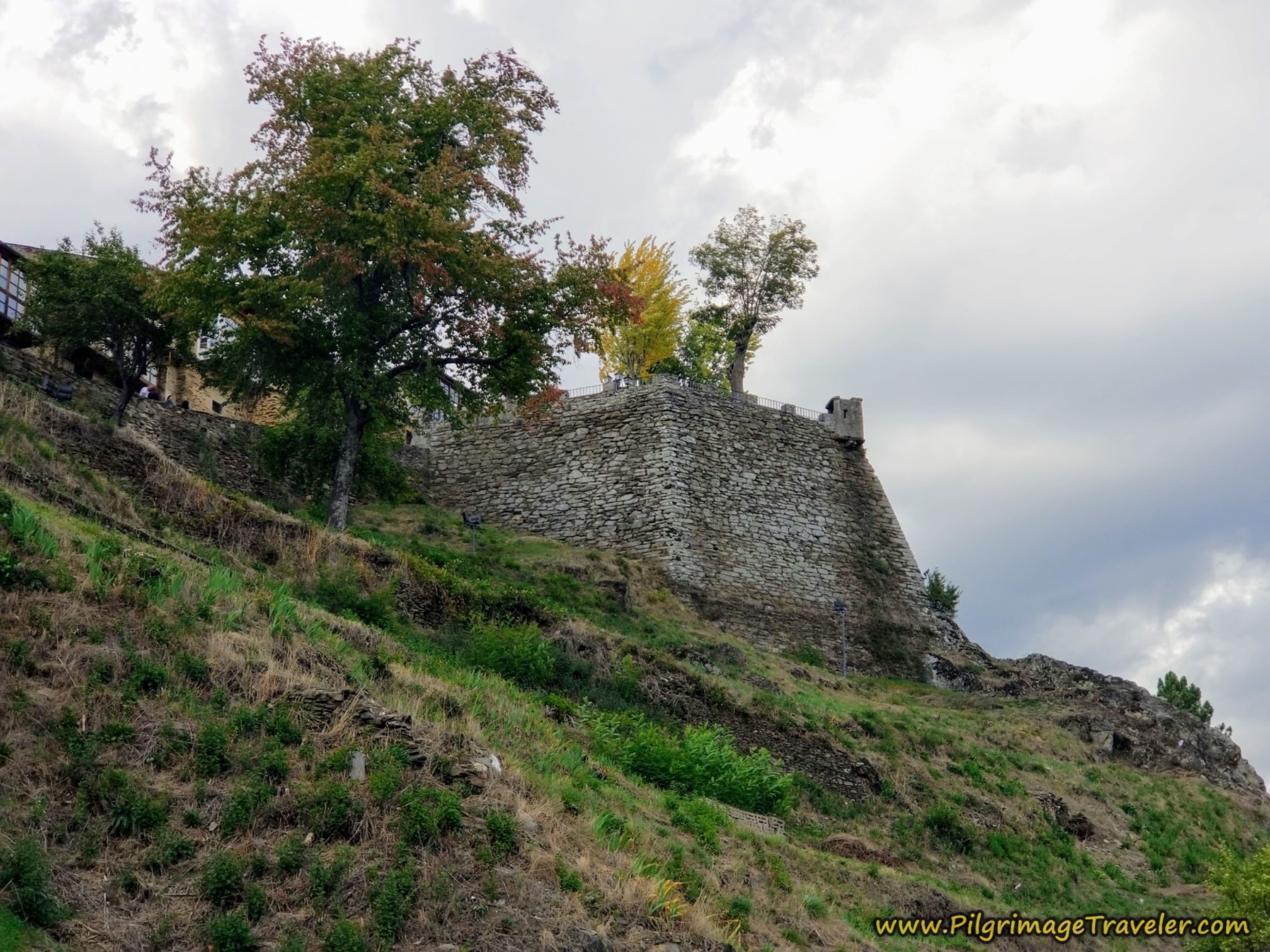
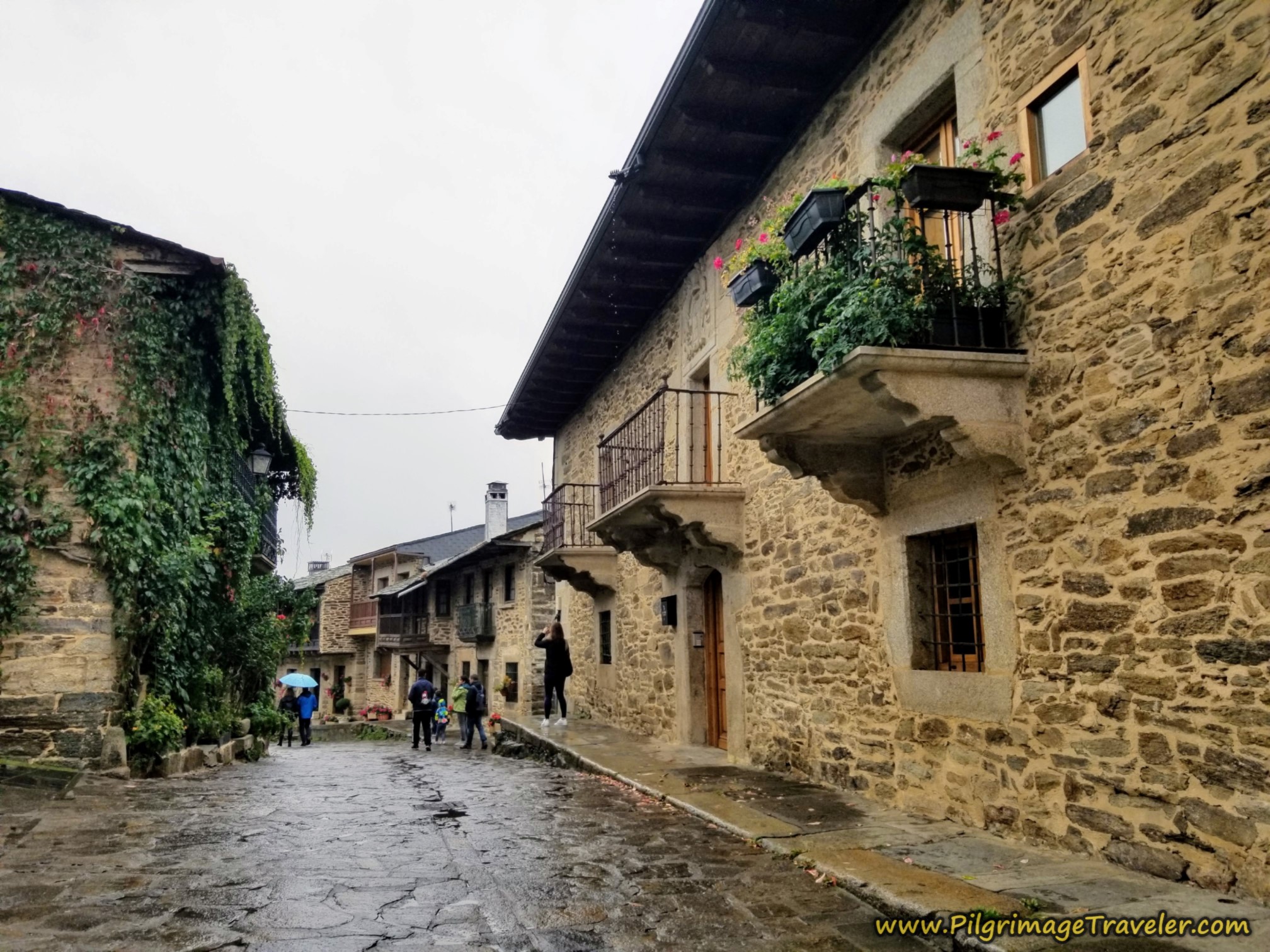
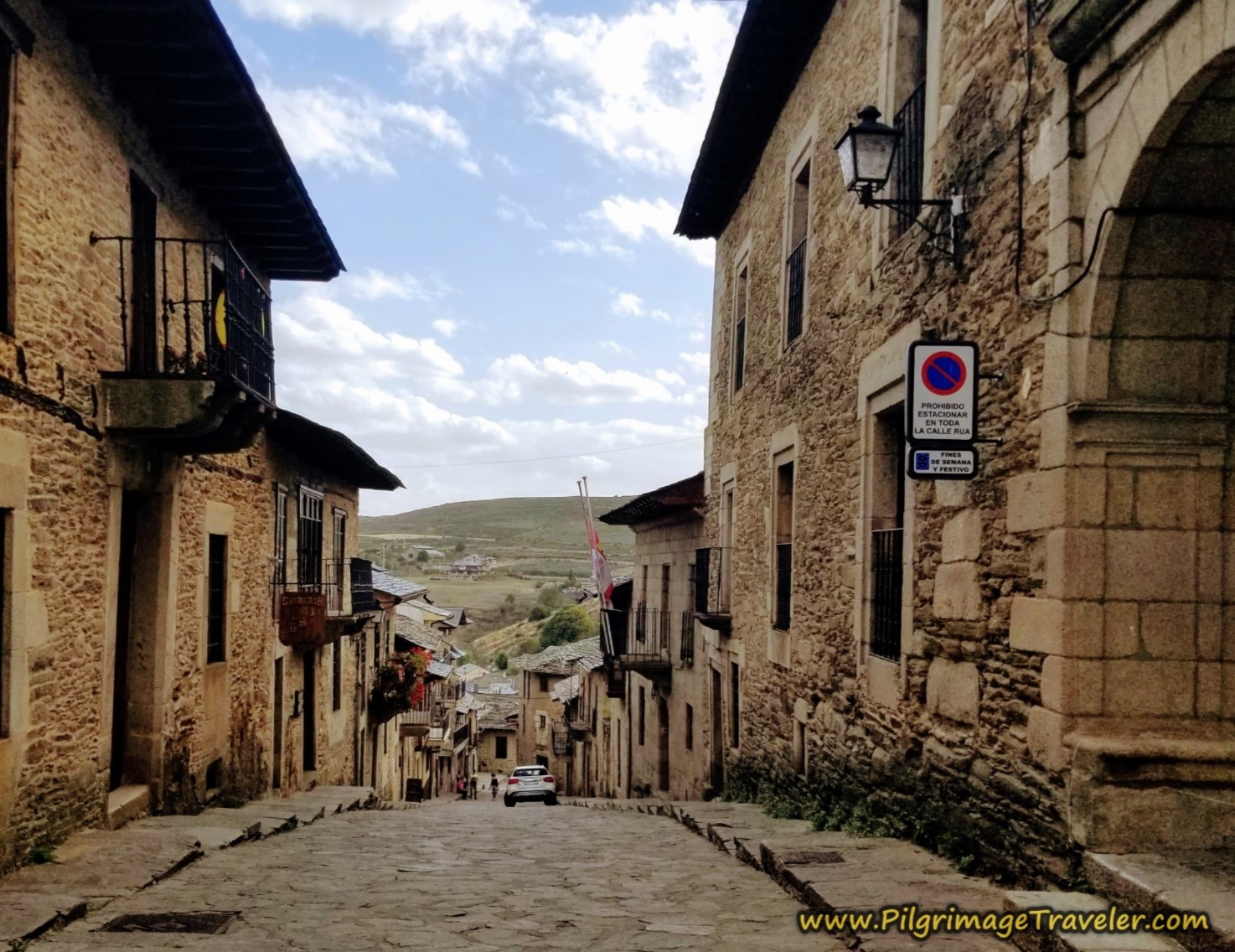
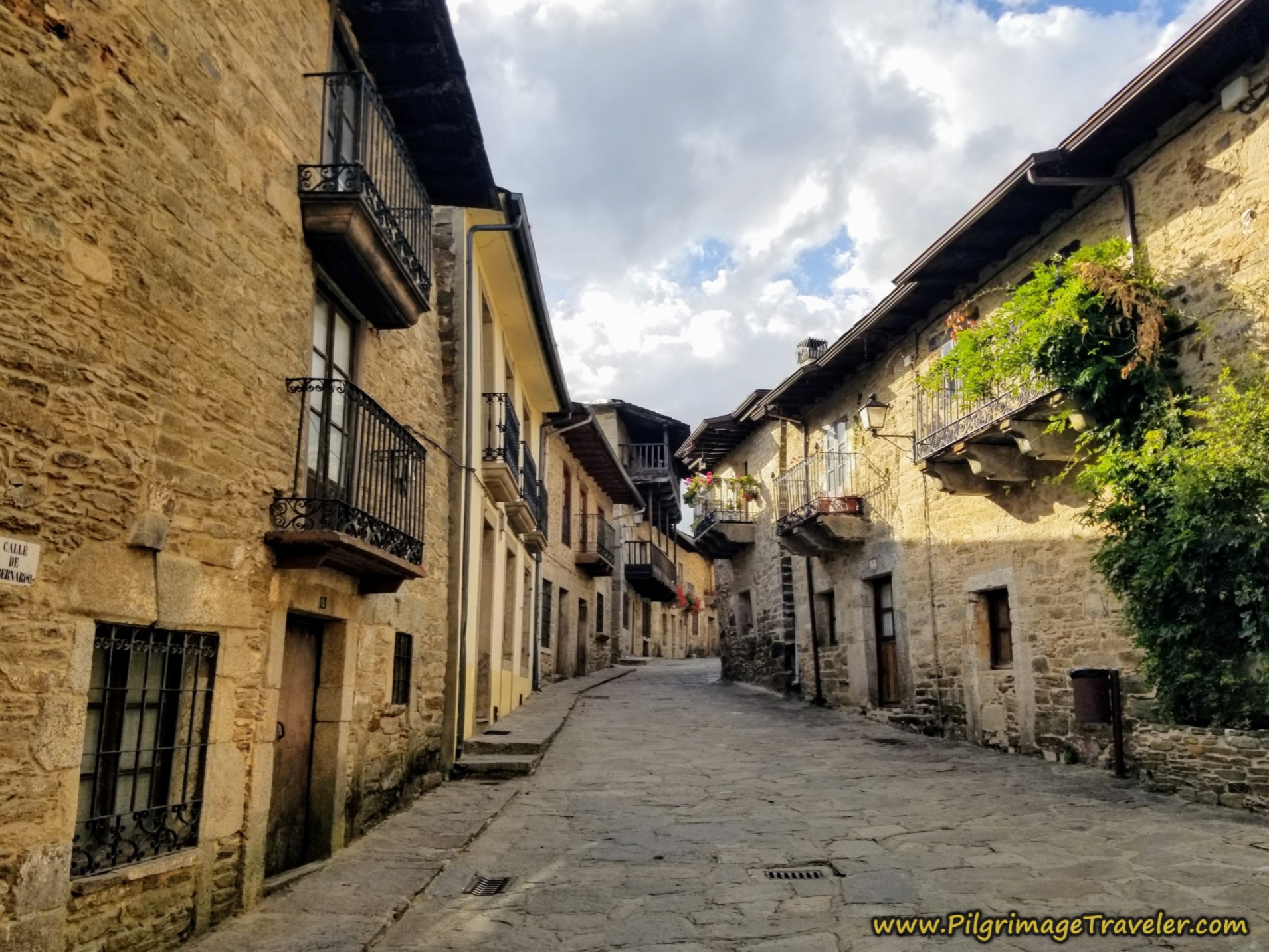
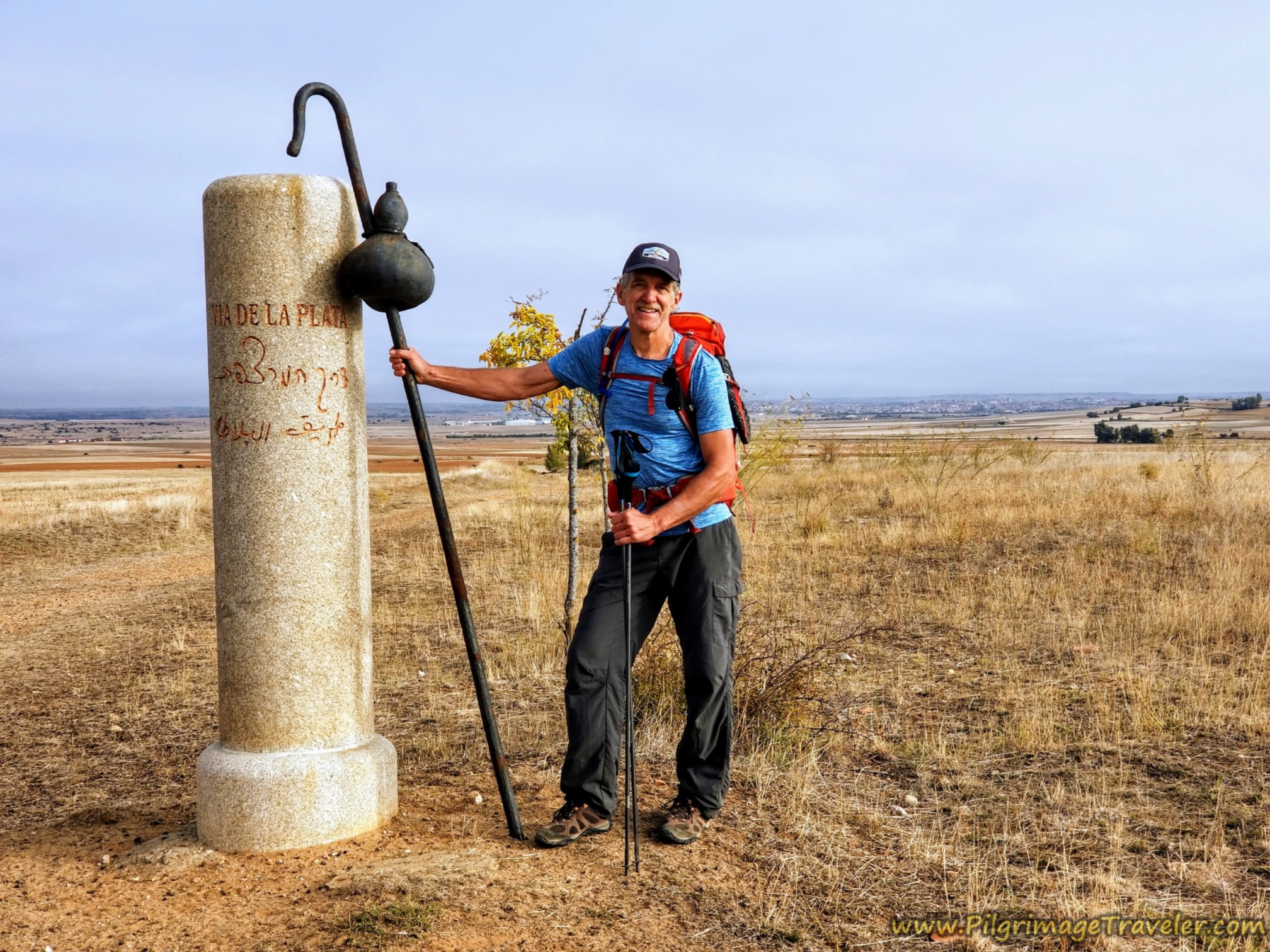
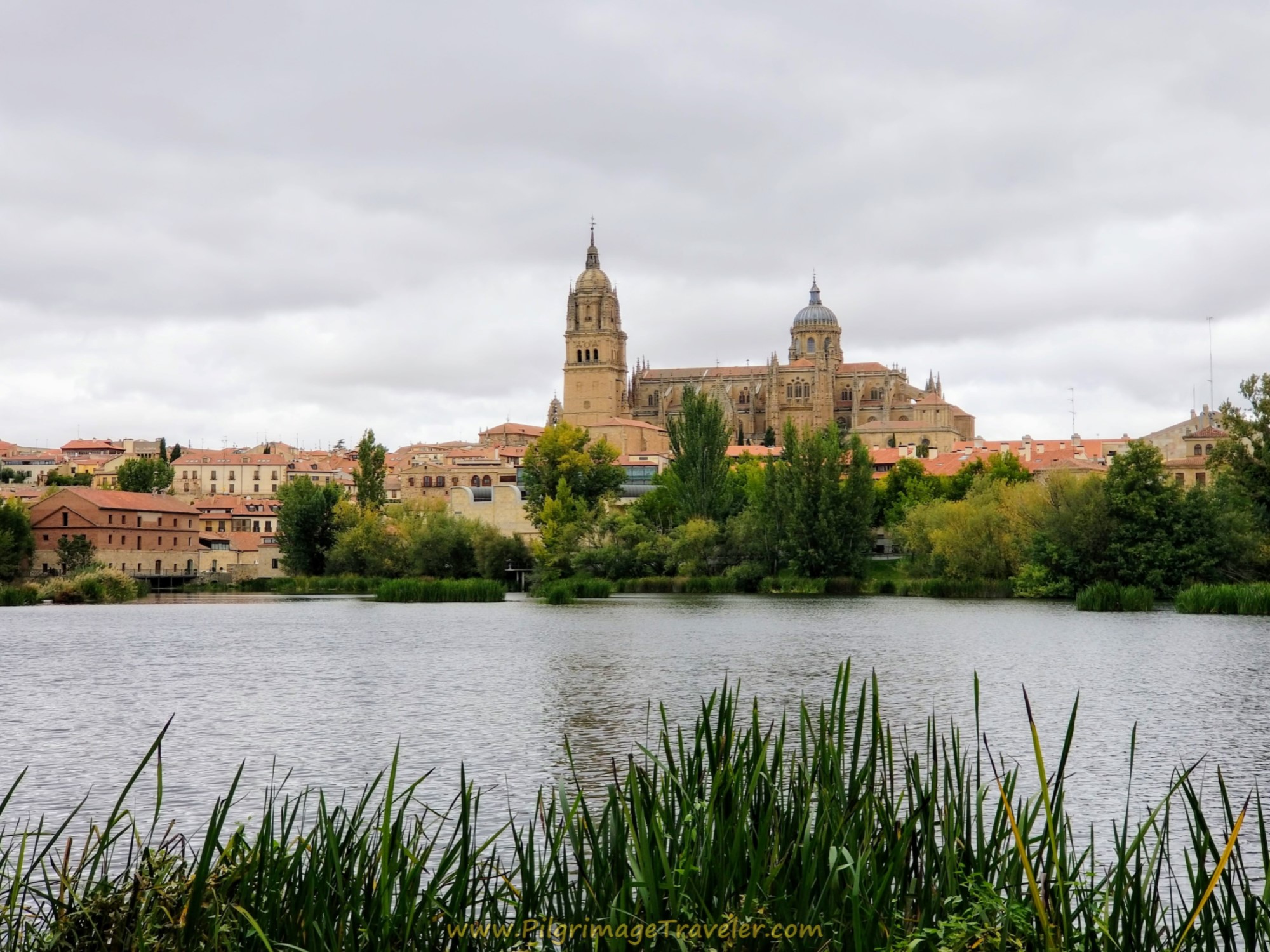
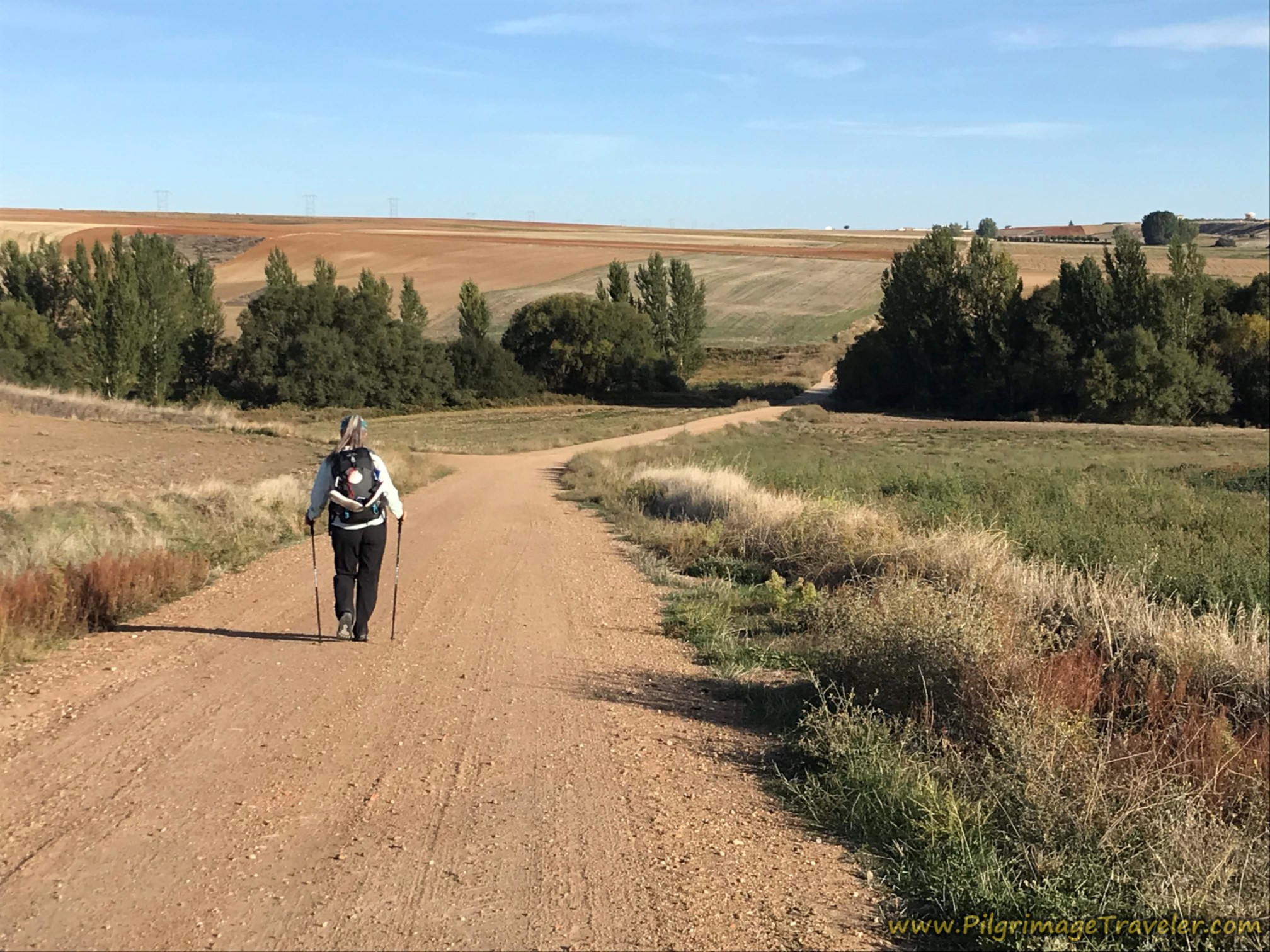
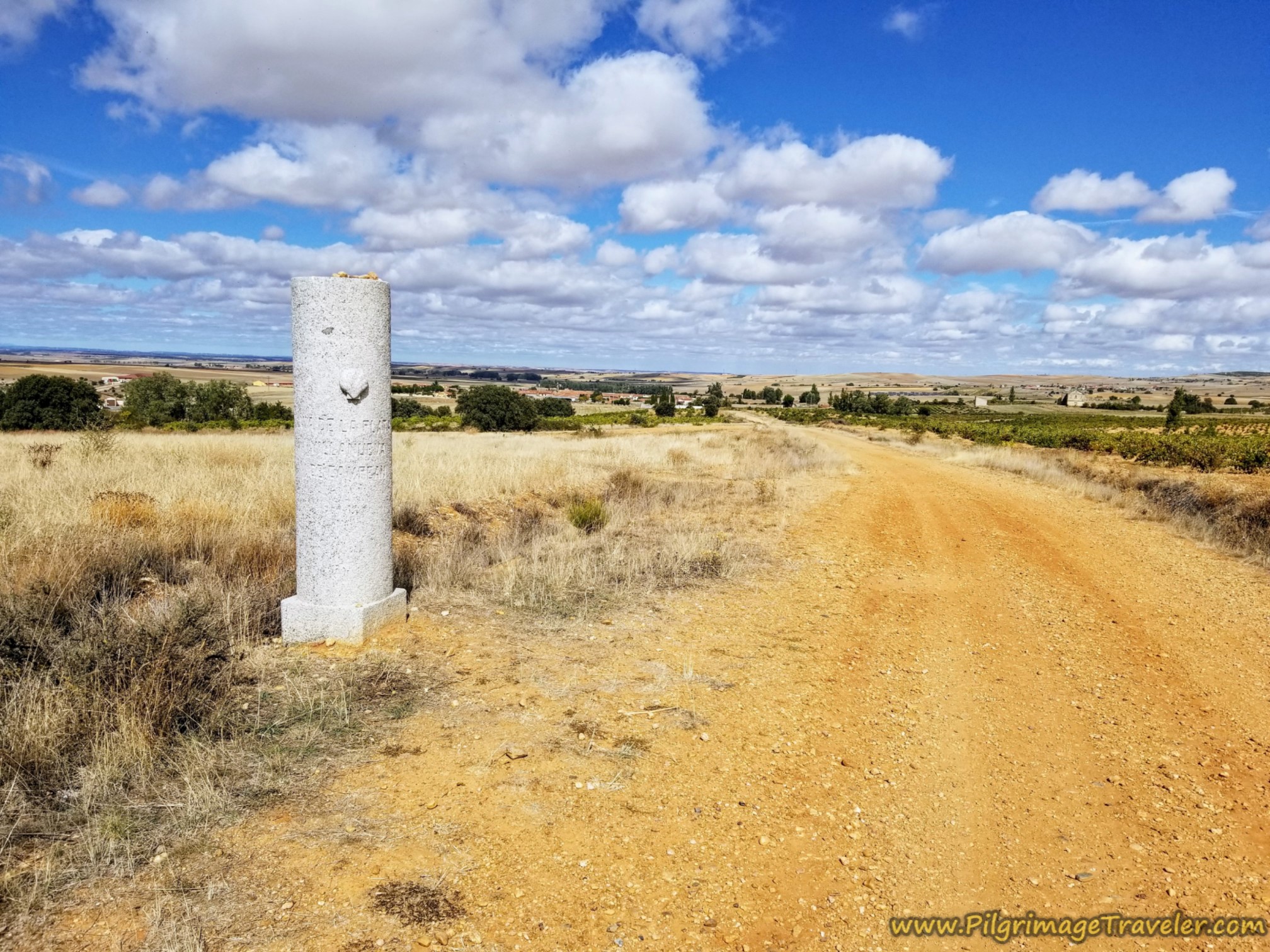
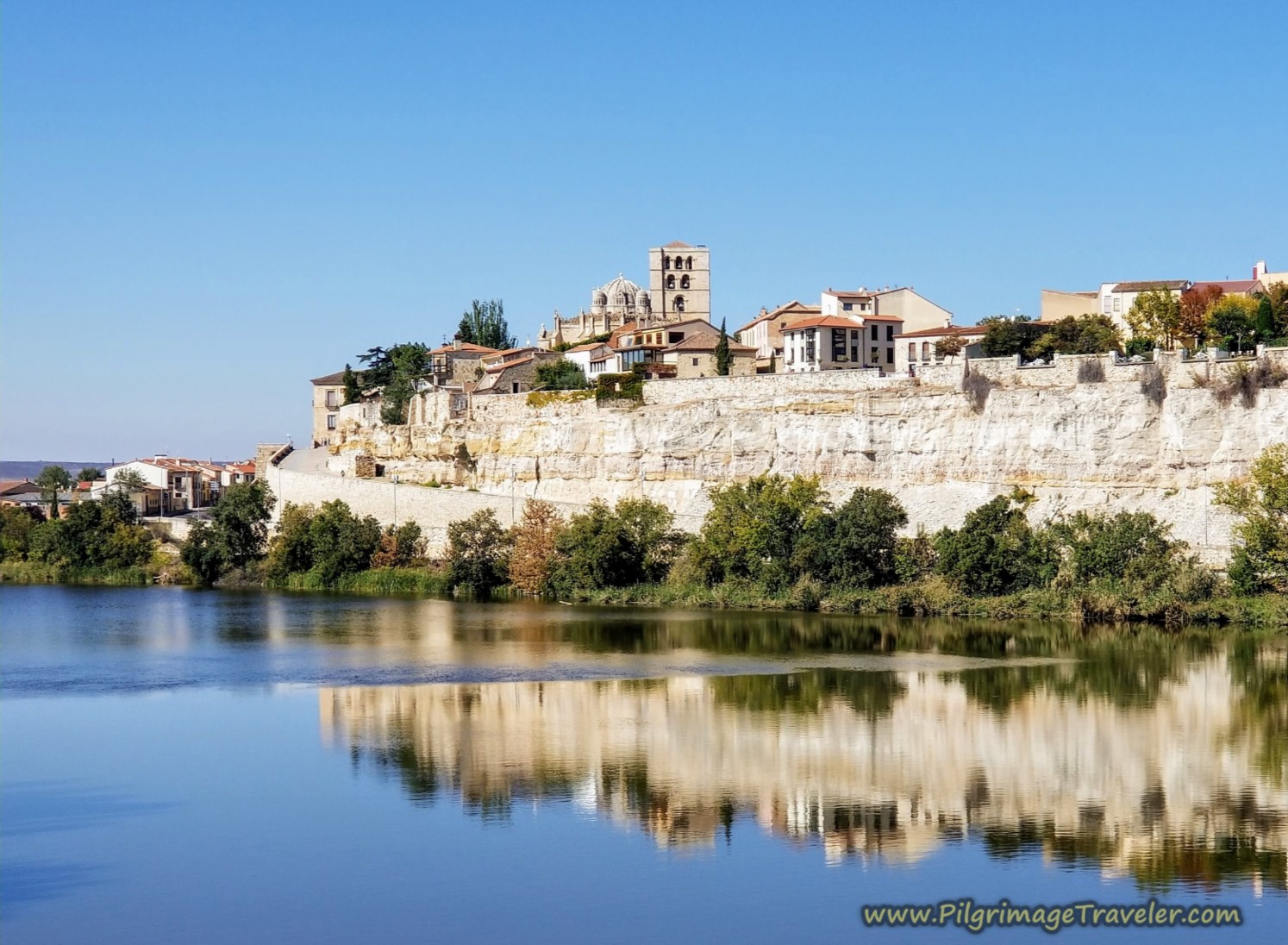
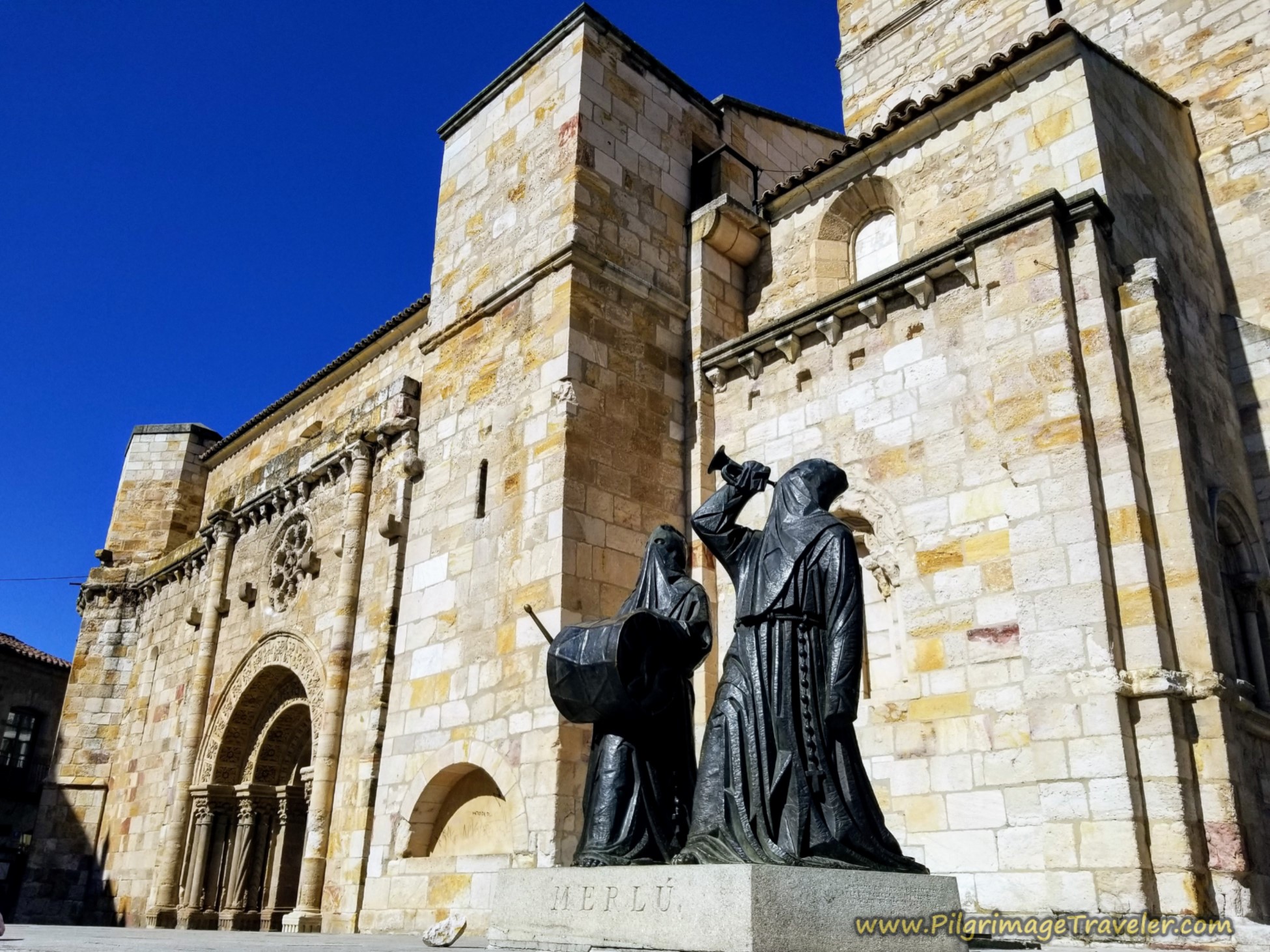
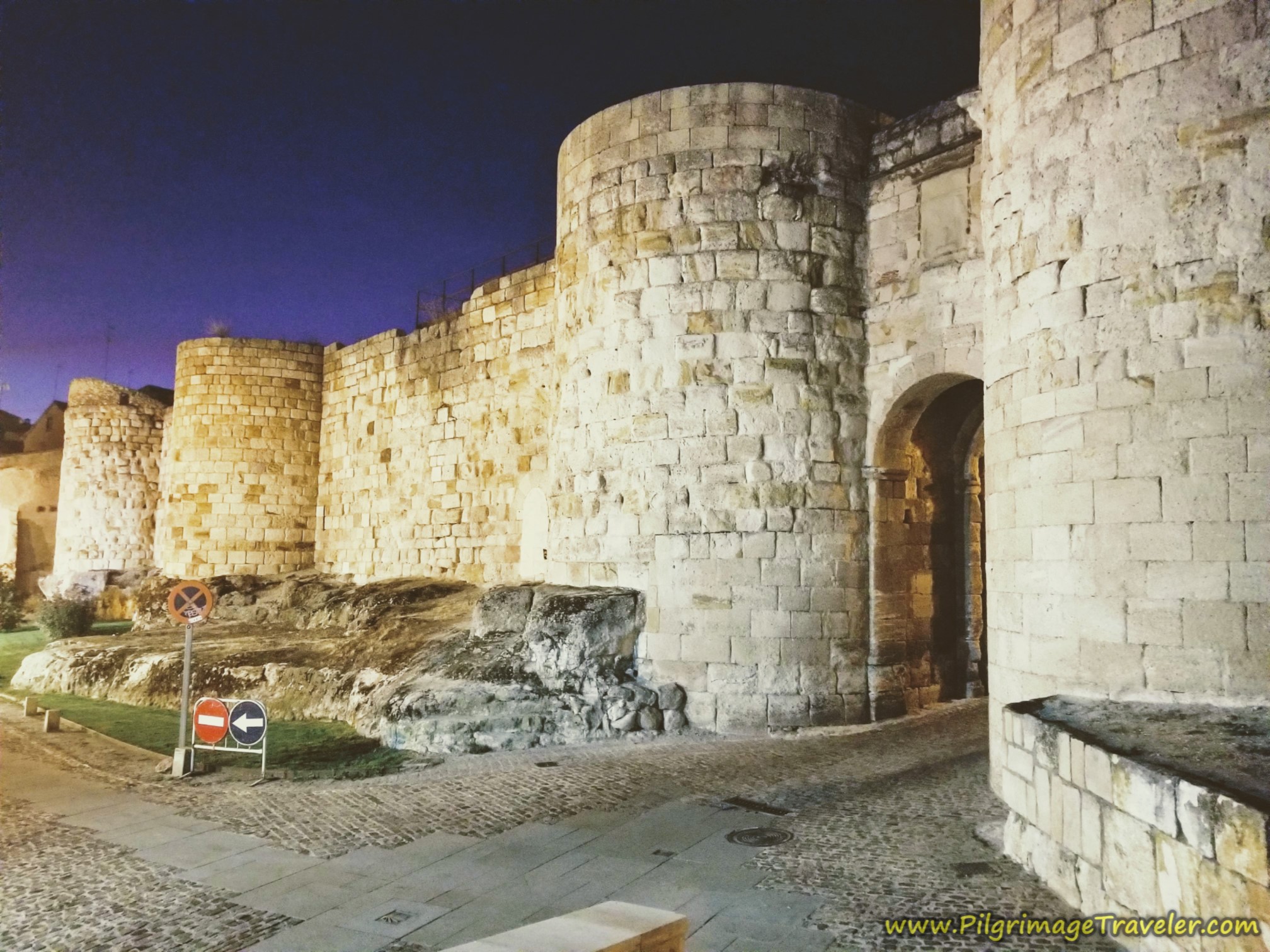
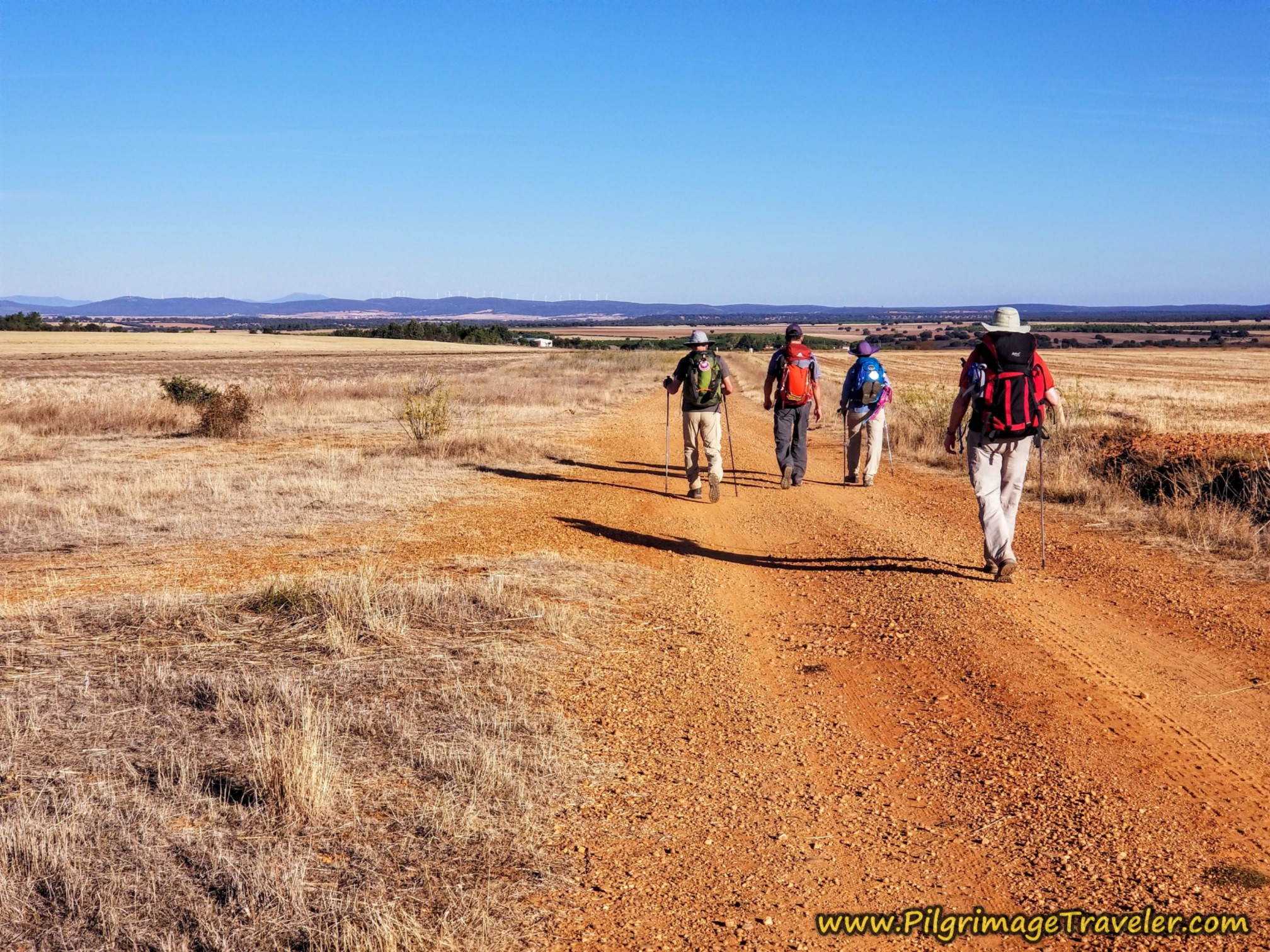
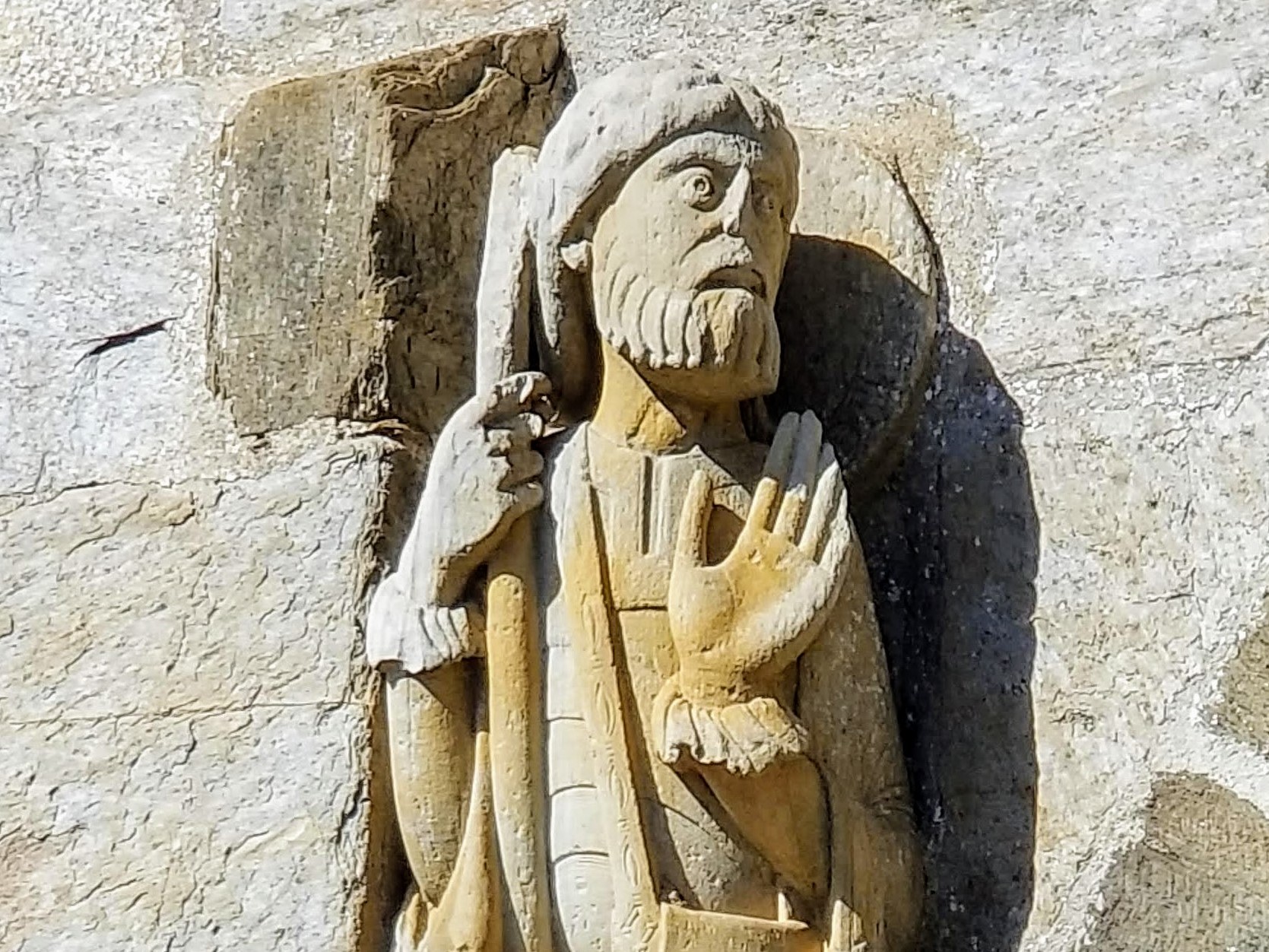
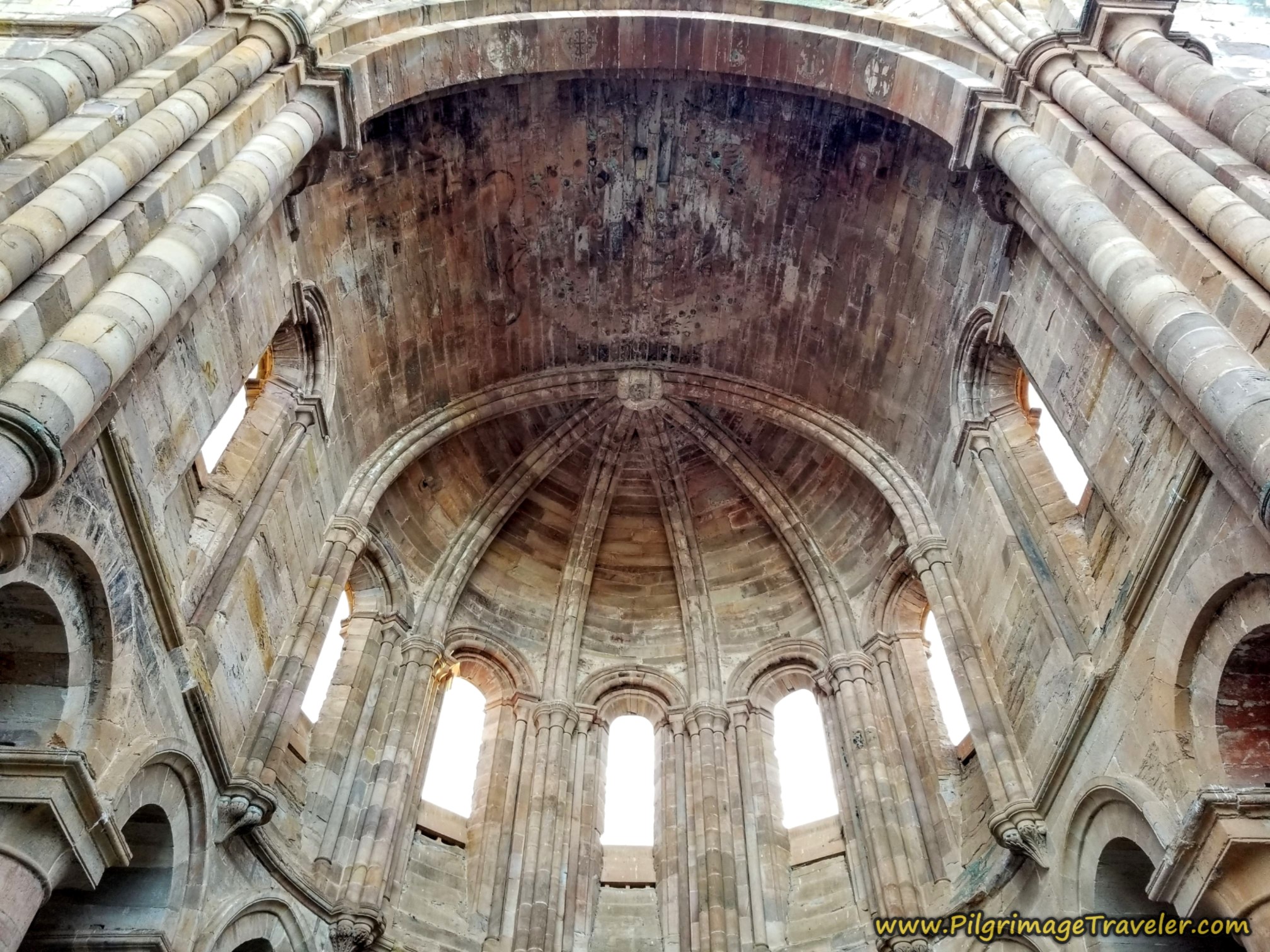
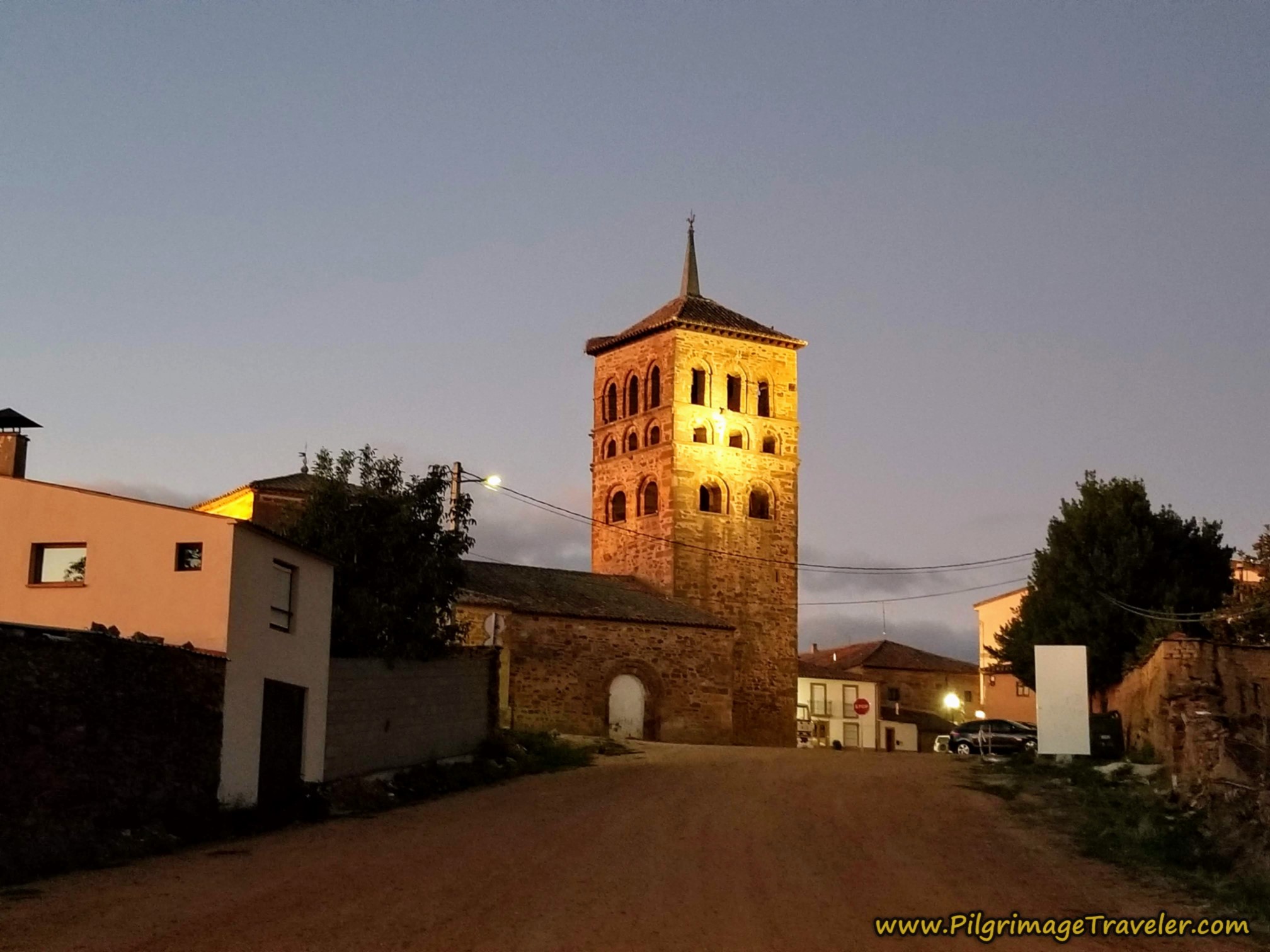
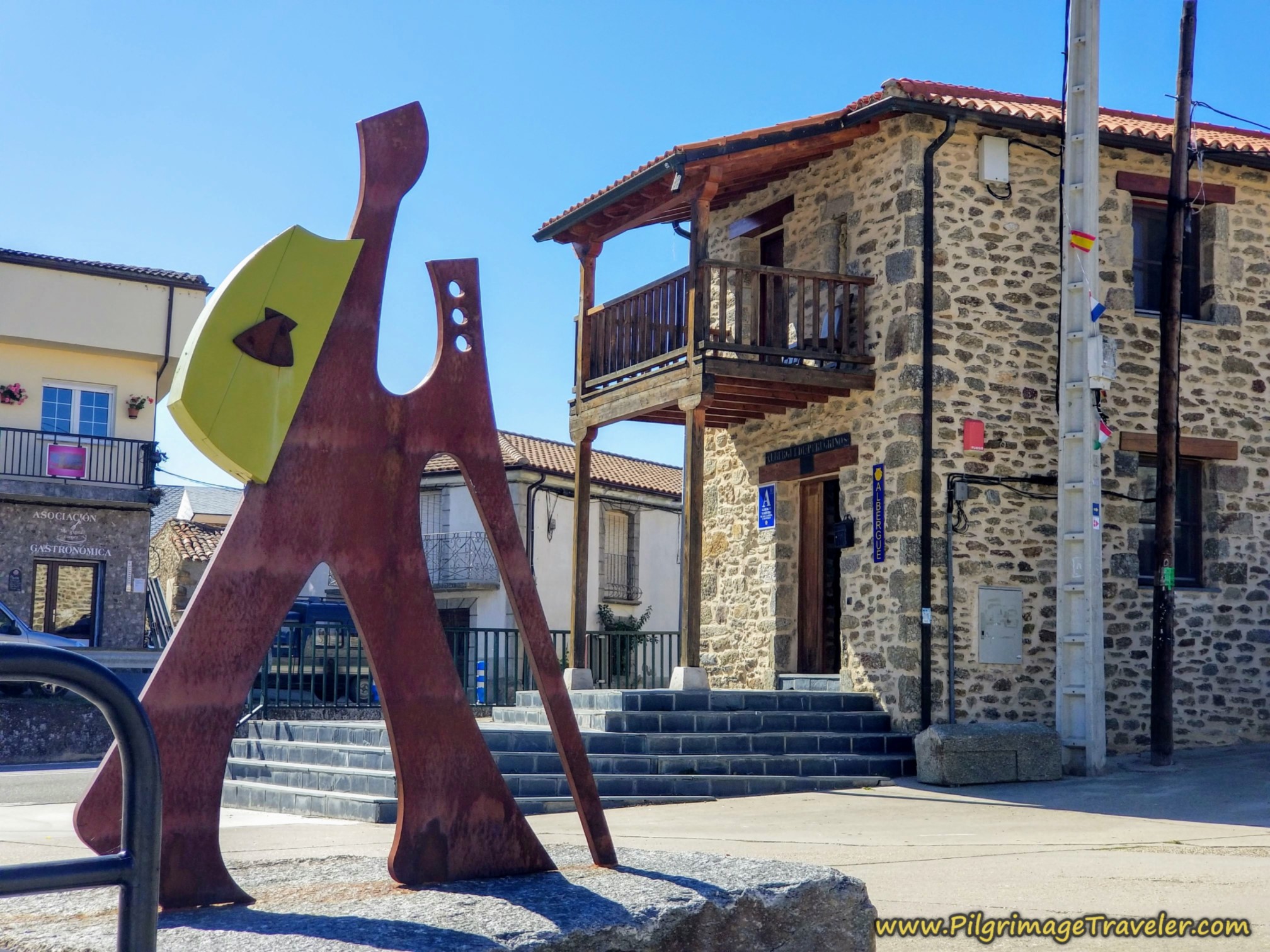
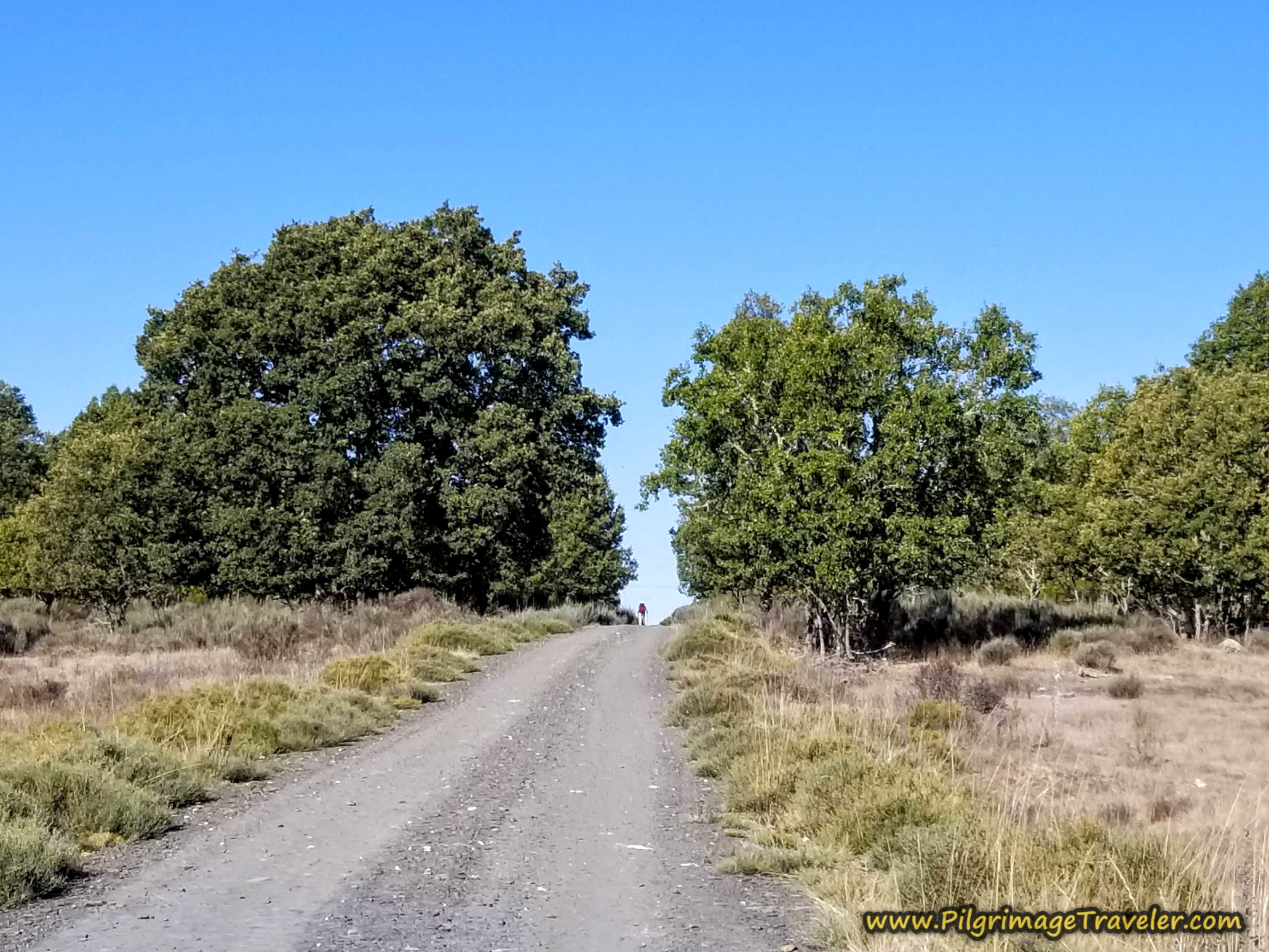
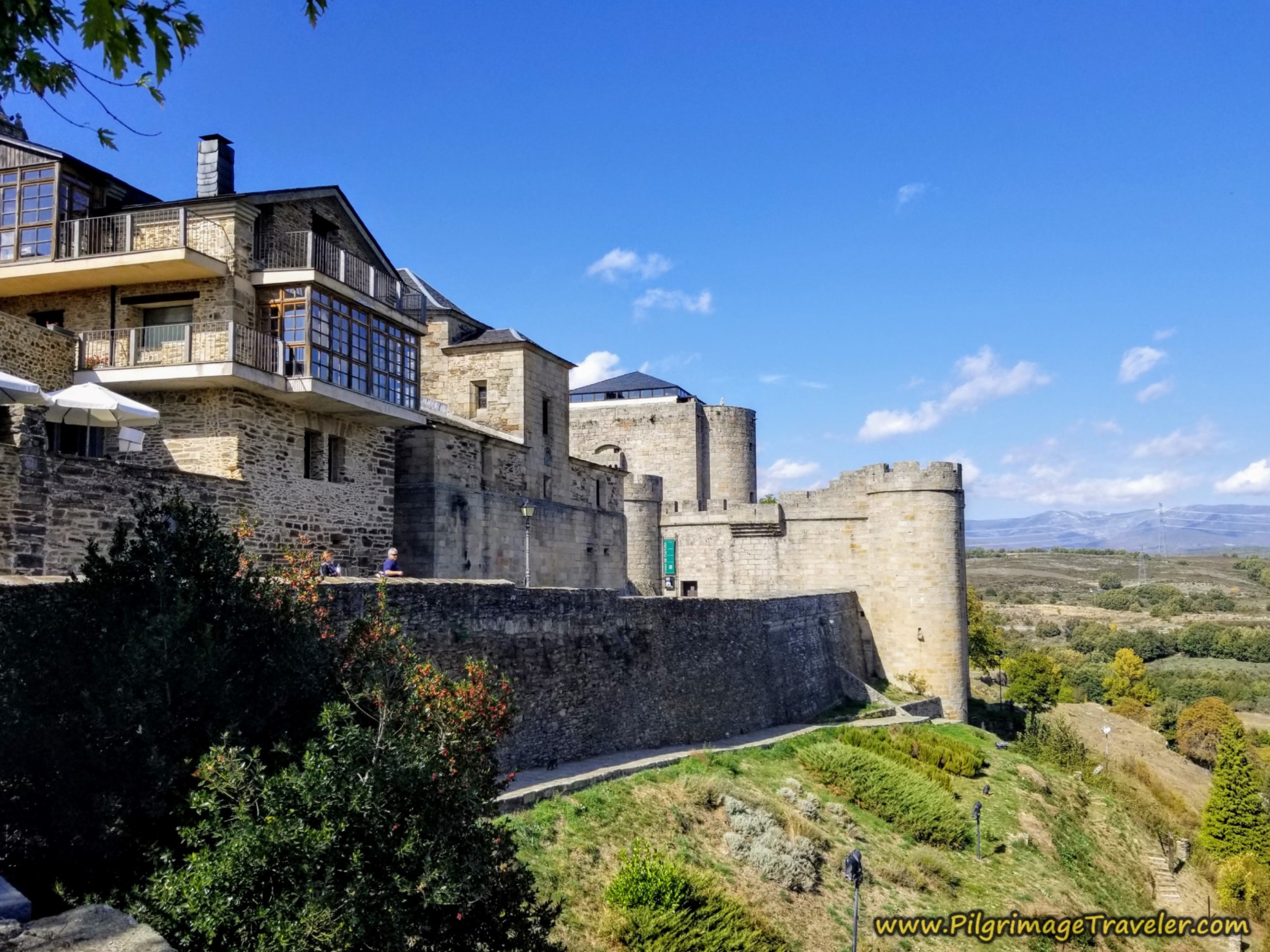
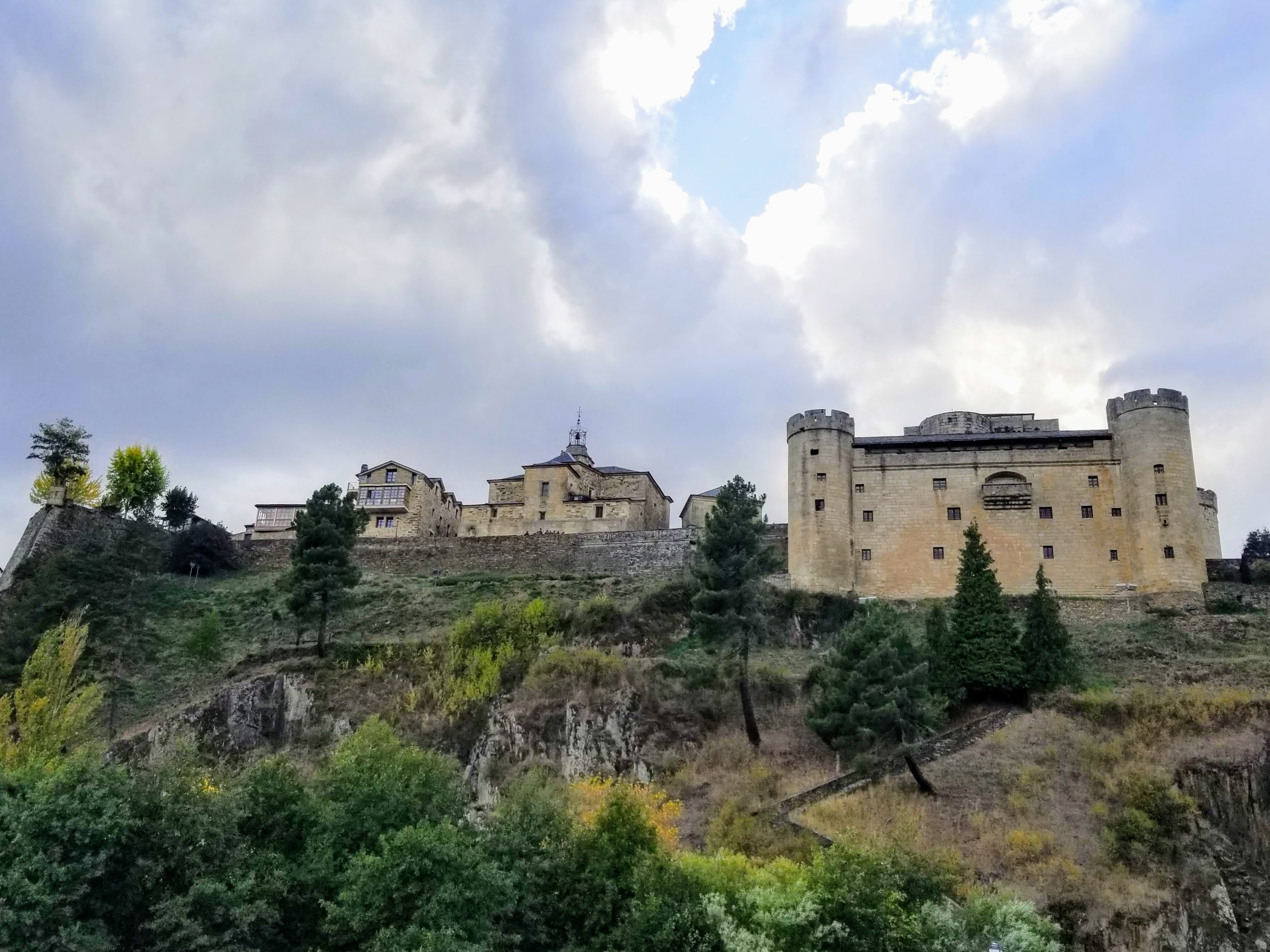
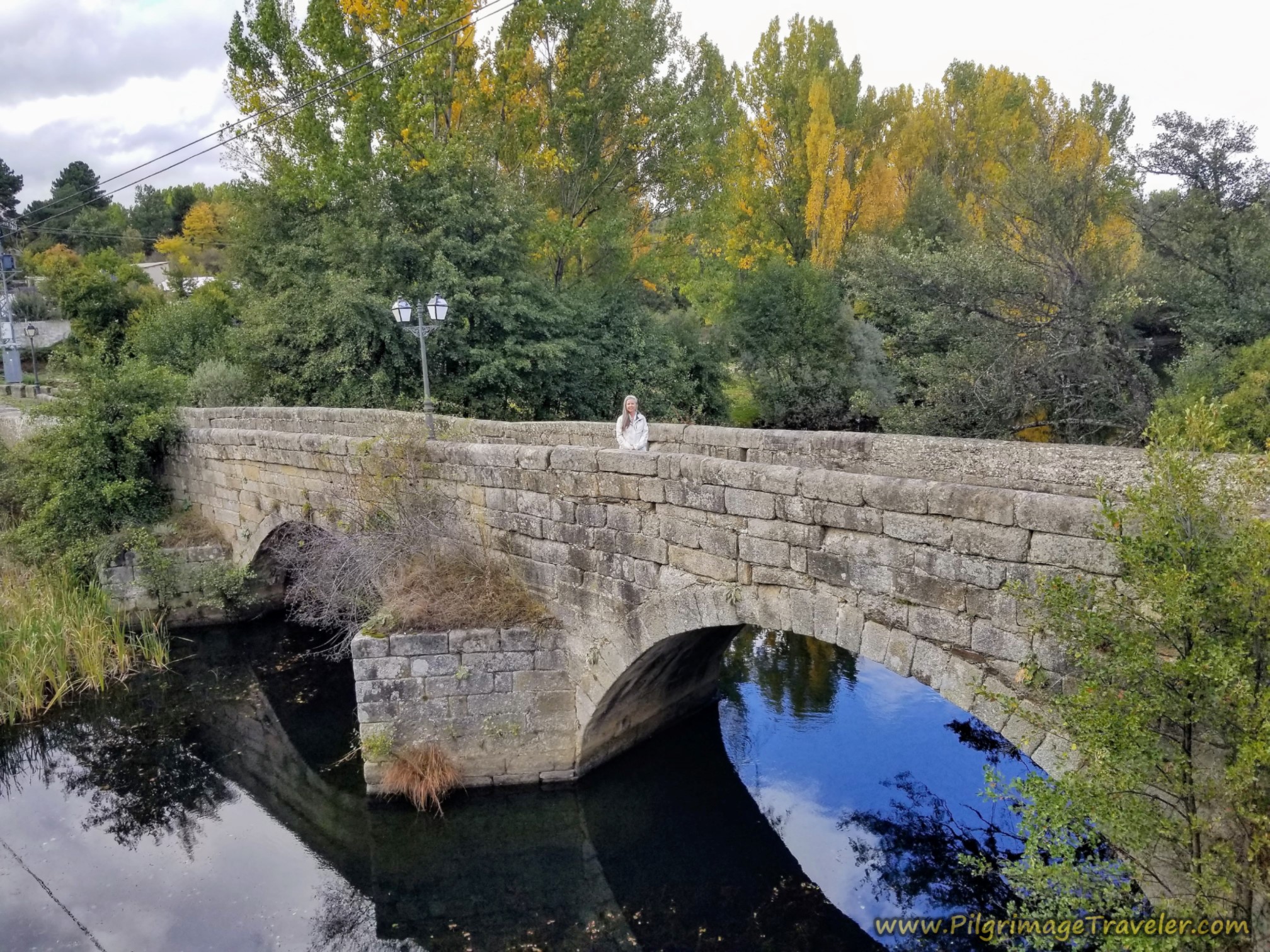
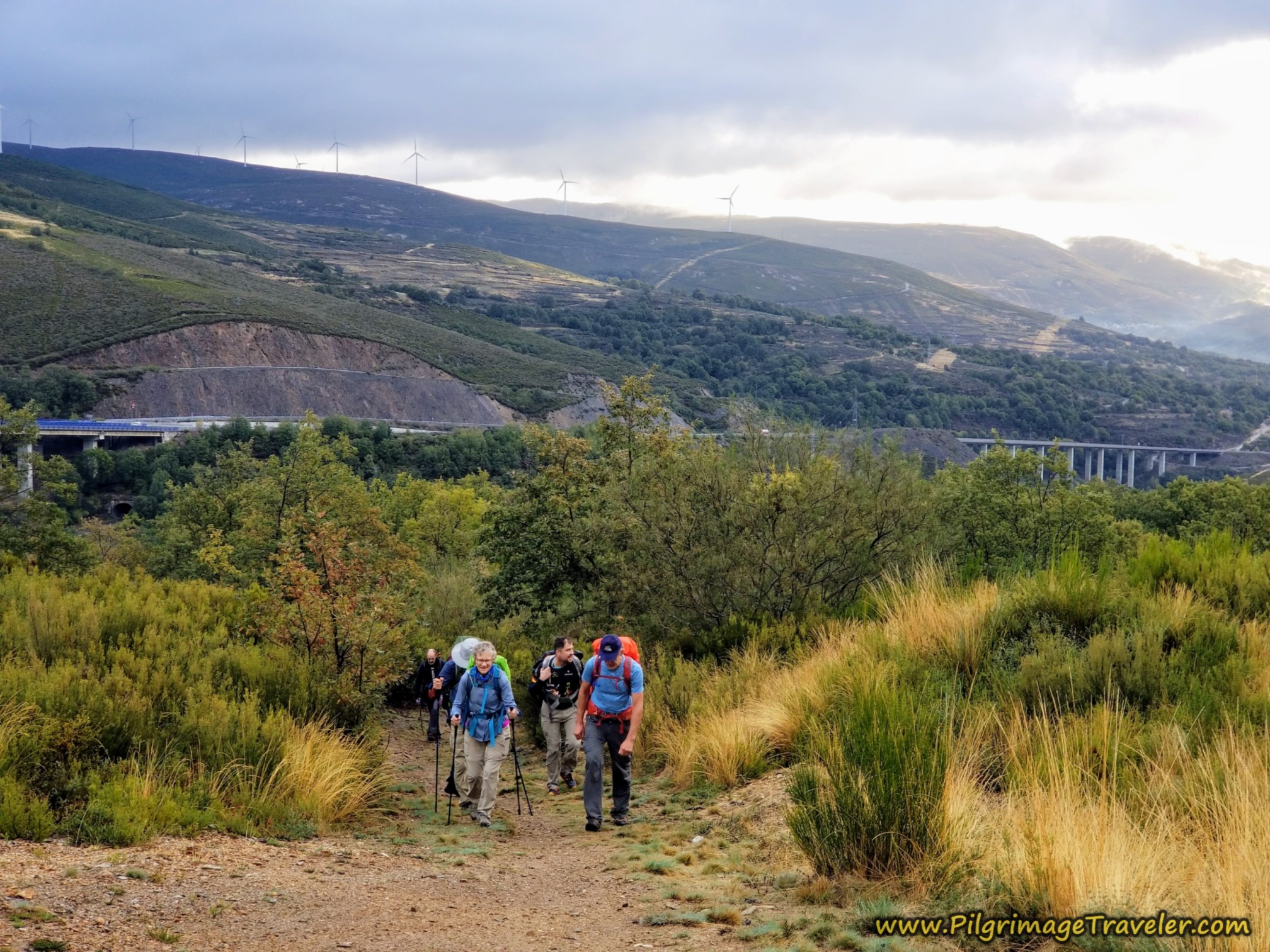
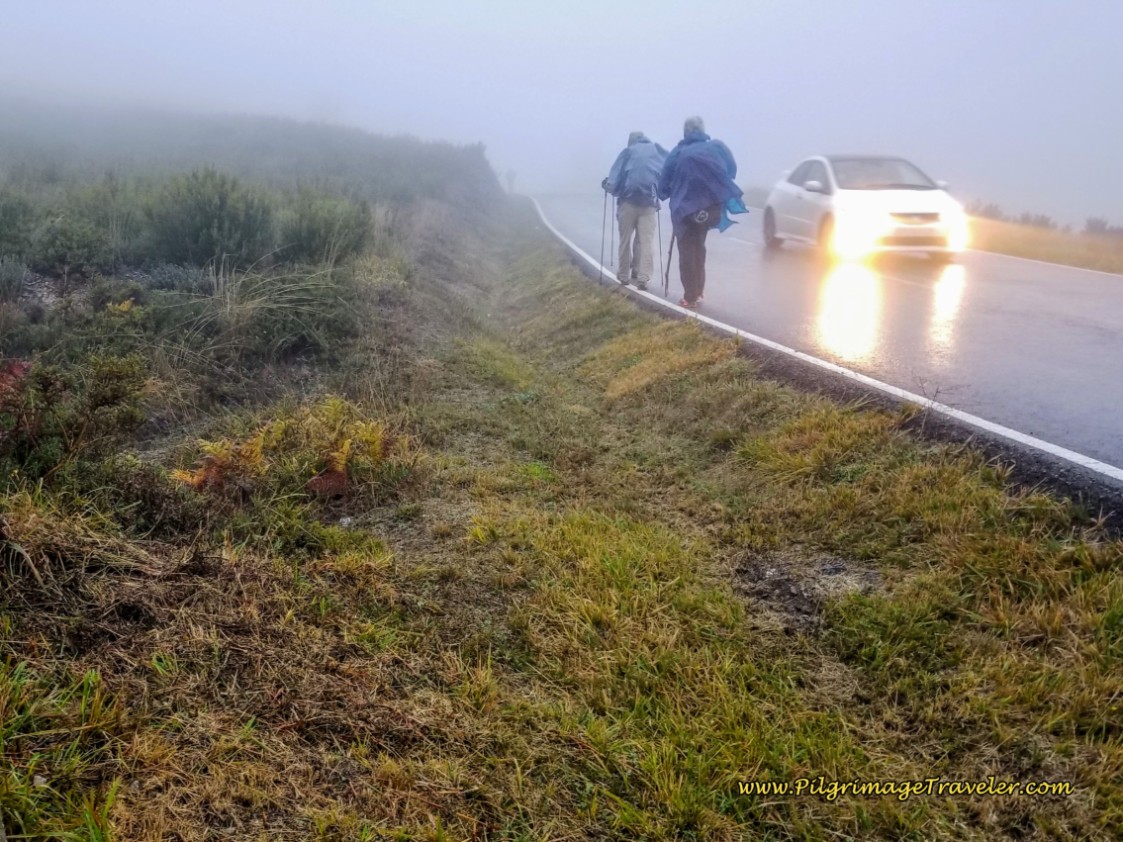
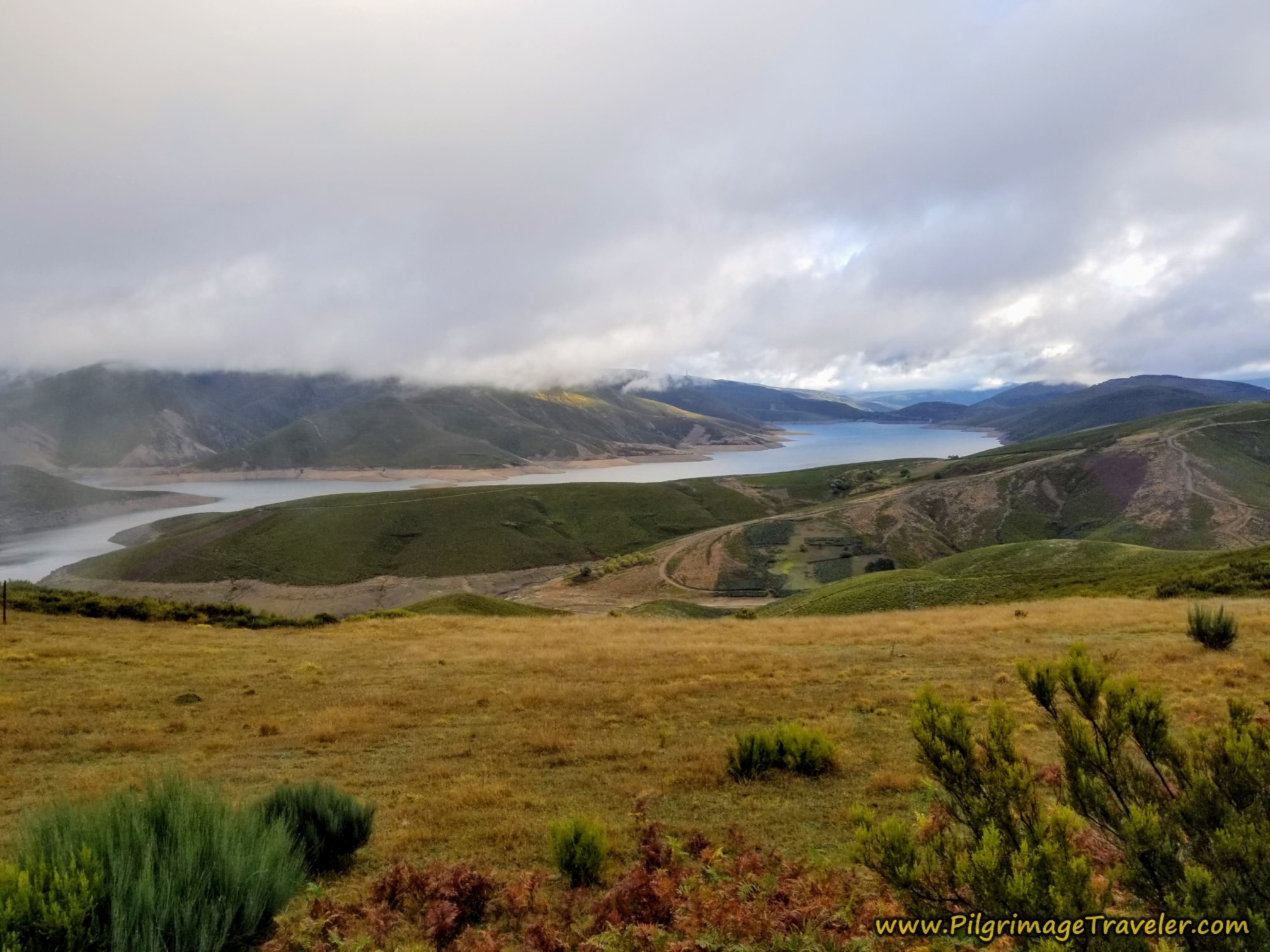
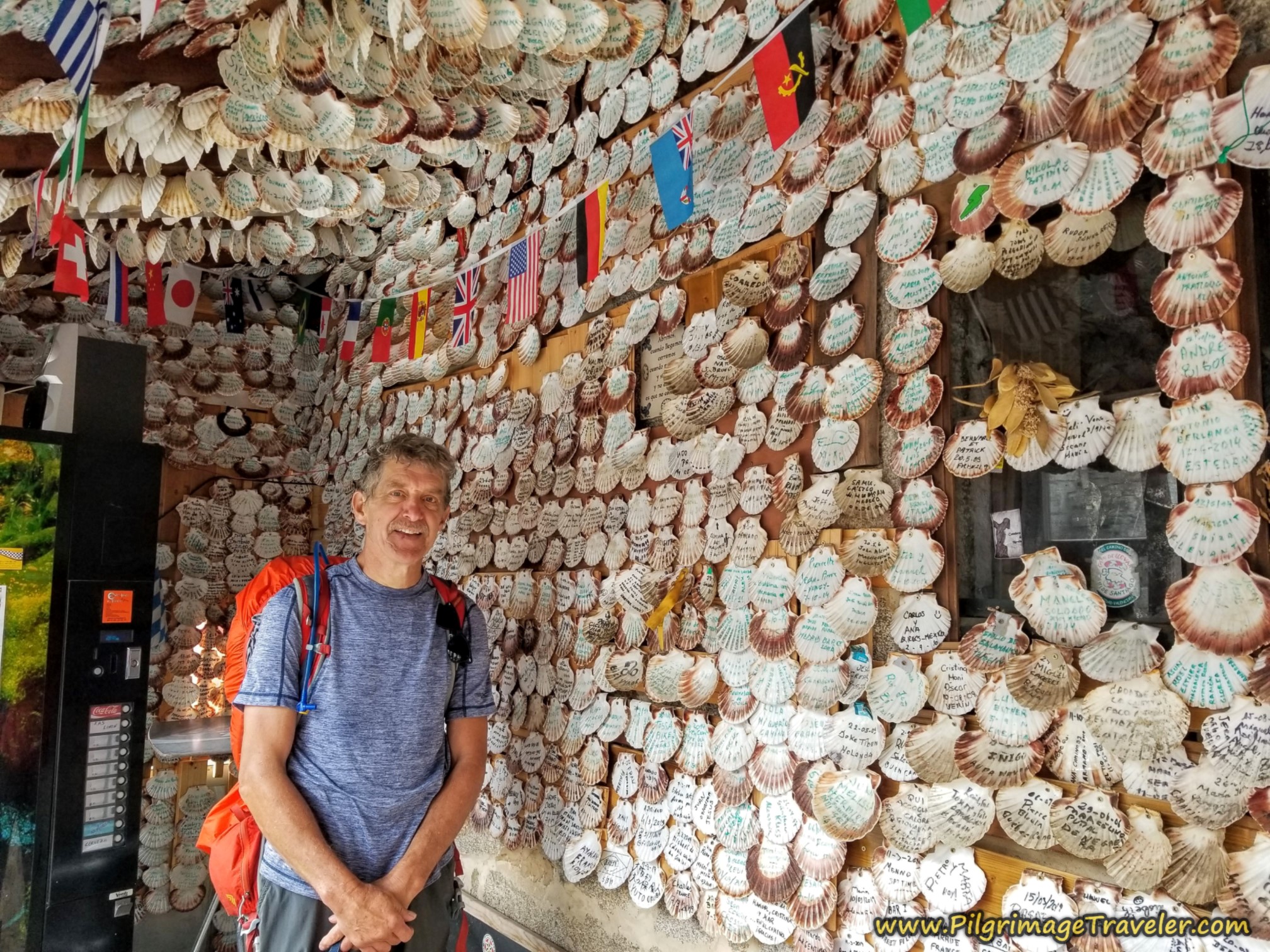
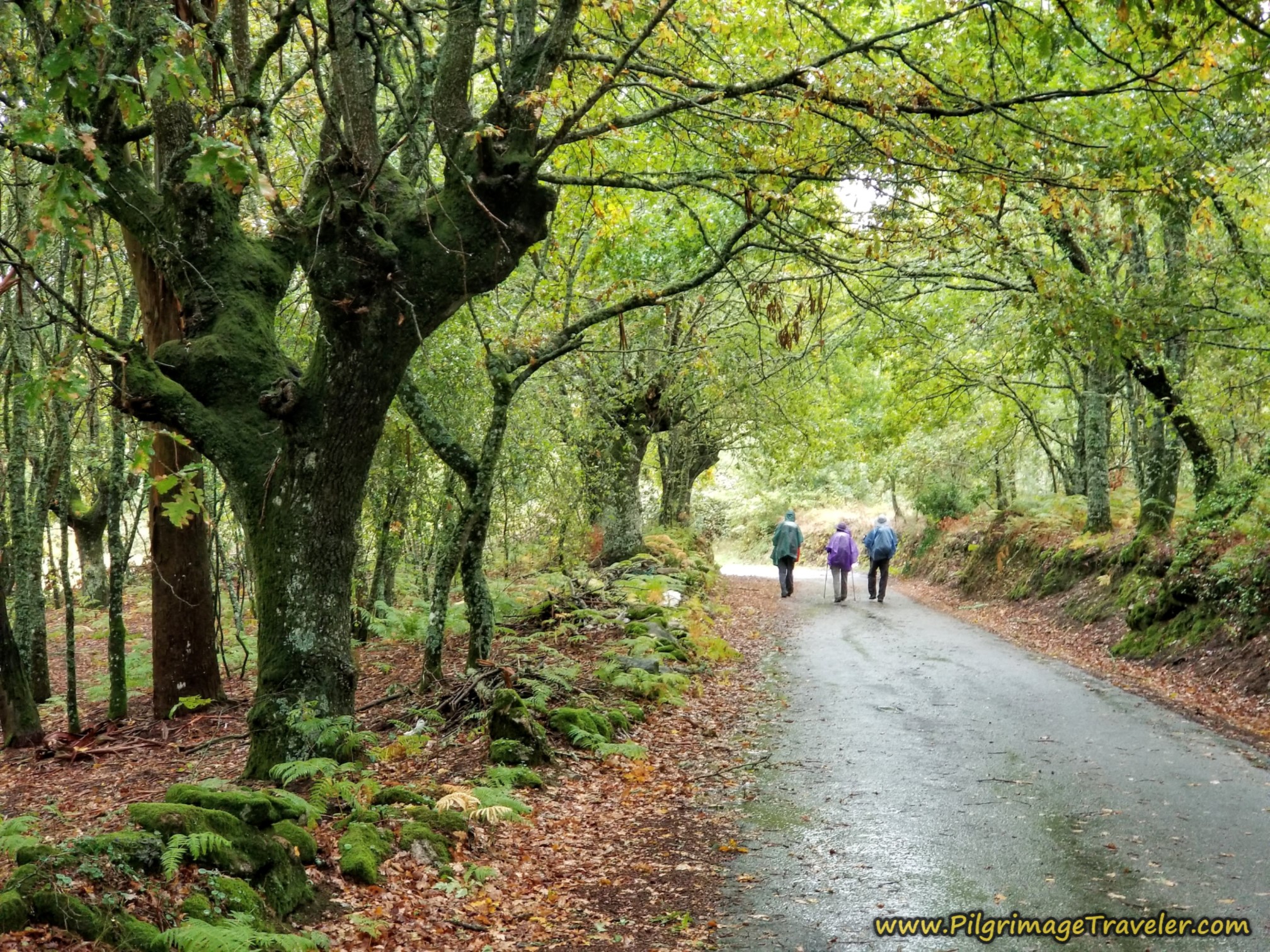
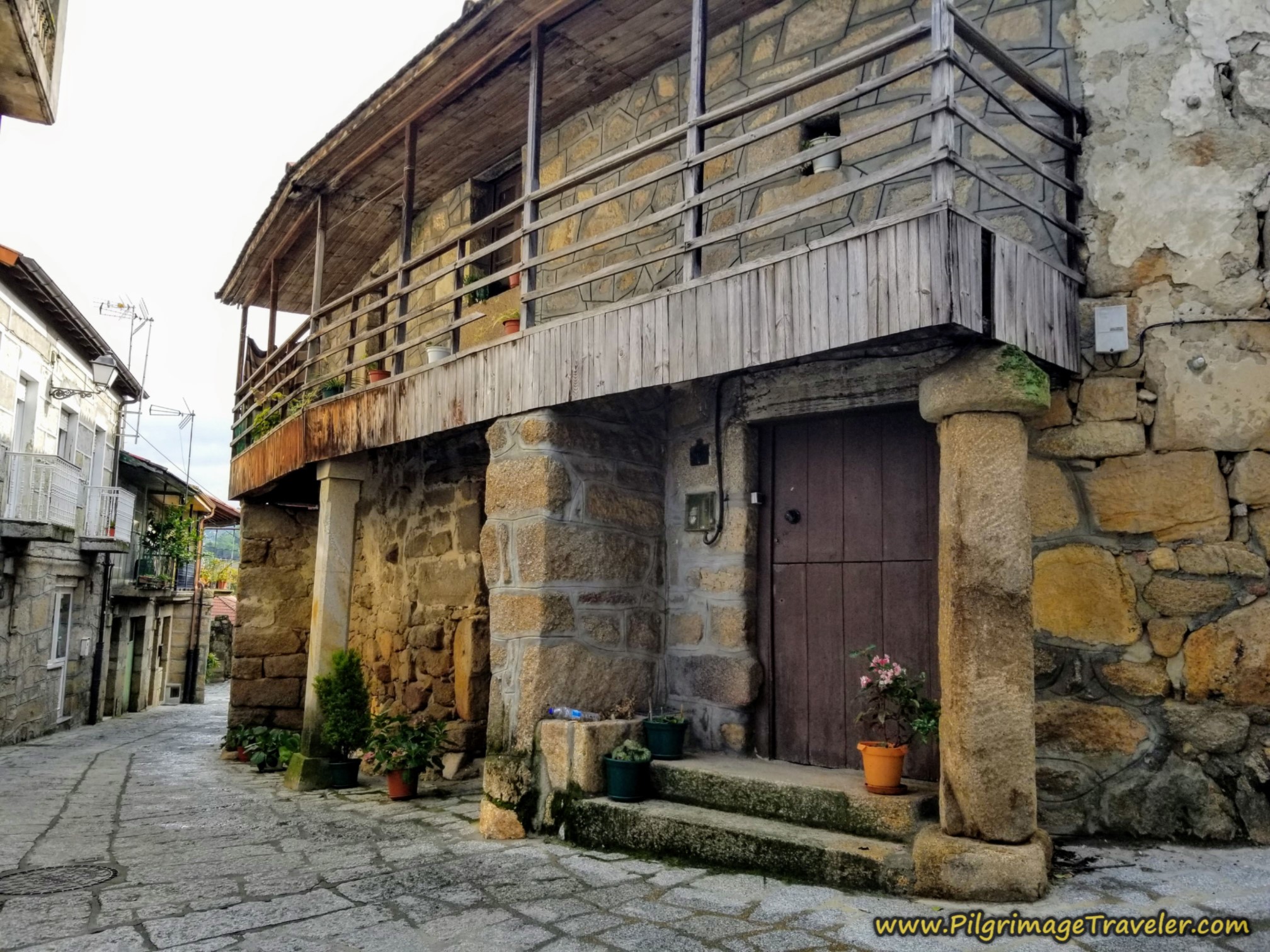
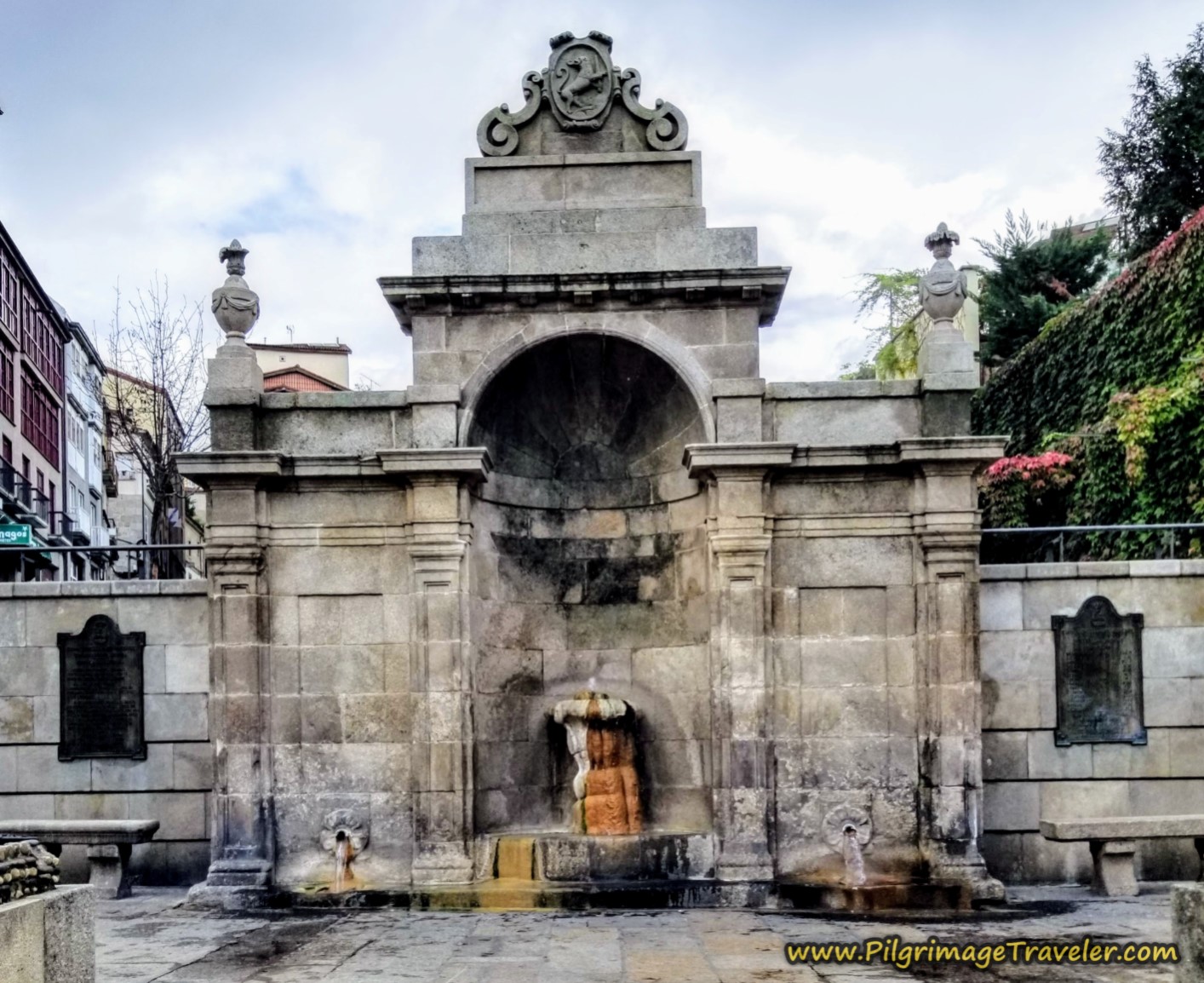
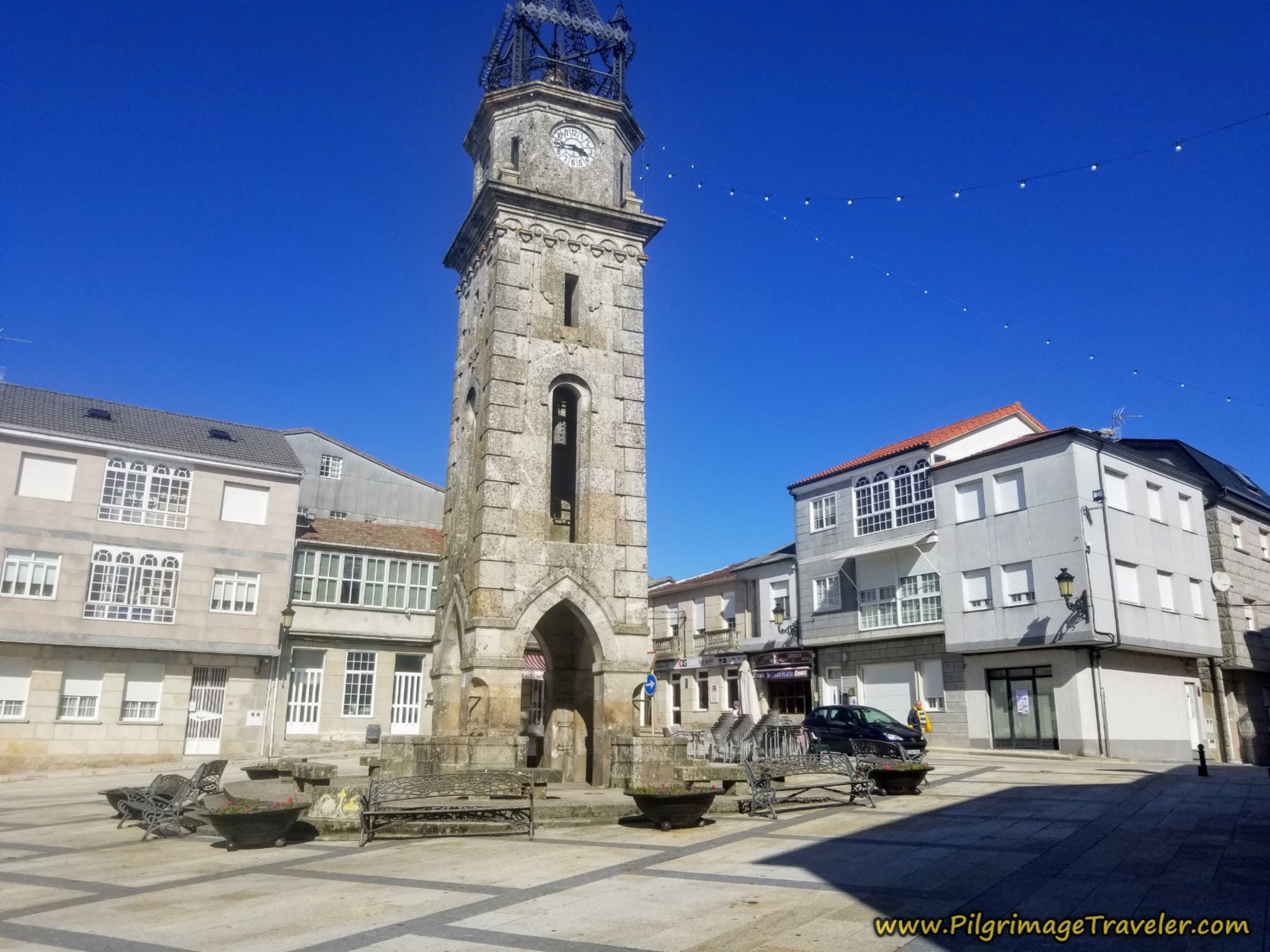
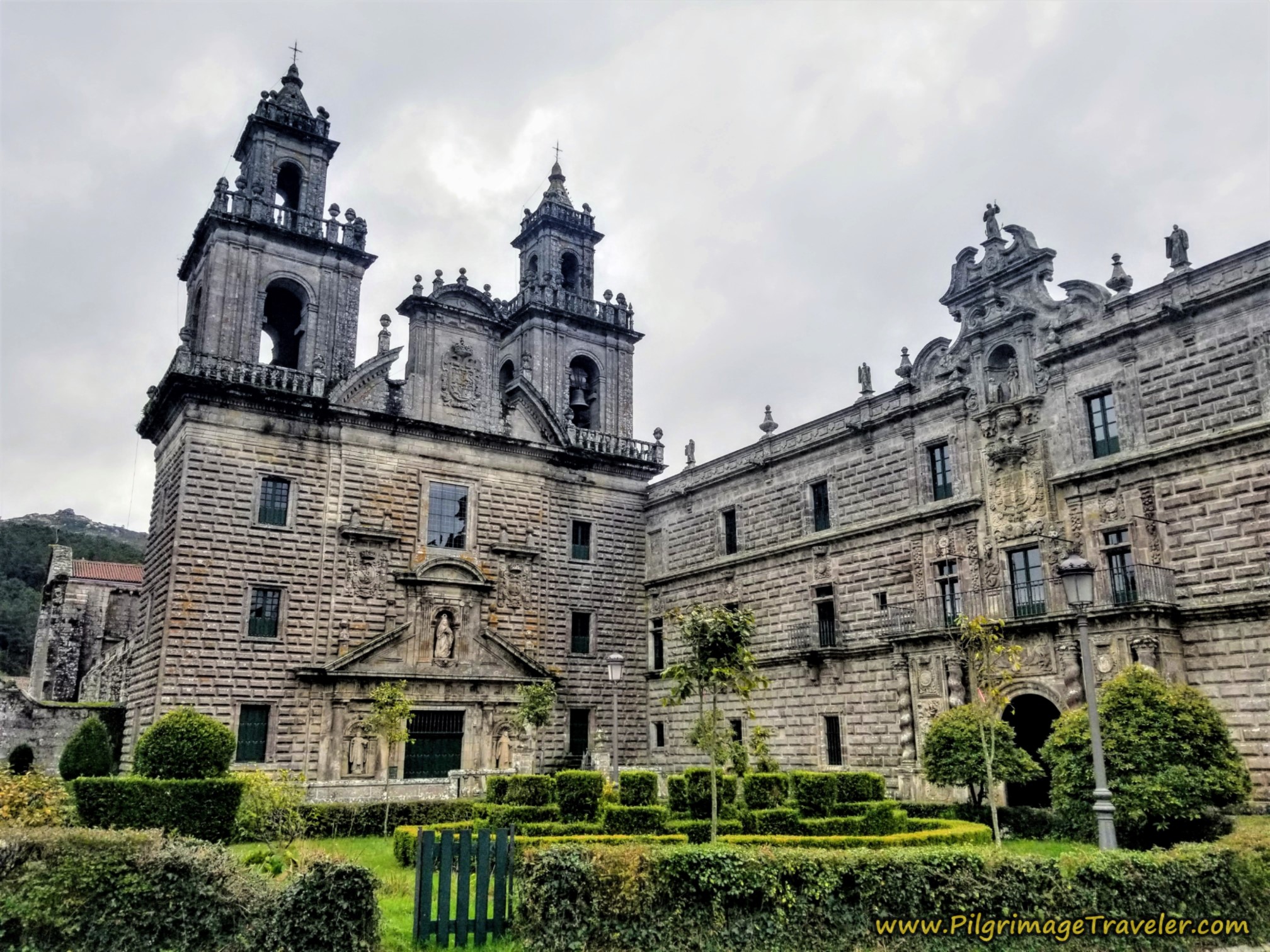
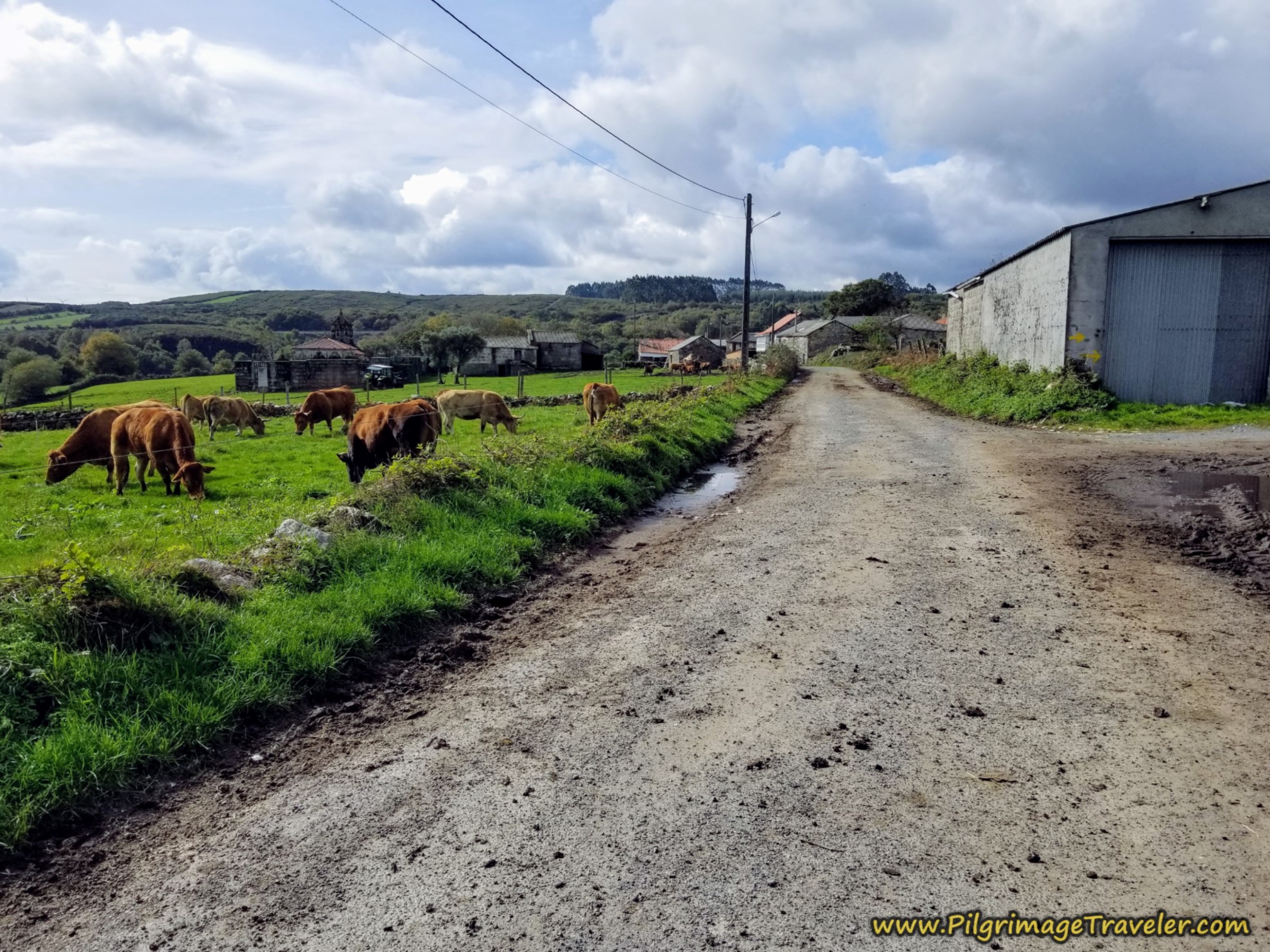
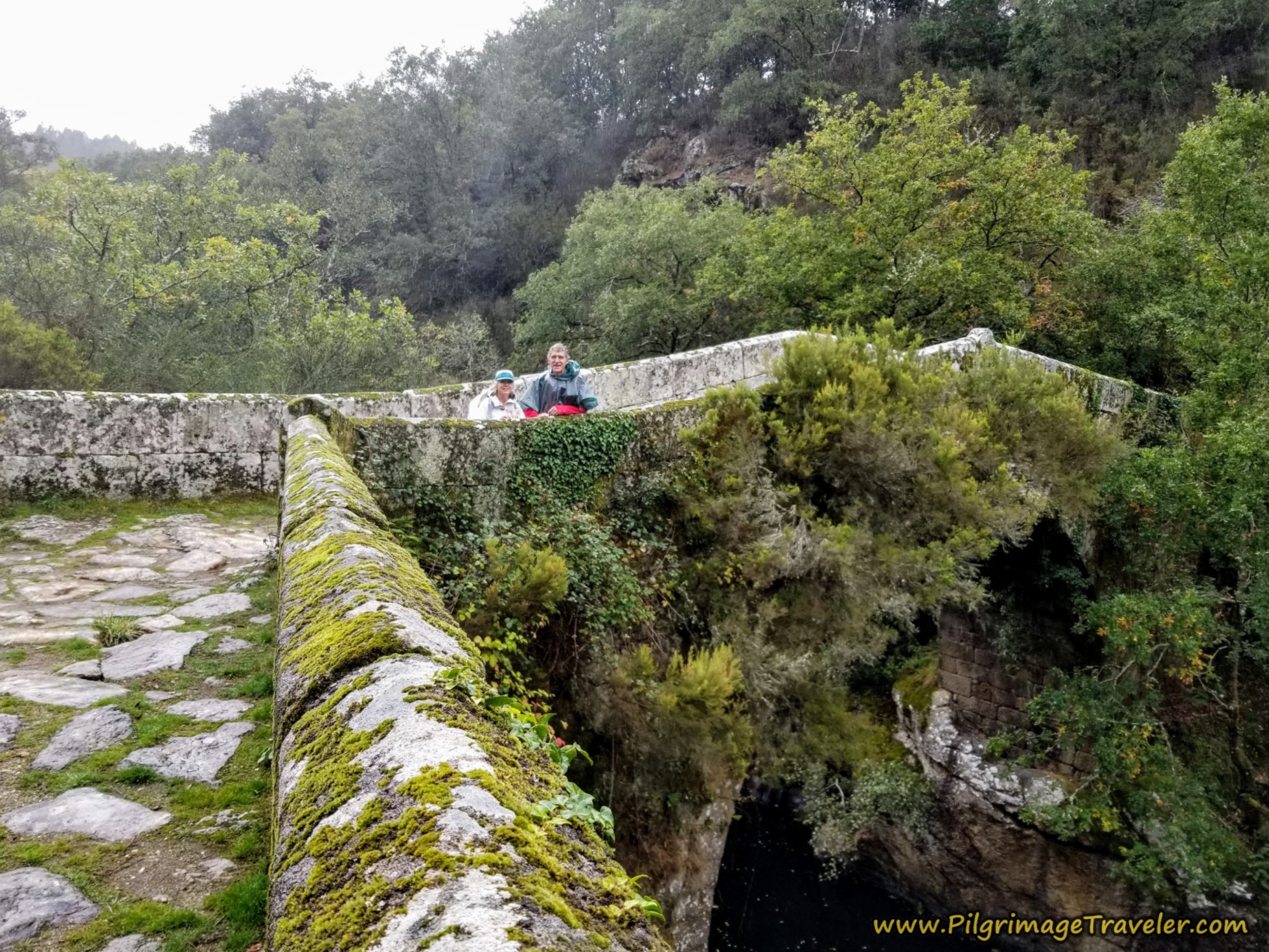
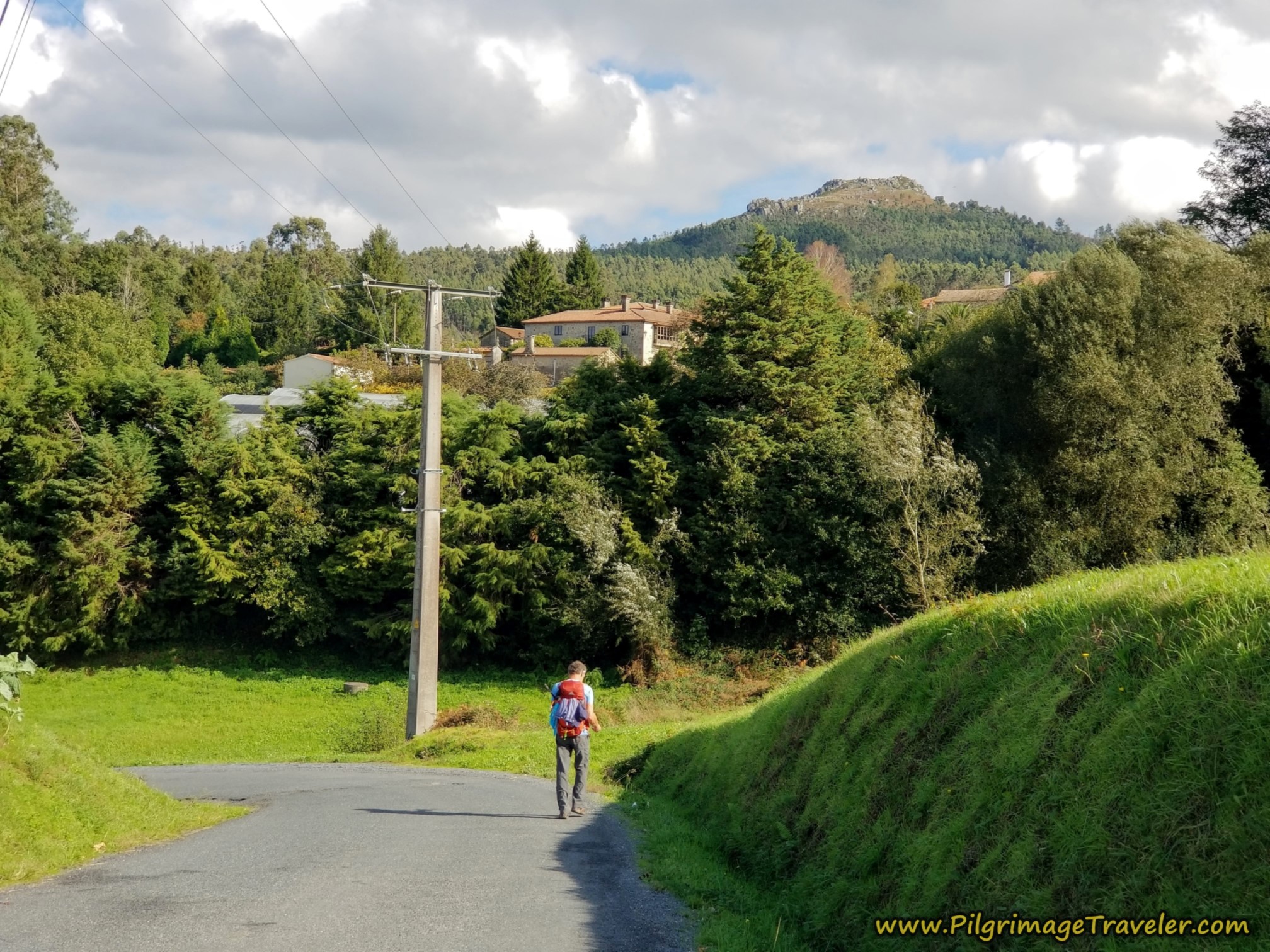
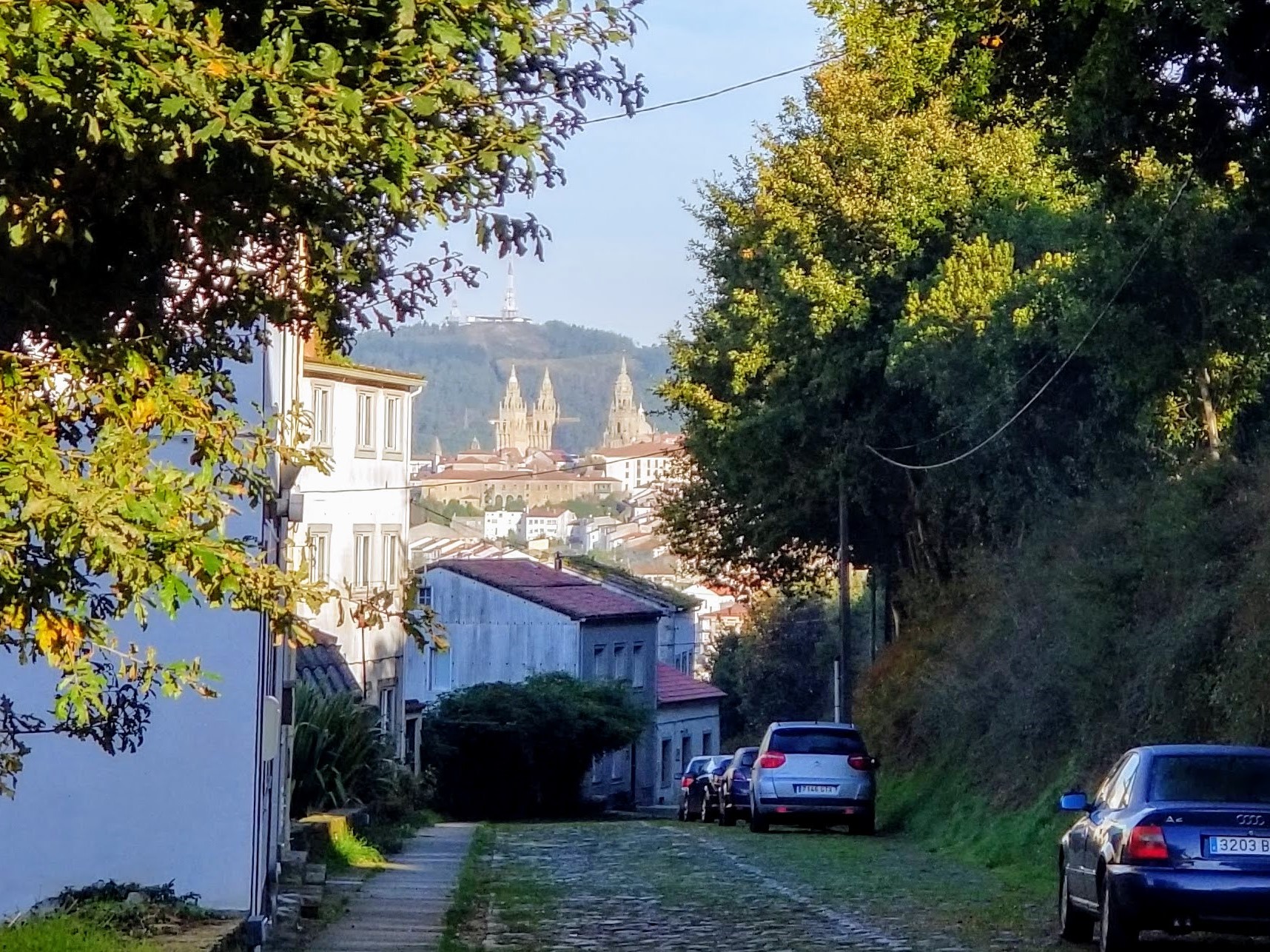
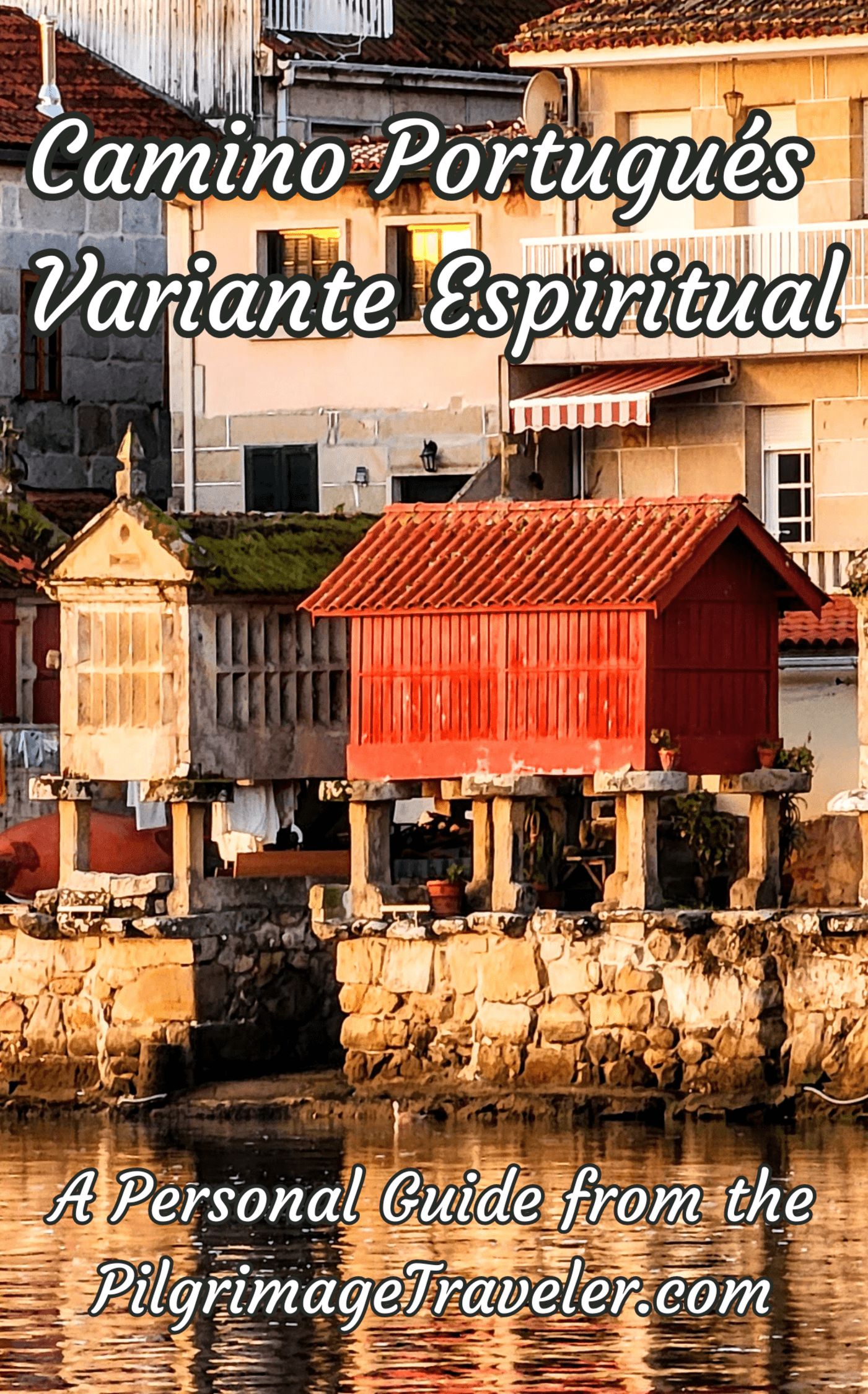
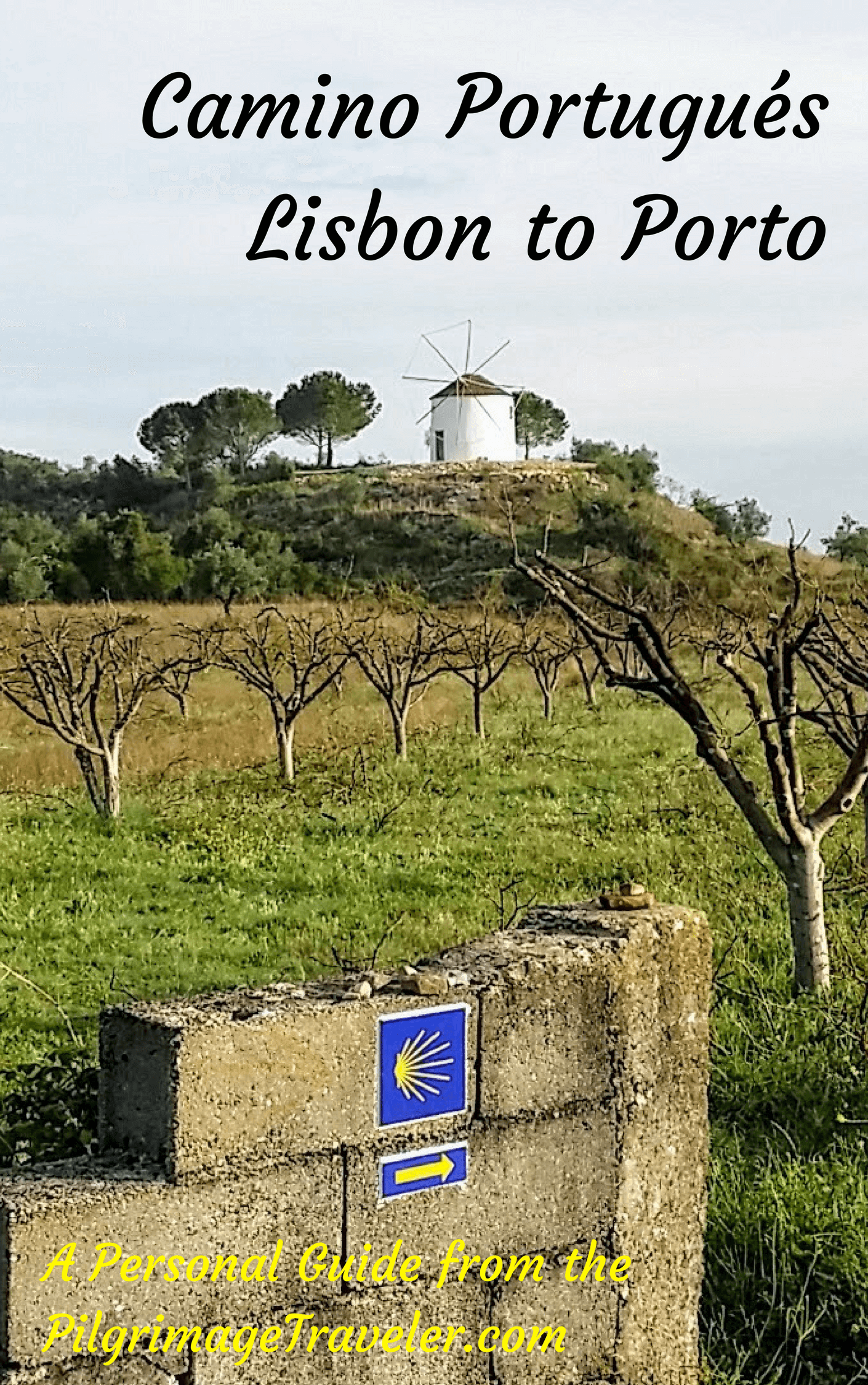
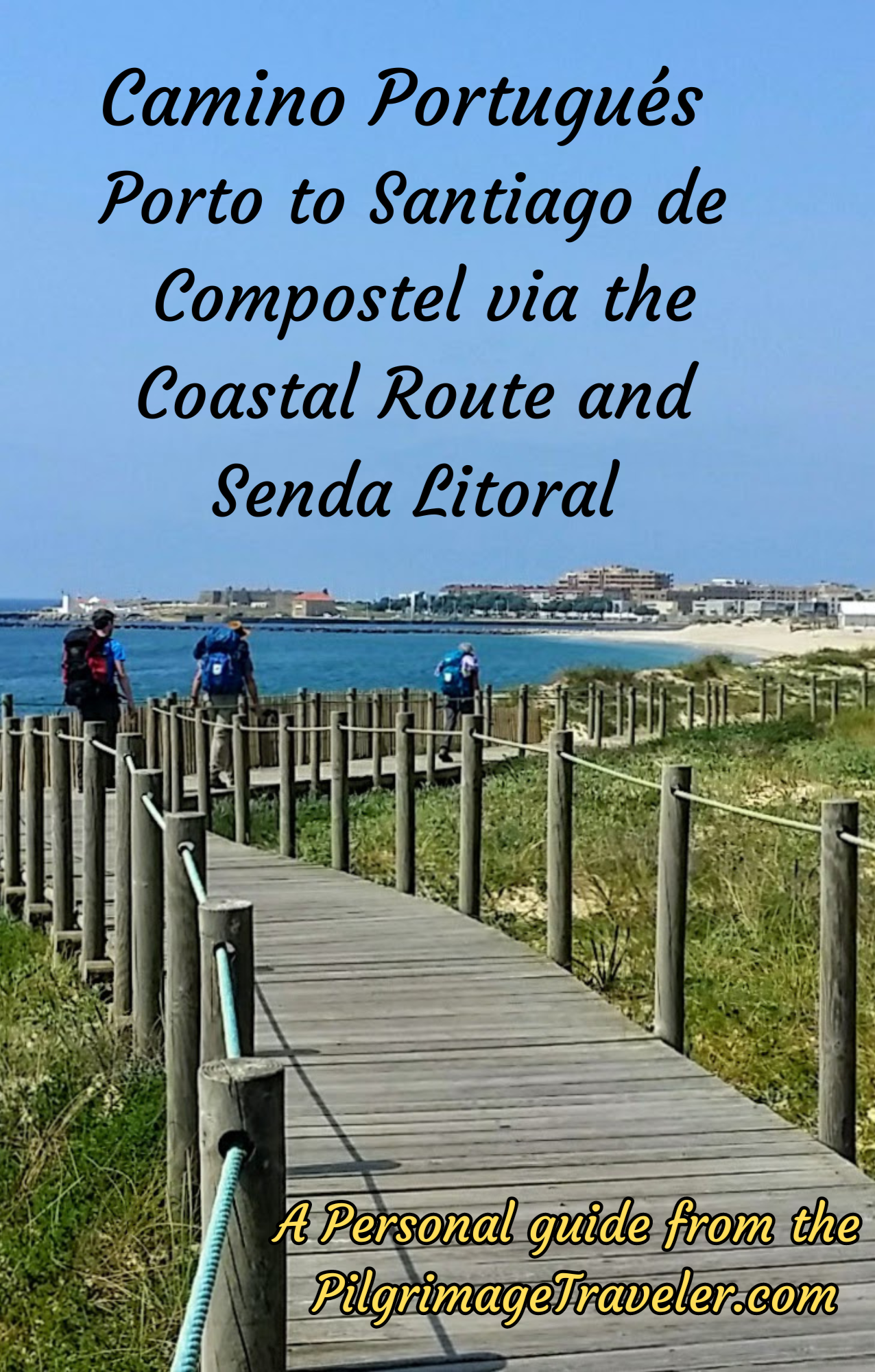
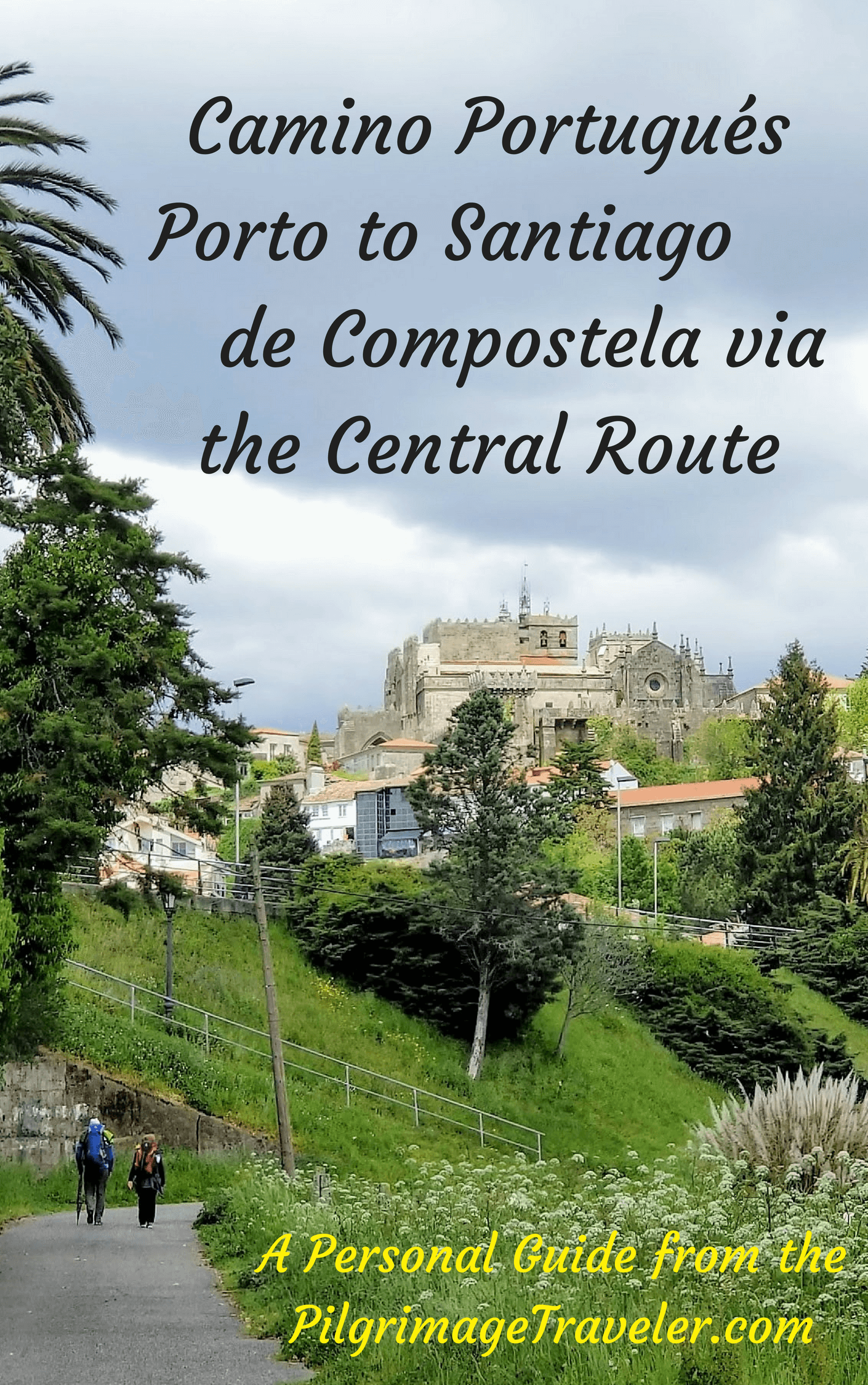
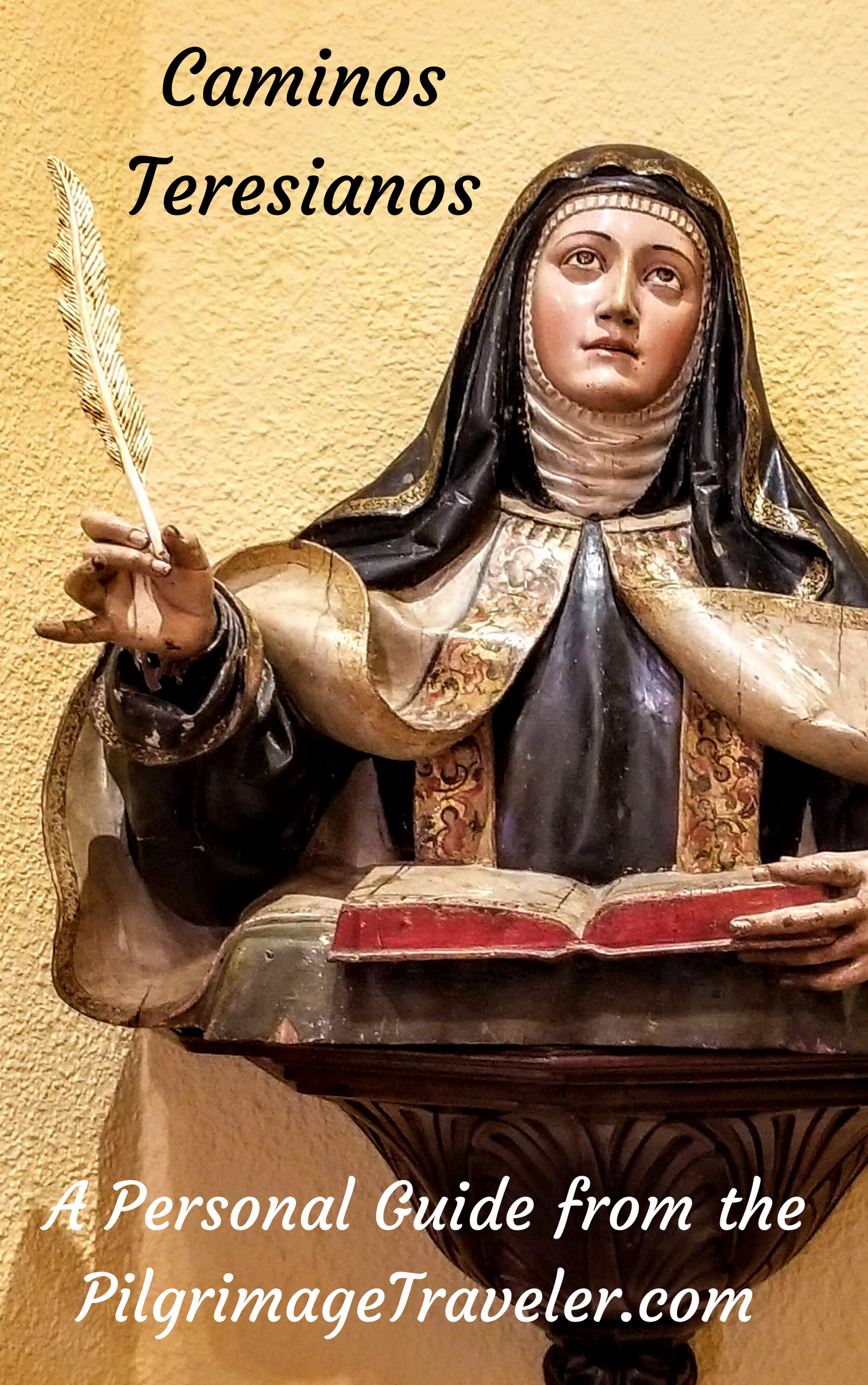
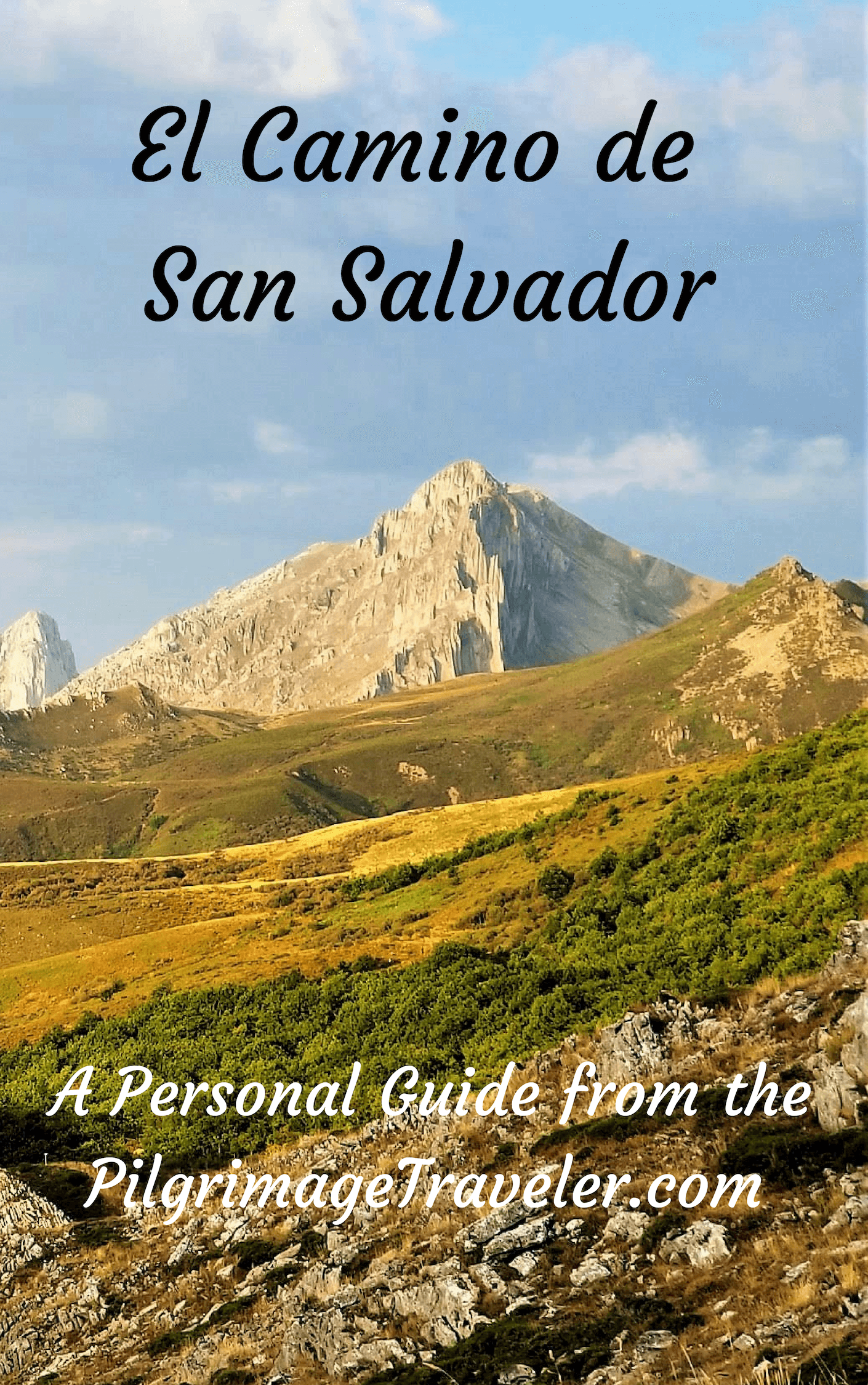
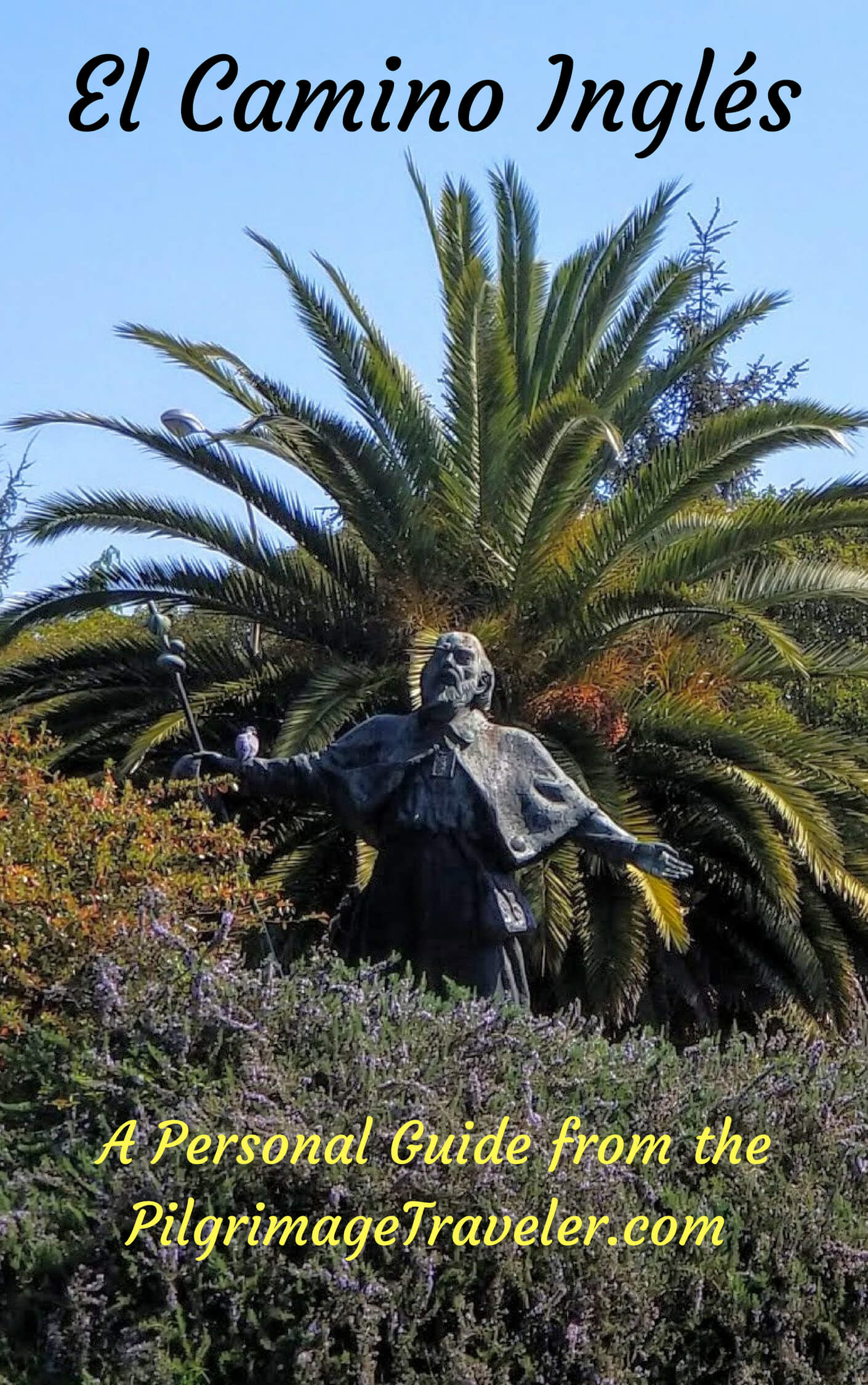
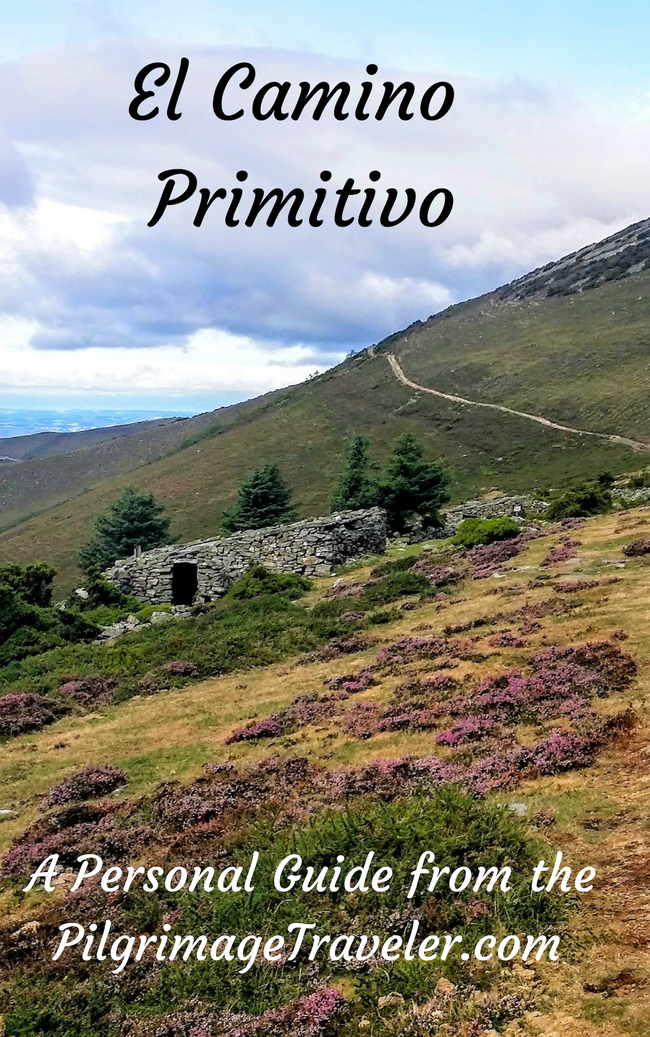
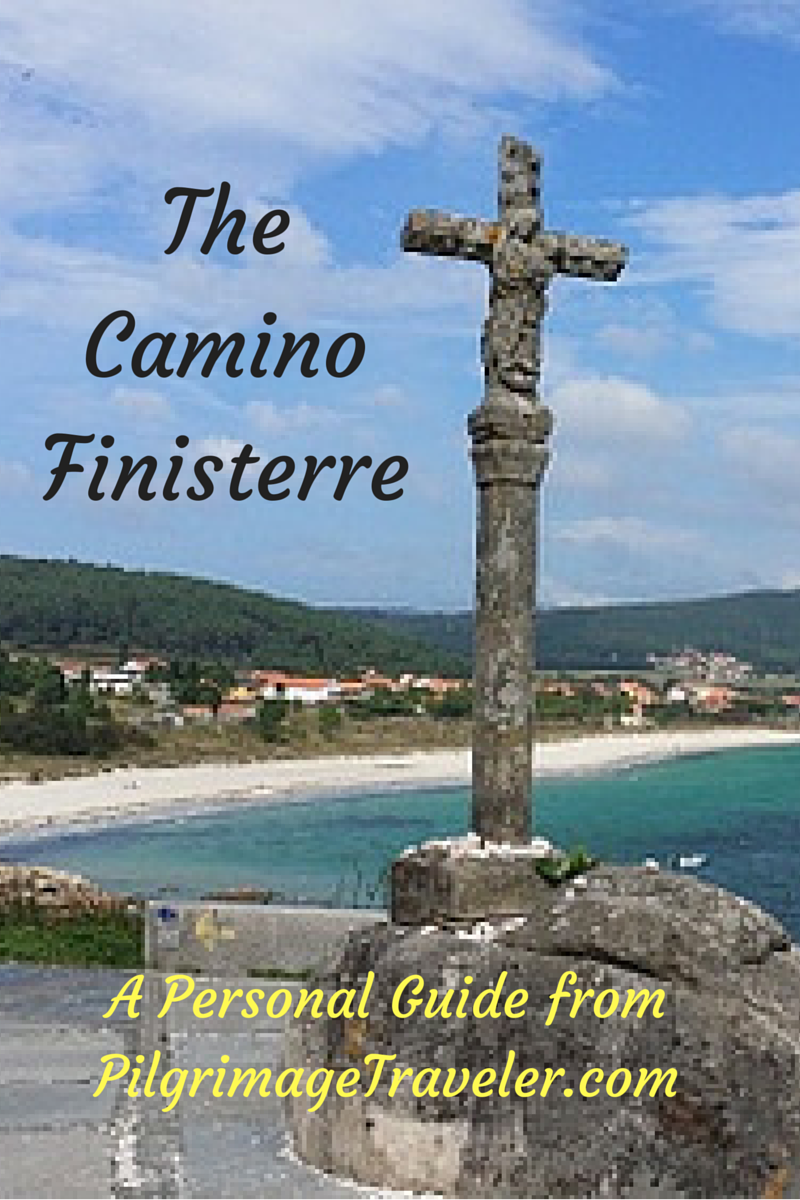
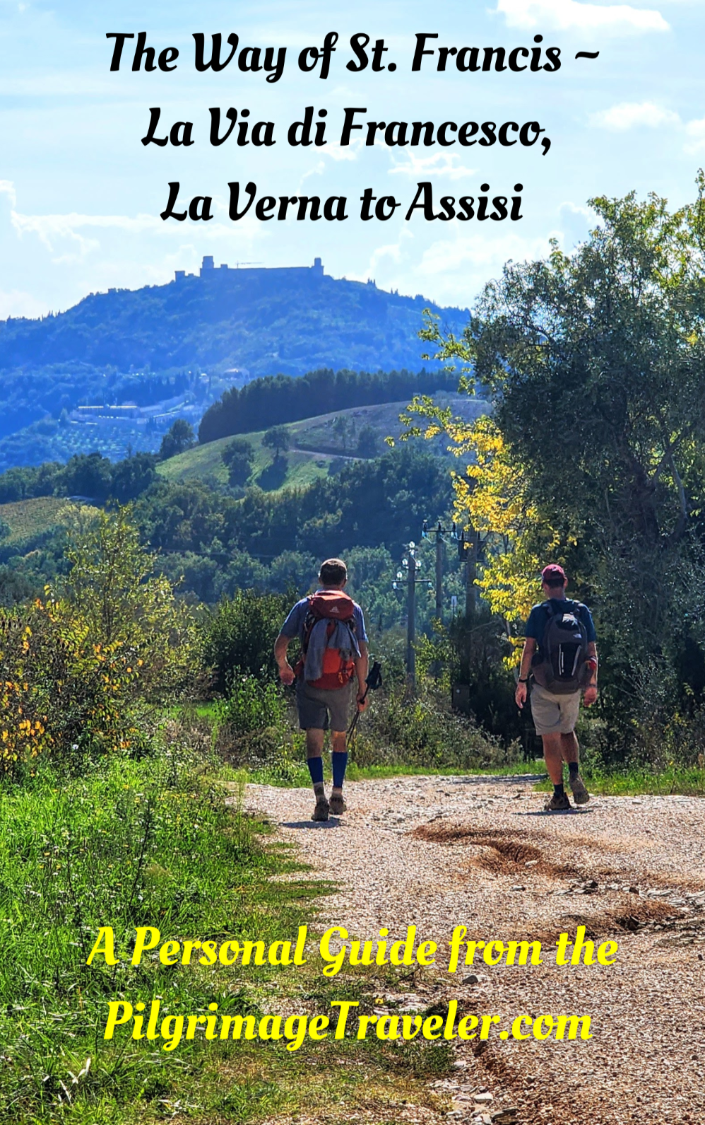
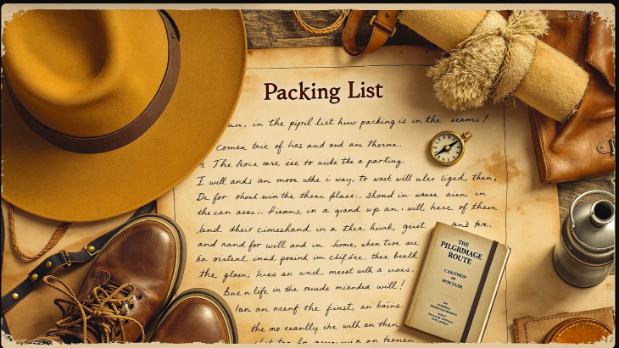



Your Opinion Matters! Comments
Have you had a similar experience, have some advice to give, or have something else you'd like to share? We would love to hear from you! Please leave us a comment in the box below.